

3 Days in Death Valley National Park: The Perfect Weekend Itinerary
Death Valley National Park is truly unlike any other place. For starters, it’s the largest national park in the continental US. It’s also home to the lowest point in the contiguous US.
Death Valley, as the name might suggest, is rather hot and dry, as well. In fact, it’s the driest location in the US. It also holds the record as the hottest place on Earth, thanks to one sweltering day in 1913 when temperatures reached 134 degrees Fahrenheit. But that day isn’t that much of an outlier. Temperatures often top 120 degrees in the summer.
Planning a weekend trip to Death Valley? We’ve put together a 3-day Death Valley itinerary that will help you see the best landmarks around the national park, from multicolored mountains to colossal canyons. Stick to this Death Valley itinerary, and you’re bound to have an incredible time in this one-of-a-kind place!
One quick note before we dive in: This itinerary excludes Scotty’s Castle , a beautiful villa located in the Grapevine Mountains that’s a famous landmark in Death Valley. Due to massive floods, Scotty’s Castle was closed in 2015. Although it’s worth a visit, as of the time of writing, it remains closed, and it’s unknown when it will reopen.
If you’re still deciding where to stay then make sure to check out our article on the best hotels near Death Valley National Park !
Disclaimer: This post may contain affiliate links. If you make a purchase or booking through one of our links we may earn a small commission (don’t worry, it’s at no extra cost to you).
How to Spend a Weekend in Death Valley National Park
When to visit death valley.
If you’re planning on visiting Death Valley, you should be careful about the time of year you plan your trip. Summer is generally too hot to hike. You’ll find heat advisories along several trails. However, summer typically starts in May, not June, here. And summer lasts into September.
Early-to-mid spring is one of the best times to visit, but you will have to contend with high crowd levels, which may make finding accommodations challenging. If you plan on camping, in particular, you’ll need to book your campsite far in advance.
Mid-October through Mid-April is the most ideal time to go if you want to avoid high temperatures that can prevent you from seeing all that Death Valley has to offer. Visiting in the winter months can actually mean chilly weather, as well as some rain and flooding. You’ll also find snow at higher elevations.
Getting Around Death Valley
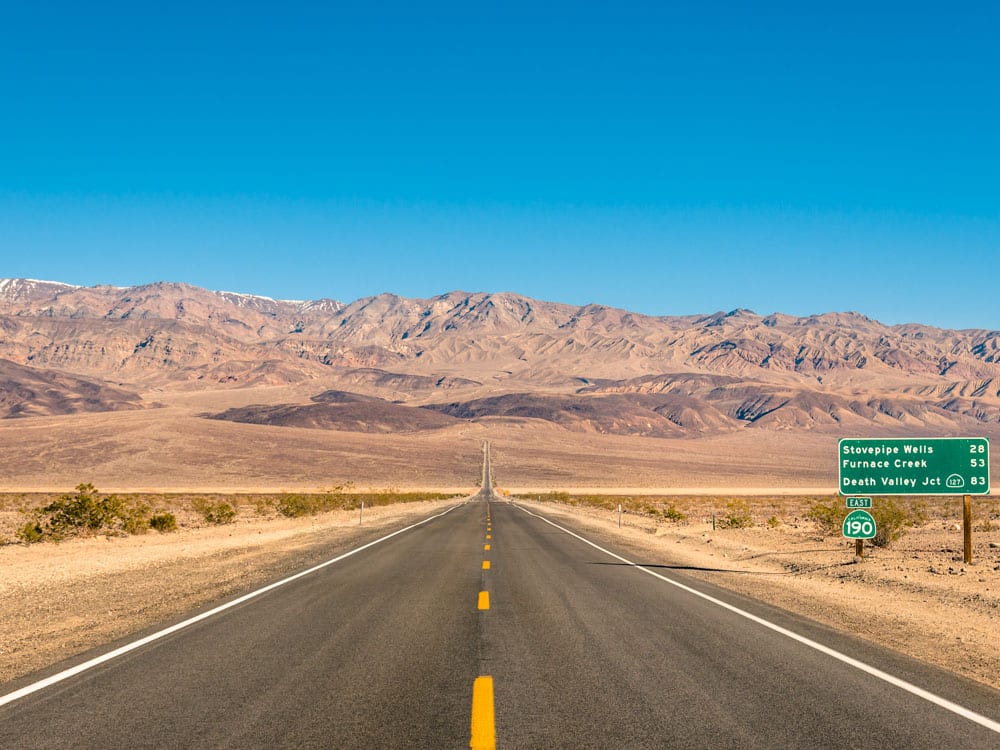
If you are planning on visiting Death Valley National Park, you will absolutely need a car. The only way to avoid having a car is by taking a tour. But if you want to be in control of your weekend in Death Valley, a car is necessary. Death Valley covers over 3 million acres. It’s neither possible nor safe to expect to explore Death Valley only on foot.
While biking around Death Valley is more doable, Death Valley can and often does reach over 100 degrees, even in the spring. So you’ll be grateful for being able to duck inside your car when it gets too hot and get a nice cool blast of air-conditioning.
If you’re renting a car, get one with four-wheel drive, as some areas, like Saline Valley, are only accessible by driving with four-wheel drive. If you have a car without four-wheel drive, you can head to Furnace Creek to pick up a Jeep from Farabee Jeep Rentals .
The other reason you’ll need a car if you’re not traveling with a tour company is the fact that getting to Death Valley from any airport requires driving. There is no public transportation that will take you from any airport to Death Valley.
If you’re flying into Death Valley, you’ll likely want to land at Harry Reid International Airport in Las Vegas. This airport will place you about two and a half hours from Death Valley’s east entrance. You can also choose to fly into California instead and land at Ontario International Airport, but that will put you about four and a half hours away.
However, if you want to add a stop at Mount Whitney to your Death Valley itinerary, flying into Ontario International Airport makes the most sense. Stopping at Mount Whitney, if you have the time during your trip, is particularly cool because you then get to say that you’ve seen the tallest point in the contiguous US and the lowest point, Death Valley’s Badwater Basin, on one trip!
From Mount Whitney, you can then continue on to the west entrance of Death Valley. There, you’ll start your weekend in Death Valley.
Death Valley Itinerary – Day 1
Before we dive into our Death Valley itinerary, we need to talk about the food situation. There are some restaurants in Death Valley, but they have limited hours.
You’re likely going to want to get early starts during your 3 days in Death Valley, which may mean that the restaurants will not yet be open for breakfast. To get the most out of Death Valley, it can be beneficial to start before sunrise, so you may not be able to rely on local restaurants to fuel you up before your hiking adventures.
Expect to make several of your own meals. It’s best to pack your own groceries before the trip, but if you didn’t shop before you entered Death Valley, there are several general stores you can stop at, like the general store located near the Ranch at Death Valley or the Stovepipe Wells General Store.
And no matter when you visit Death Valley, you’ll need plenty of water to get through the day. Always pack more than you think you’ll need because it gets hotter than you might imagine.
Dante’s View
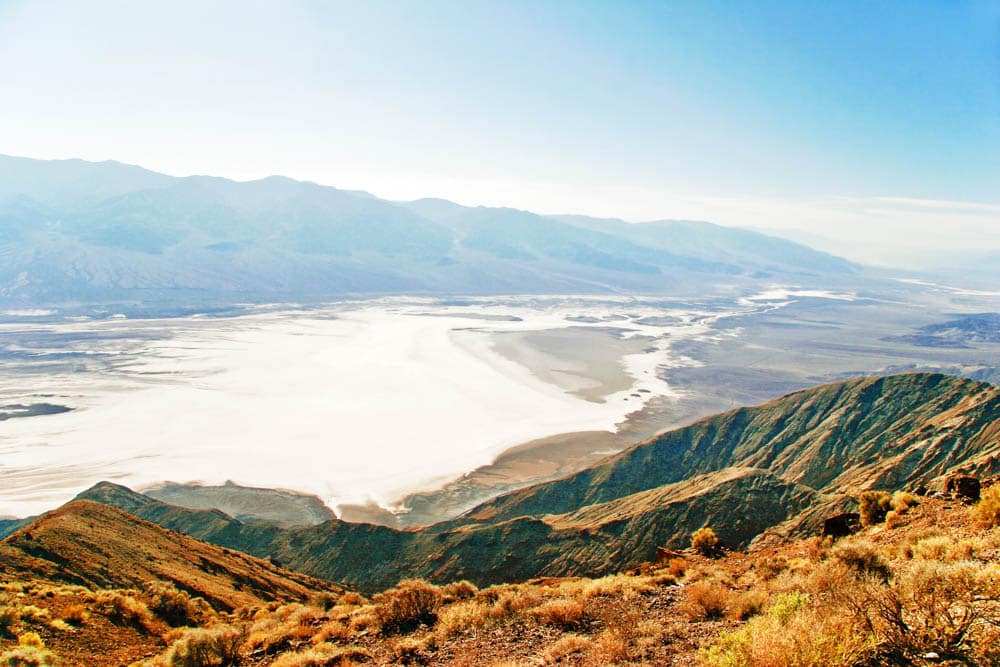
To start your first day in Death Valley, begin at Dante’s View . Ideally, you want to aim to be at the top about 30 minutes before sunrise. The out-and-back trail runs about a mile, making for a not-too-challenging hike for most experienced hikers.
Known for being one of the best views in Death Valley, Dante’s View is especially photogenic at sunrise or sunset. It’s also a great spot for stargazing. But just before dawn, you see the sky and mountains illuminated in technicolor, with splashes of pinks, purples, and blues beyond the horizon.
Artists Drive
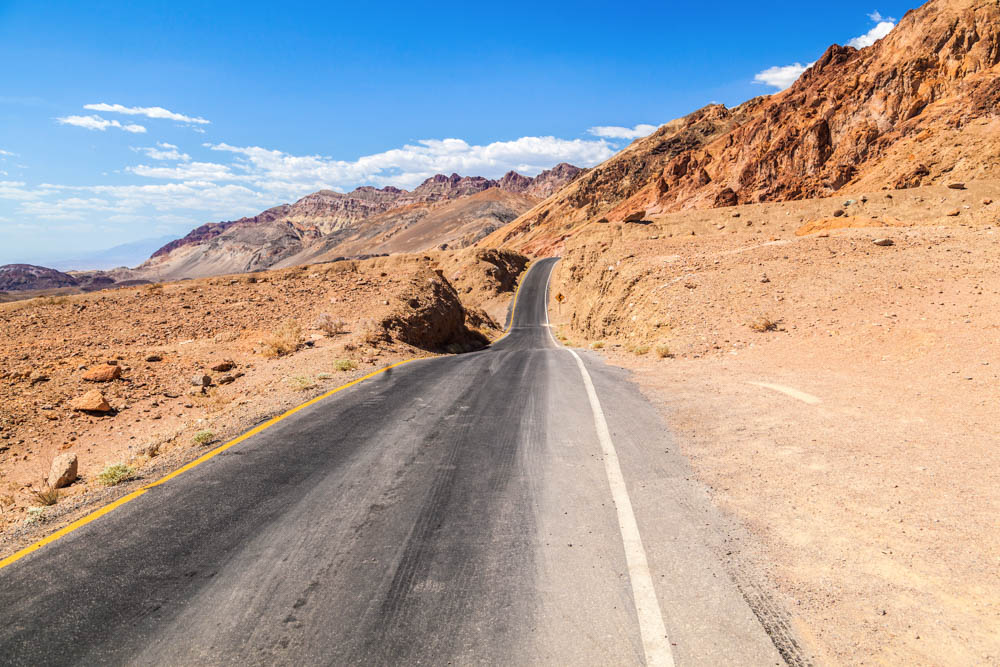
For your next stop, you’re going to see even more color. One of the most scenic drives in Death Valley is Artists Drive . This 9-mile, one-way trail takes you through multicolored hills that were formed by volcanic deposits.
It’s here that you’ll find Artists Palette , a stunning stretch of Artists Drive where the hills have turned red, orange, yellow, blue, pink, and green – all naturally. Although you’ll see these colors throughout Artists Drive, Artists Palette is the biggest highlight of the trip.
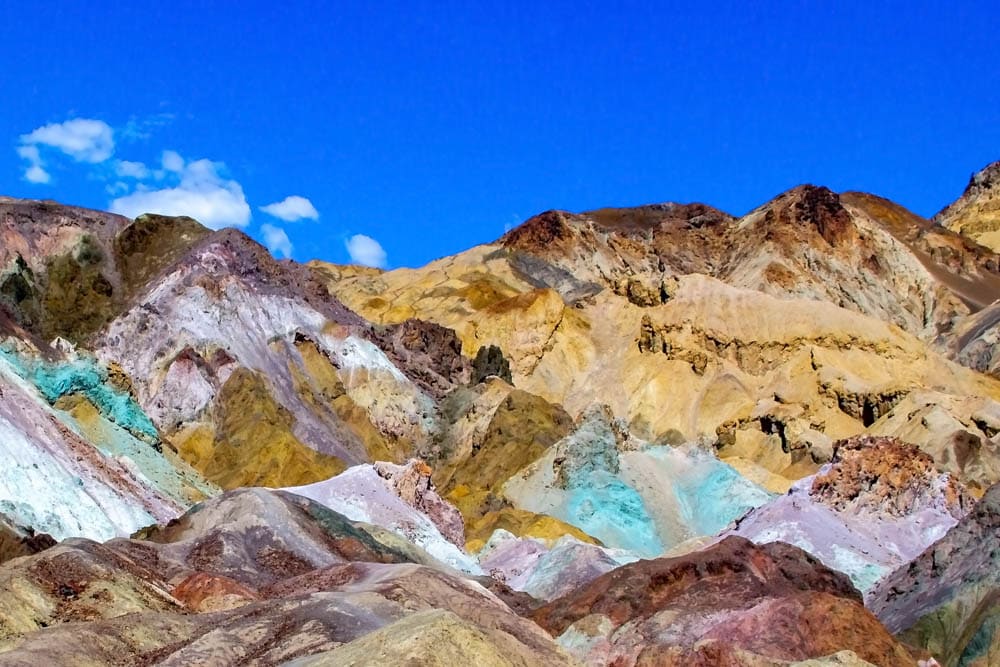
Next up, it’s time to take a little break from the sun. Grab a quick lunch at a general store or stop by one of the restaurants in Death Valley if you’re looking to sit for a bit. There are a couple of restaurant options near the Ranch at Death Valley, located in the Oasis at Death Valley complex.
But because these restaurants are rather overpriced for what they serve, we don’t necessarily recommend stopping in here. You’re better off picking up food from the general store. However, the old-fashioned ice cream parlor in the same complex is definitely worth a stop!
Devils Golf Course
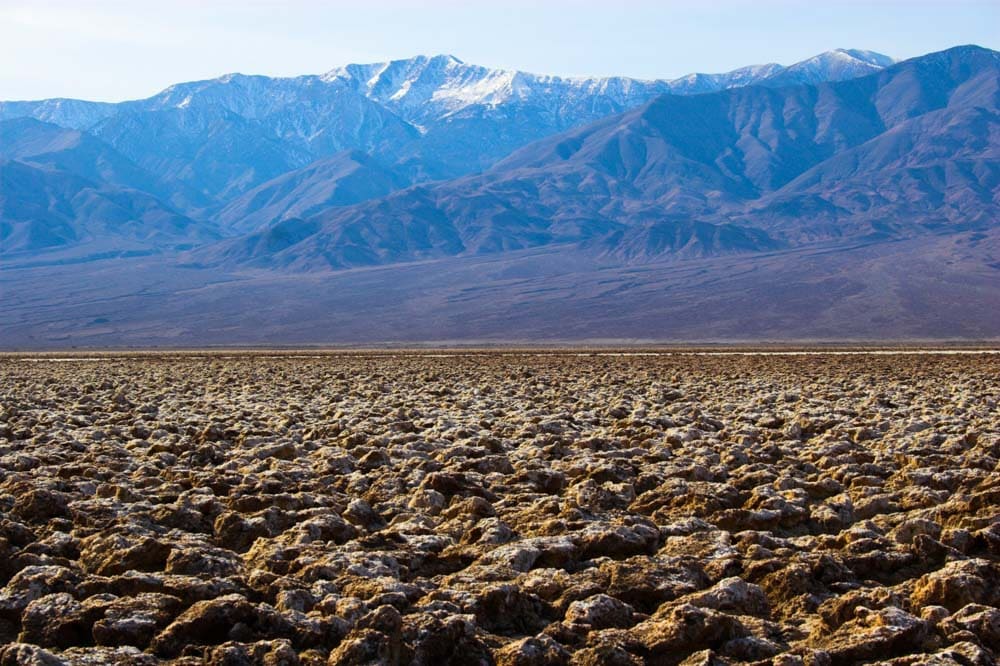
After you’ve refueled and taken a break from the sun, your next stop is Devils Golf Course . Requiring a generally easy 2.6-mile, out-and-back walk, Devils Golf Course is not actually, as the name suggests, a difficult golf course in the middle of Death Valley. It’s a massive area of rock salt that’s been eroded by wind and rain into jagged shapes.
The “golf course” took its name from a 1934 National Park Service guidebook that claimed, “only the devil could play golf on such rough links.” While you’re there, listen closely for tiny popping sounds. It’s the sound of billions of small salt crystals bursting apart from the heat!
Badwater Basin
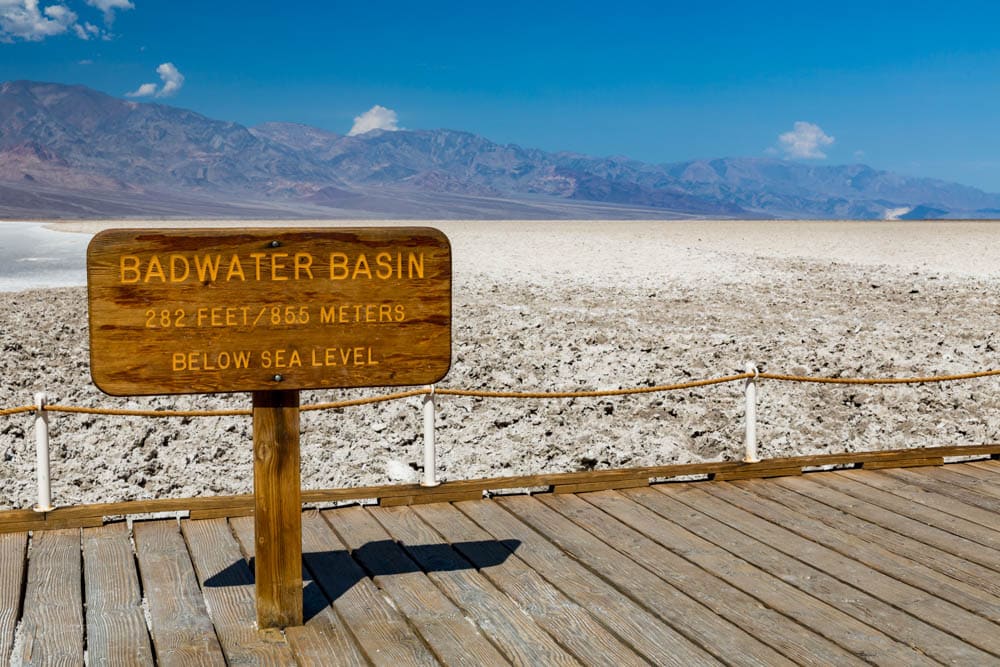
From there, head to Badwater Basin , the lowest point in the continental US, standing at 282 feet below sea level. What was once an ancient lake is now an expanse of salt flats covering nearly 200 square miles.
Badwater Basin is a rather surreal place to visit, and it also seems like a bit of a miraculous one, at that. It feels like it should be devoid of life, but many organisms call it home.
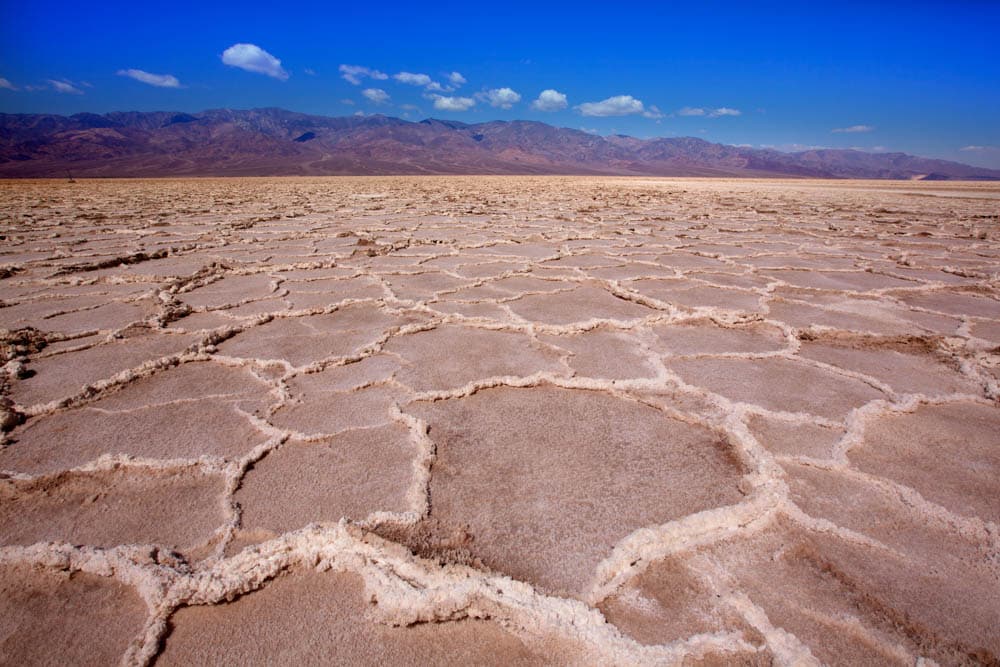
From the parking lot off Badwater Road, you’ll find a boardwalk. The view from the parking lot alone is rather stunning, but the best way to see Badwater Basin is by taking the boardwalk. Requiring about a 2-mile round-trip walk, you’ll be able to get out to the salt flats and see the Black Mountains beyond.
Badwater Basin is also one of the hottest points in Death Valley. You may want to try to time going here around sunset. If you’re arriving in the summer, which is not recommended, do not attempt to hike here after 10 am.
After you’ve seen Badwater, it’s time to grab some dinner. Most likely, you’re going to want to make your own meal, as any restaurants are a bit of a drive from here. That is unless you’re staying in a hotel with its own restaurant, like the Inn at Death Valley .
Book a Night at the Inn at Death Valley
Death Valley Itinerary – Day 2
Zabriskie point.
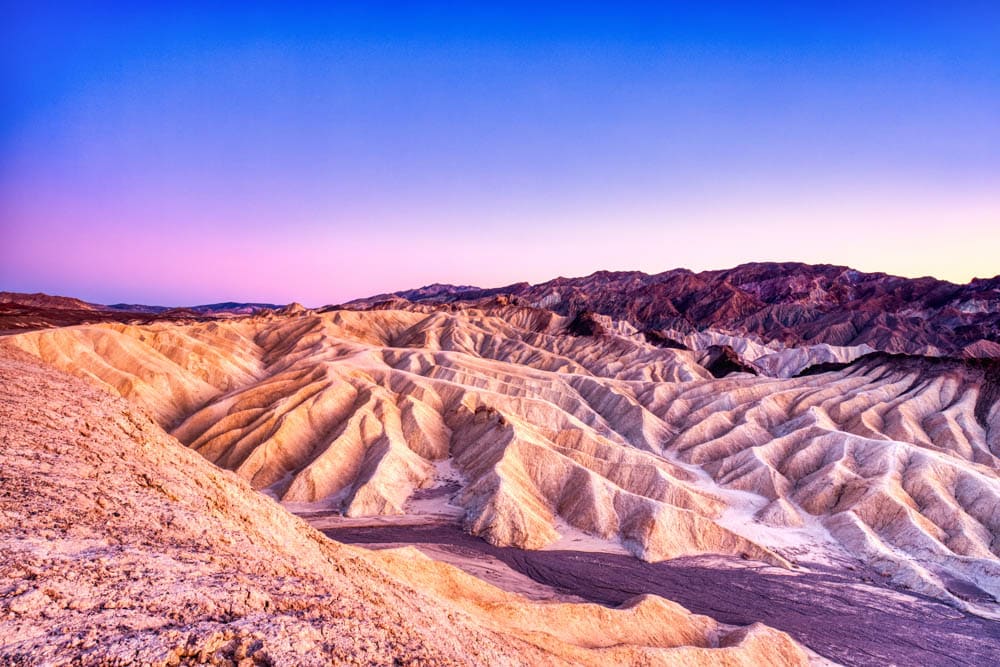
For the second day of your 3 days in Death Valley, you’re going to again want to get an early start. Your first stop is Zabriskie Point , which offers one of the best views in Death Valley, especially at sunrise.
After you fuel up with breakfast at your hotel or campsite, head over to this scenic point. From the parking lot, it’s only a quarter-mile walk up a hill to reach the best viewpoint, making this an easy trek for most hikers.
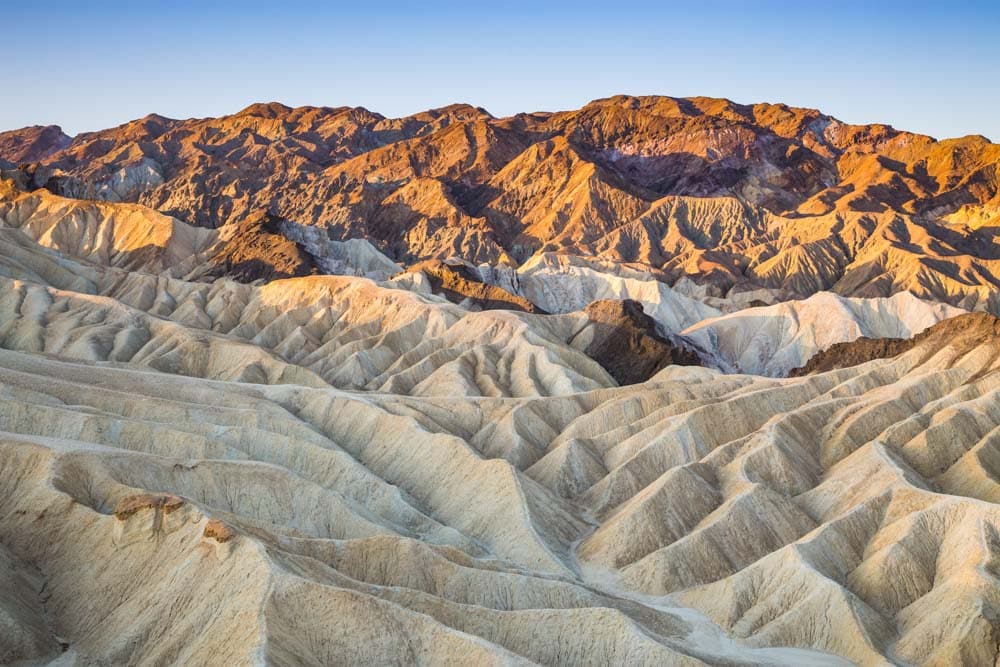
Head back to the parking lot if you want to take the Badlands Loop Trail . This 2.7-mile trail offers incredible views as you explore Zabriskie Point and Gower Gulch.
Golden Canyon
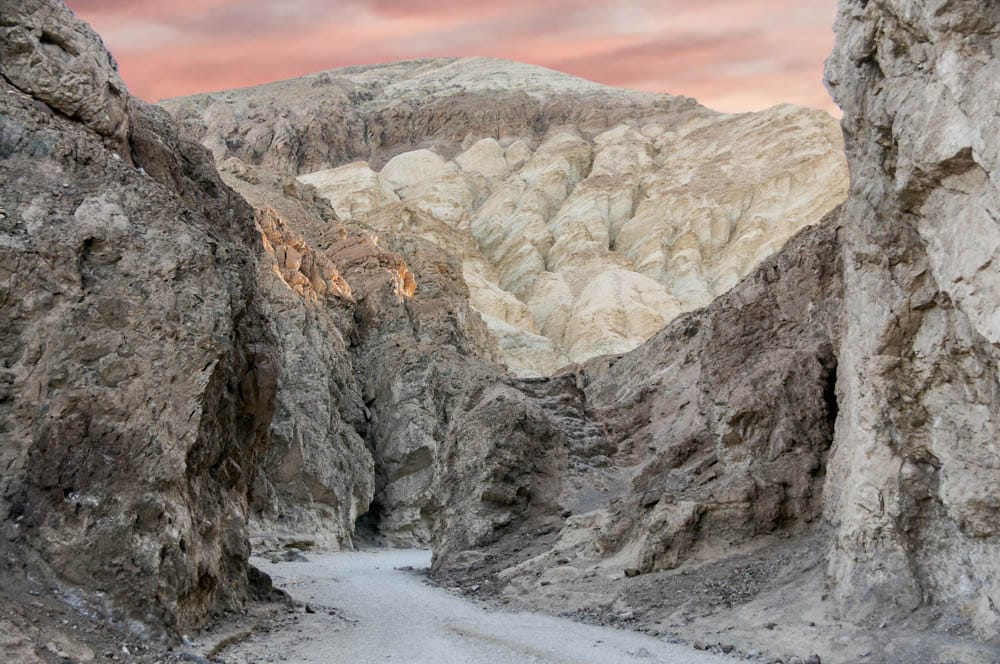
Your next stop is the Golden Canyon, which offers a trail out to the stunning Red Cathedral. This out-and-back trail runs for about 3 miles.
If you’re up for a more strenuous hike, you can combine these destinations in either the Gower Gulch Loop or the Complete Circuit, which both start at the Golden Canyon. For the Gower Gulch Loop, you’ll be taking a 4.3-mile loop, though you’ll want to add on an additional mile to reach the Red Cathedral. Throughout this loop, you’ll traverse the Golden Canyon and make your way through the badlands toward Gower Gulch.
During the Complete Circuit, which is a 7.8-mile loop, you’ll go from the Golden Canyon to the Red Cathedral to Zabriskie Point to Gower Gulch back down to the valley. Save for the Complete Circuit, which is considered a strenuous hike, all of these trails are labeled as moderate. Still, some minor rock scrambling is required, even during the moderate hikes.
Because of the length of these routes, you’ll likely want to eat lunch on the go today. Pack your lunch in advance and take a break when you’re ready.
Head back to your campsite or hotel room to have dinner, or make the trek over to Stovepipe Wells to visit Toll Road Restaurant & Badwater Saloon . Although there aren’t many dining options in Death Valley, of those available, this one tops the list. With classic American comfort food in a cozy rustic setting, you’ll find yourself right at home at this friendly and quaint restaurant.
Mesquite Flat Sand Dunes
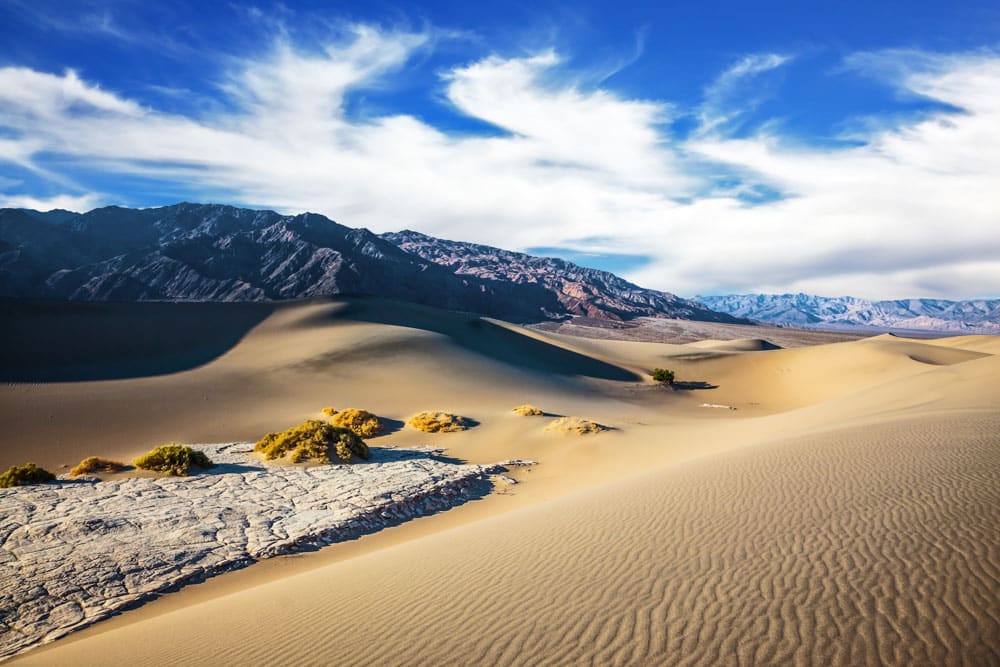
To finish out your day, you should head to the Mesquite Flat Sand Dunes, which is just nearby Stovepipe Wells. So named for the mesquite trees that grow in abundance here, the sand dunes offer stunning views of the mountains surrounding them. If you’re traveling with a photographer, they’re bound to want to set up shop here for a while.
There are no actual trails at the dunes, so you can walk out as long as you’d like. But remember to look out for the animals that call this area home, which can include sidewinder rattlesnakes.
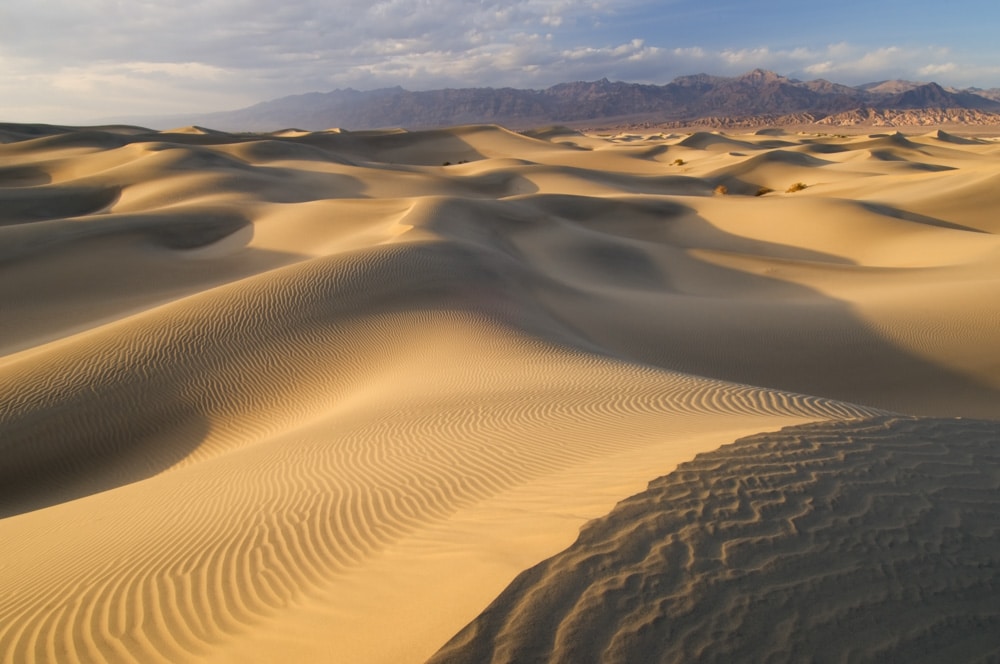
Stick around after sunset, as this spot is one of the best in the park to do some stargazing. Death Valley is famous for its dark night skies. Look for constellations, get some nighttime shots, and enjoy the peaceful night air in Death Valley. It’s one of the best ways to end the second day of your weekend in Death Valley.
Death Valley Itinerary – Day 3
Mosaic canyon.
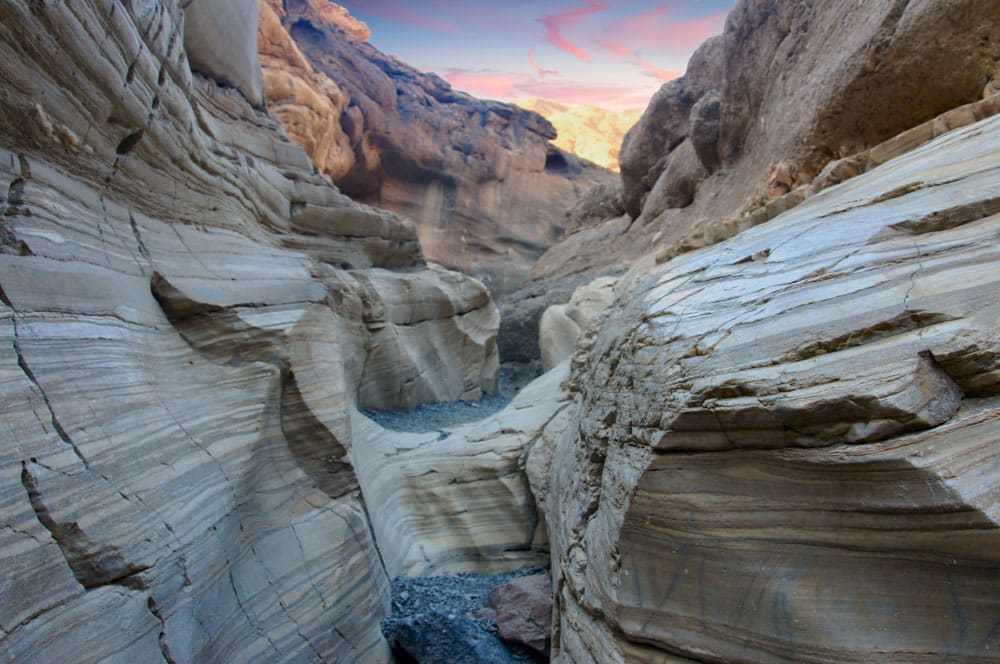
For the last day of your 3 days in Death Valley, after breakfast at your hotel or campground, you’re off to another colorful canyon, Mosaic Canyon . You’ll take a 3.4-mile, out-and-back trail through the canyon.
While there, you’ll see how it got its name. It’s known for its Mosaic Breccia, which is the Italian word for “fragments.” This formation, composed of many different kinds of parent rock, can be seen on the canyon floor just south of the parking lot. Throughout the canyon, you’ll find many different types of rocks creating “mosaics.”
After Mosaic Canyon, grab lunch at the Toll Road Restaurant at Stovepipe Wells. Or you can always pack a lunch ahead of time and eat it on the go.
Darwin Falls
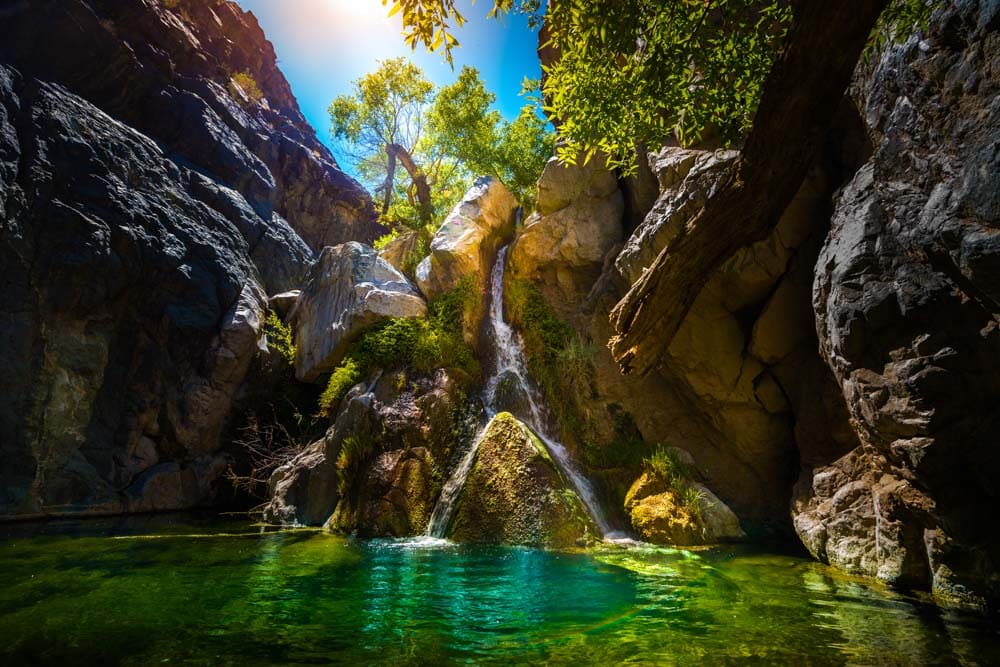
For your next adventure, you’ll be taking one of the most beloved trails in Death Valley, though it’s not technically a marked trail at all. You’ll be heading out to Darwin Falls , which requires a two-mile, out-and-back walk.
You might not think that a waterfall belongs in Death Valley, but Darwin Falls exists all year round. The spring-fed waterfall allows for lush vegetation, which is hard to find in this national park. If you visit in the spring, you’ll be delighted to see all the beautiful wildflowers along this trail.
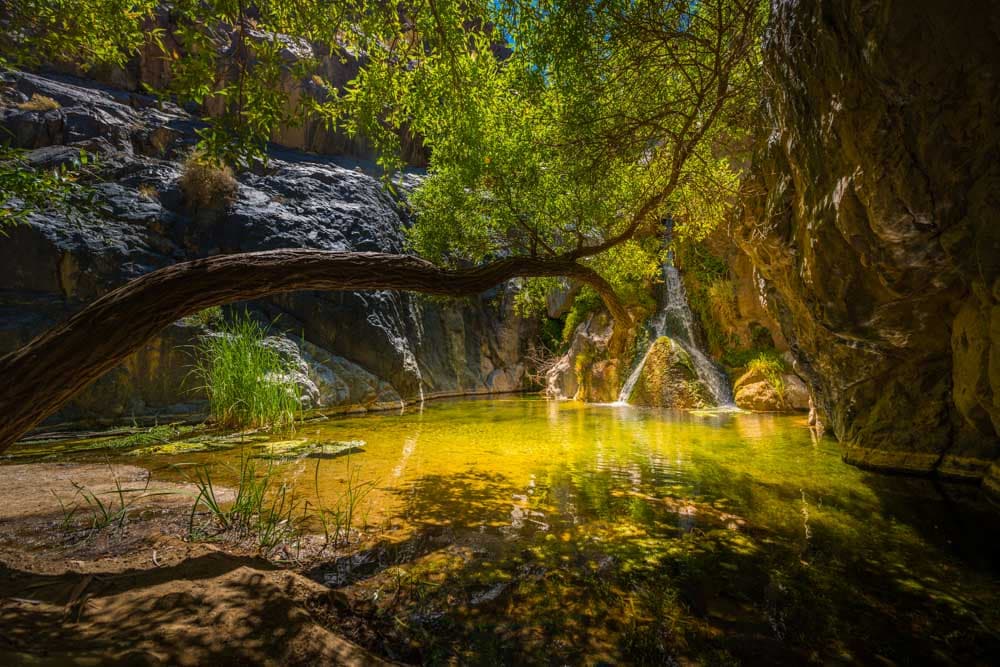
However, this trail can be particularly hot in the summer. It’s not recommended to attempt to hike this trail after 10 am in the summer months.
And although you’re heading toward water, you can’t actually use it to cool down. The stream the falls feed into is a drinking source for the Panamint Springs Resort. The trail, as it’s technically unmarked, does require some hiking experience. Although much of it is flat, you will have to cross streams and potentially scramble over some rocks.
Father Crowley Vista Point
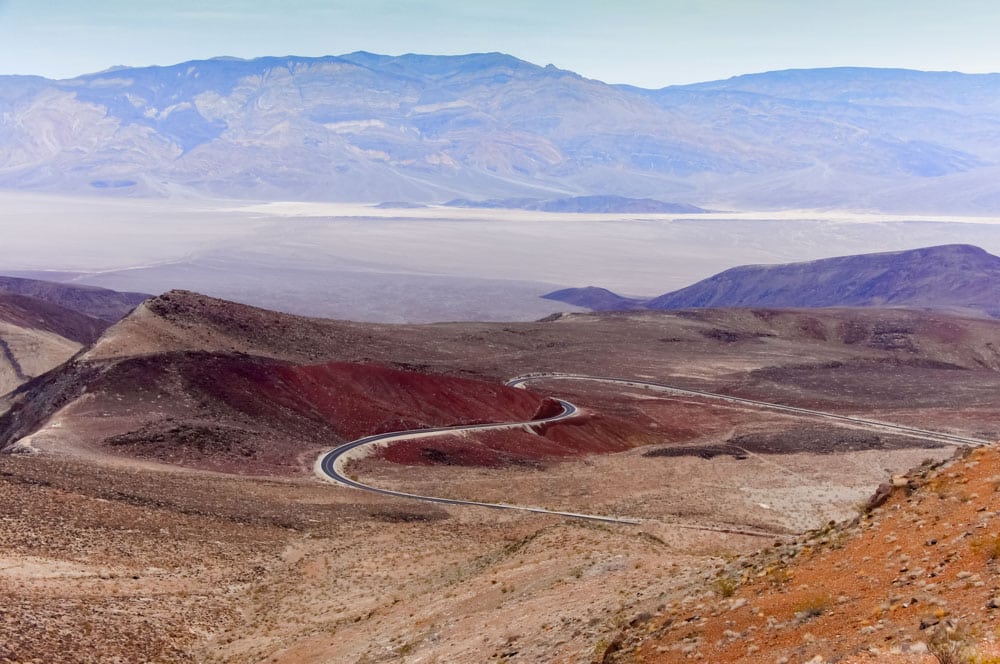
After Darwin Falls, take a short detour over to Father Crowley Vista Point , which offers incredible views of Rainbow Canyon, a colorful canyon created by ancient volcanic activity. It’s been a favorite stopping point for visitors since before Death Valley National Park was even created and would be named for one of its many visitors, Father John J. Crowley, also known as the Desert Padre.
You’ll end your day right by Panamint Springs, so grab a bite to eat at the Panamint Springs Restaurant . It’s a great place for a good burger and a cold beer.
Take a Death Valley Day Trip
What to do if you have more than 3 days in Death Valley
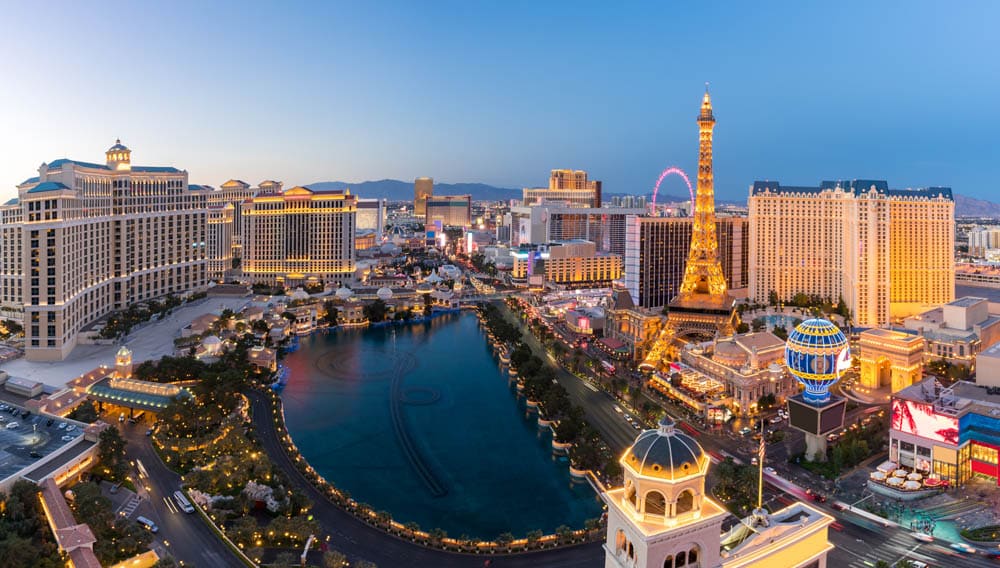
Plan a day trip to Las Vegas. If you’re arriving at the Harry Reid Airport in Las Vegas and have an extra day of vacation, spend some time exploring the city. There’s more to do than just the Strip , though the nighttime entertainment throughout the Strip is tons of fun, especially if you enjoy live shows. Book tickets to shows you really want to see in advance of your trip to ensure you can get seats.
Red Rock Canyon
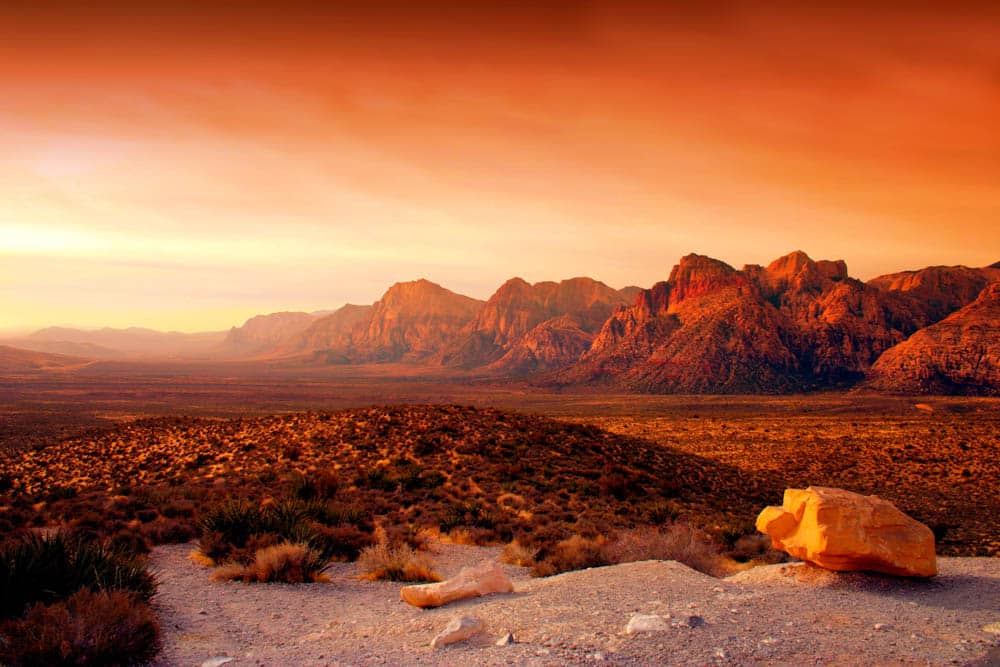
Explore Red Rock Canyon . If you’re coming to the eastern entrance of Death Valley, you can add Red Rock Canyon to your Death Valley itinerary. The canyon itself has much less to explore than Death Valley, but its stunning red rock canyon walls make for quite a sight and are worth a trip if you have extra time on your Death Valley vacation.
Mount Whitney
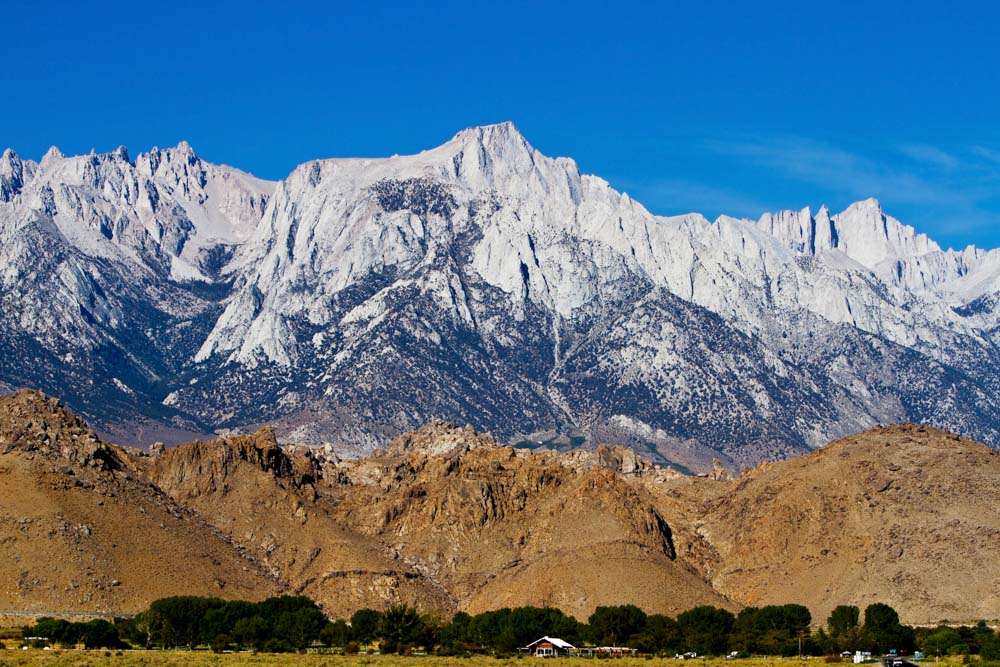
Hike around Mount Whitney . If you’re coming from the California side, take a little detour to see Mount Whitney, the tallest point in the continental US. It’s a great extension of the beautiful views you’ll see during your Death Valley trip.
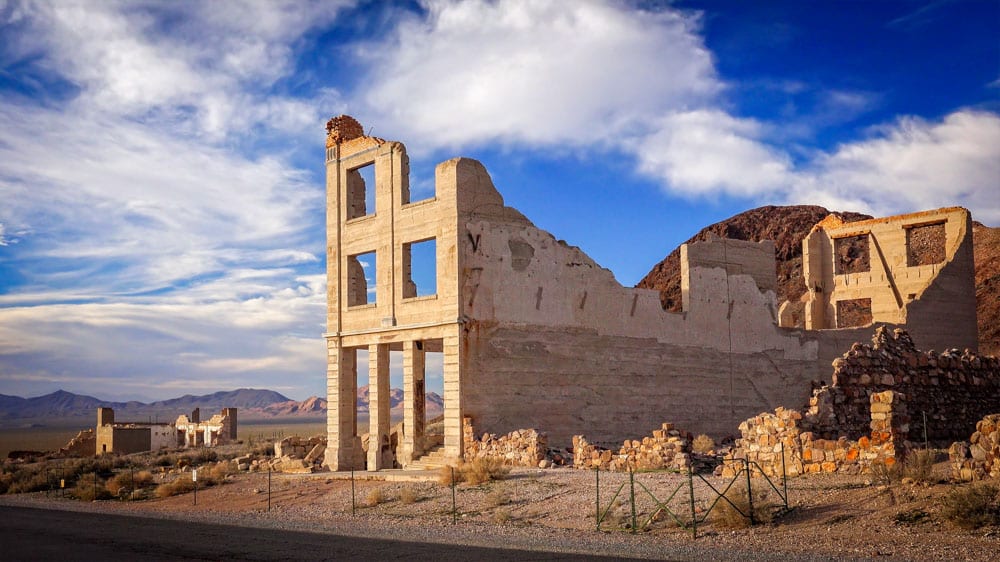
Tour Rhyolite . The ghost town of Rhyolite is just outside of Death Valley National Park, and it’s one of the best-preserved ghost towns in America. Explore the ruins of Rhyolite, whose heyday was rather short but still left behind a rich history.
Saline Valley Hot Springs
Visit the Saline Valley Hot Springs. Located in Death Valley National Park, these hot springs are truly a hidden gem, mainly because it’s a bit of a trek to get to them. But when you get there, you’ll be able to soak in soothing pools while taking in incredible views. However, you’re going to need a four-wheel drive vehicle. Even still, driving on the dirt roads to get there can take anywhere between two to four hours one-way.
We hope you enjoy your weekend trip to Death Valley! Should we add something else to our 3-day Death Valley itinerary? Let us know in the comments.
Planning a trip to California? Check out our favorite travel guides and resources!
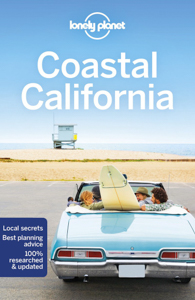
SHARE THIS ON PINTEREST
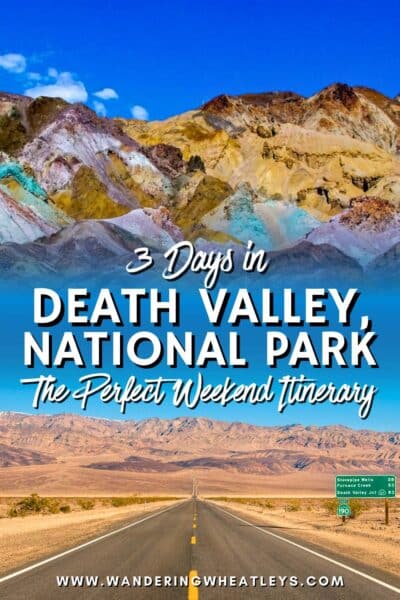
About the Author:
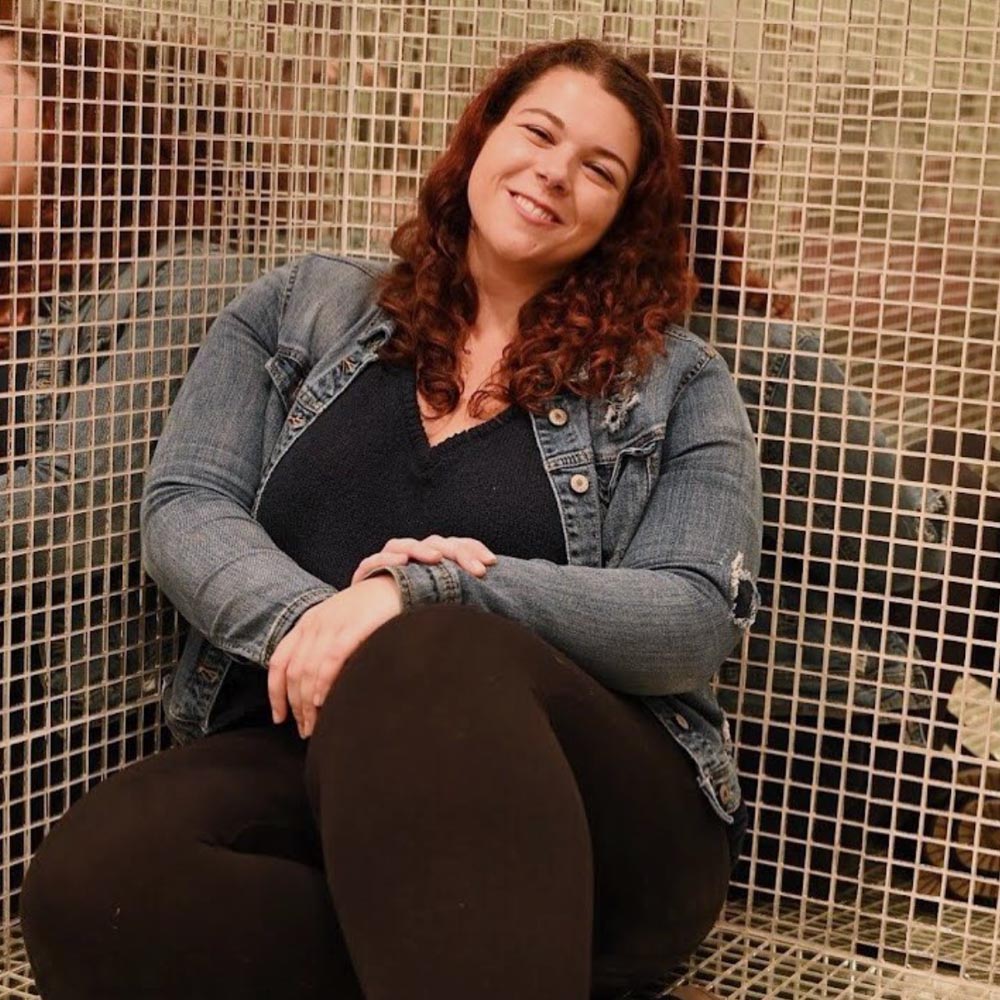
Jacqueline is a writer and editor pursuing the freelance life to explore the world. Born and raised in New Jersey, she spent her college years in Boston before settling down with her partner and puppy in Monterey, California. When she’s not writing, you can often find her planning her next trip. Road trips are her favorite, whether it’s driving across the country or simply exploring a new city in her own backyard. She loves uncovering the history of every new place she goes. Jacqueline has a restless passion for learning and makes it a goal to pick up a new skill every year. She’s picked up embroidery, crocheting, knitting, and cross-stitching, but she’s hoping to master more languages to help her in her travels. She’s also a published author, with short stories and poetry appearing in several anthologies.
View all posts
Related Posts
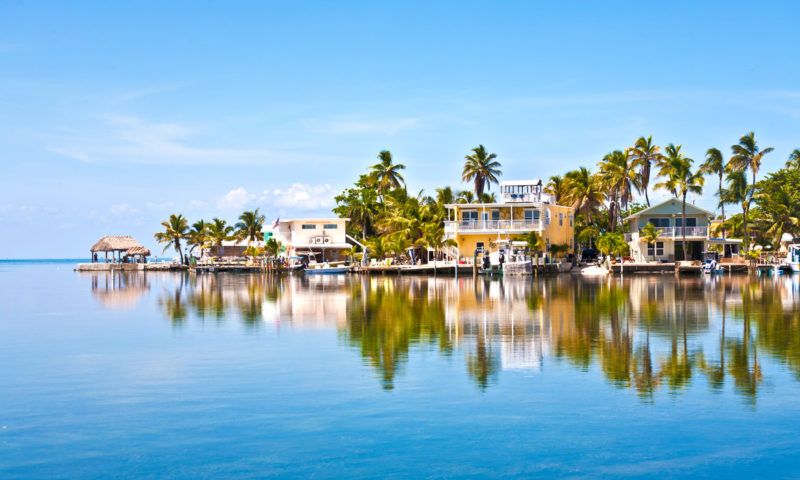
12 Cool Boutique Hotels in the Florida Keys
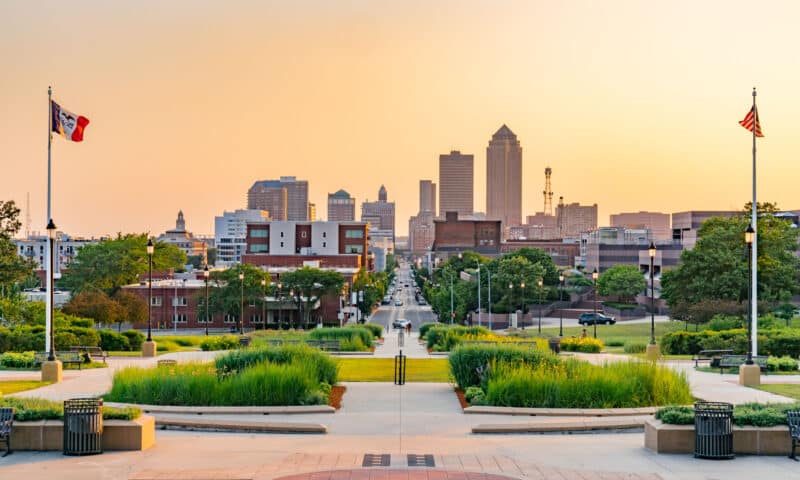
The 25 Best Things to do in Iowa
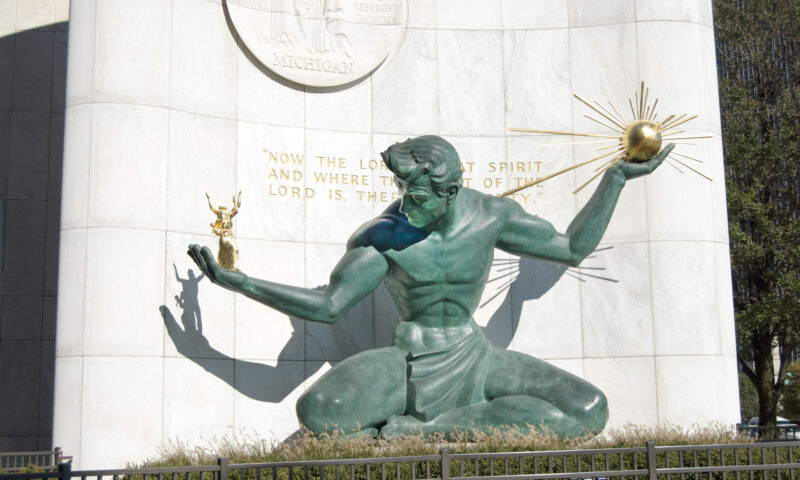
The 15 Best Things to Do in Detroit, Michigan
Leave a comment cancel reply.
Your email address will not be published. Required fields are marked *

Ultimate 3-Day Death Valley National Park Itinerary
Sand dunes, craters, slot canyons & wildflowers. Experience the best of Death Valley National Park with this 3-day itinerary.
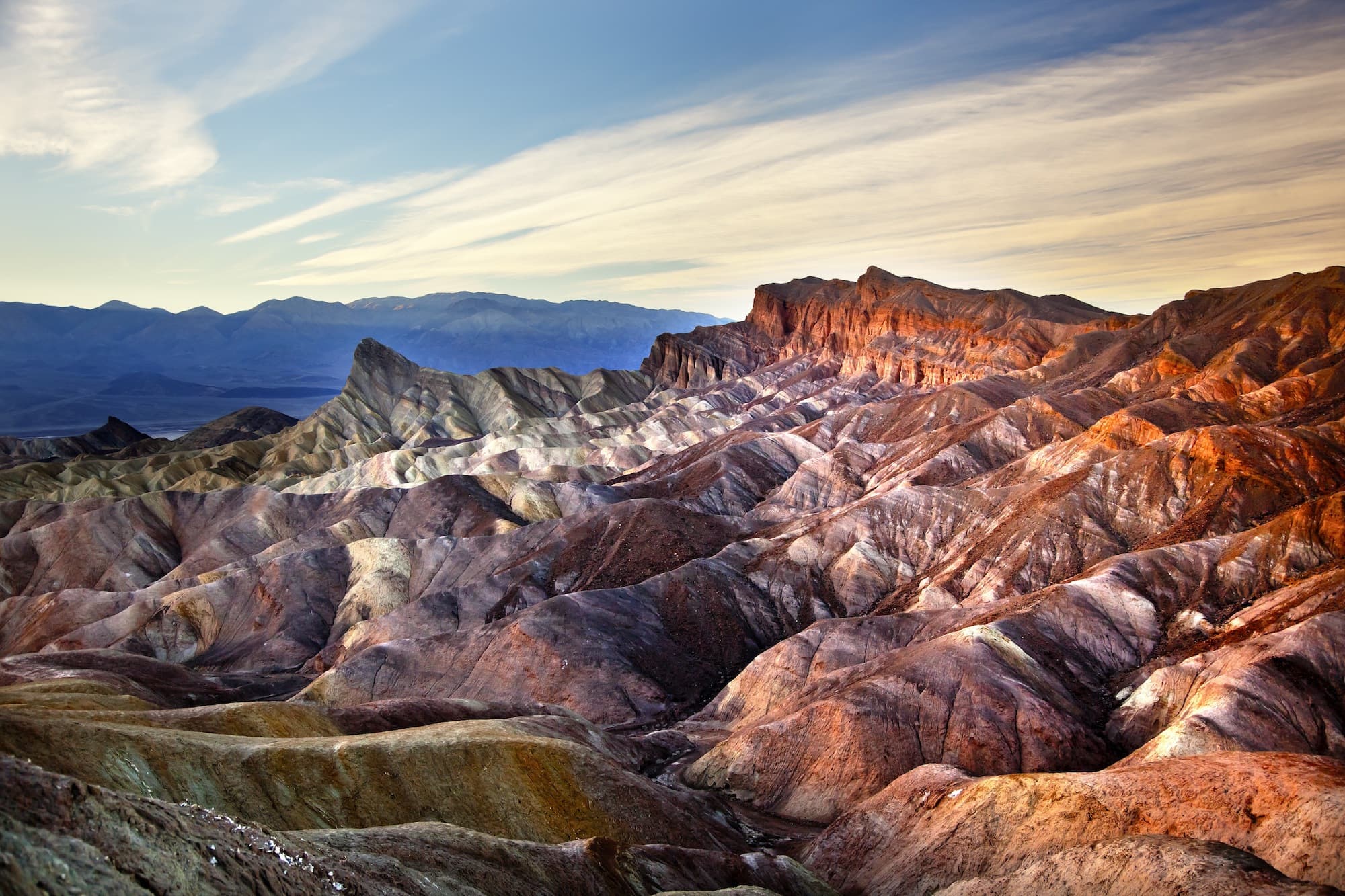
In this post, guest contributor Paul Martinez shares with us his full 3-day Death Valley Itinerary and helpful tips from his trip so you can experience the best that Death Valley has to offer.
At 134°F, Death Valley holds the record for the hottest air temperature ever recorded, so it’s no wonder why they call it “Death Valley”. Situated east of the Sierra Nevada and in-between the Great Basin and Mojave deserts, this is truly a land of extremes. In fact, Death Valley is one of the most extreme environments on earth with an average rainfall of fewer than three inches, and some years actually receive none!
Despite its record droughts, however, a great diversity of life manages to survive in its valley. Wildflowers can be seen sprouting through the ground in the spring, hidden lush oases provide refuge for wildlife, and kangaroo rats don’t even need to drink water their entire lives!
Here is a complete 3-day Death Valley itinerary and tips on what you need to know for your visit so you can explore the best the park has to offer.
Important Reminder: As it goes in all of the destinations we share, please practice good trail etiquette and remember to Leave No Trace . This means packing out all of your garbage (including toilet paper) and following the established rules. In the desert, this also means learning how to protect cryptobiotic soil and how it has a huge impact on our ecosystems.
Death Valley Itinerary Logistics
Getting to death valley.
Death Valley National Park is only 2 hours from Las Vegas and 5 hours from Los Angeles. It is definitely worth the drive as it is the largest US National Park outside of Alaska. Death Valley also makes for a great week of exploring nearby Sequoia and Kings Canyon National Park , and Yosemite if you are willing to venture a bit further on your road trip.
Death Valley National Park is also less than 2 hours to Lone Pine, CA which is the portal to Mt. Whitney, the highest point in the lower 48 states. Are you up for an unforgettable “lowest to highest” vacation? Go from the lowest point in the lower 48 states, Death Valley’s Badwater Basin, to the highest point, Mt. Whitney.
Best Time To Visit Death Valley
Fall, winter, and spring are the best times to visit Death Valley with milder temperatures. Spring is the most popular time due to the wildflower blooms.
While the Furnace Creek Visitor Center is open year-round, summer can be miserably hot in the park. From May – September, Death Valley is often too hot for most visitors.
Read next: Best National Parks to Visit in Spring
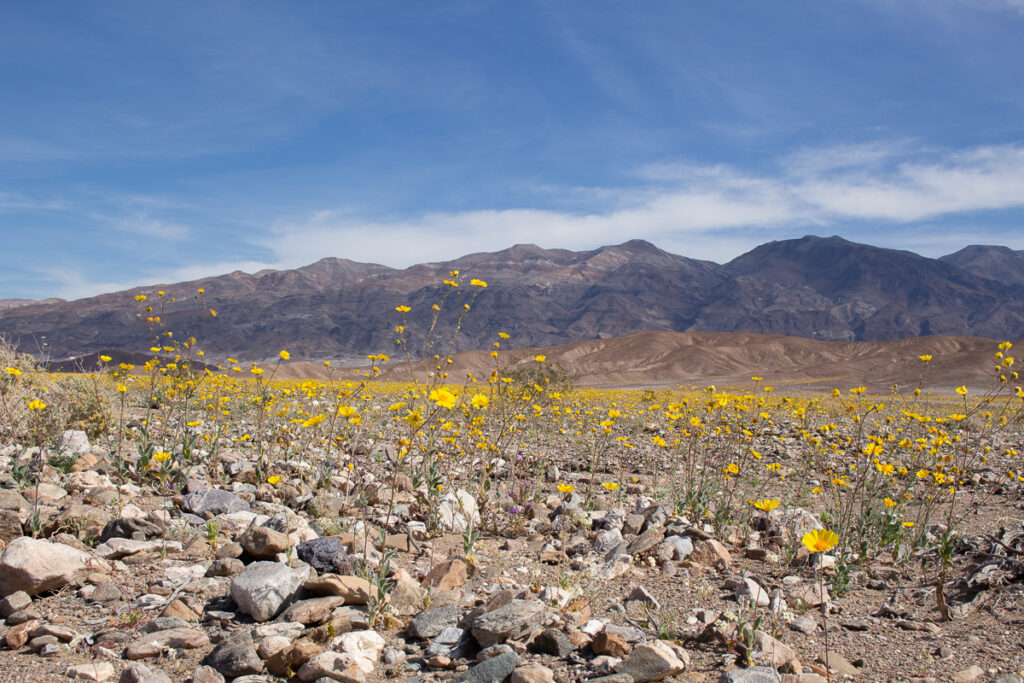
Where To Stay In Death Valley
Death Valley National Park has nine campgrounds, which doesn’t include some of the privately-owned campgrounds that also reside in the park. Furnace Creek Campground is by far the most popular and from October to April reservations can be made online for their 136 available sites. This campground is located directly behind the only visitor center in the park making it a great starting out point for adventuring!
Depending on when you’re visiting, some campgrounds will be closed for the season so make sure to check in advance. All campgrounds in Death Valley are first come, first serve (except for Furnace Creek from October through April).
We didn’t want to worry about finding a campground the day of arrival, so we booked a campsite with privately-owned Panamint Springs Resort prior to the trip. They are located on the western end of Death Valley National Park and offer incredible views of distant sand dunes and the soaring Panamint mountain range… oh and they have a bar and free showers, what’s not love?
#1 campsite finder app
Try the dyrt pro free for 30 days.
Get a FREE 30-Day membership to The Dyrt PRO, one of our favorite apps for finding campsites.
Perks include: • 5,000+ free camping locations • 1,000+ campground discount network • $0 extra booking fees • Get reservations at sold-out campgrounds, and more
Use the code BEARFOOT to get 30 days free!
Other Lodging Options in Death Valley
Not into camping? That’s okay! Death Valley is actually a great National Park for non-campers with 4 accommodation options that don’t involve a tent. Former Bearfoot Theory editor, Kim Vawter, explored Death Valley with her parents and they highly recommend the Furnace Creek Ranch as well as the famous Furnace Creek Inn. Read more about non-camping accommodations in Death Valley here .
Insider Death Valley Tips
Don’t leave home without maps.
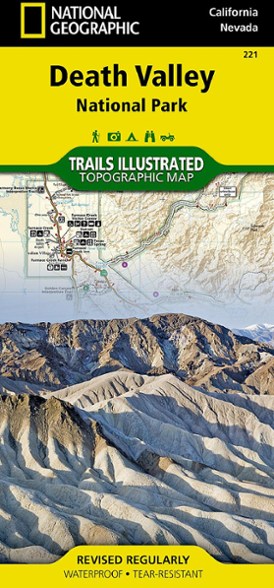
We set out from Los Angeles around 8:00 AM and arrived in Death Valley just before noon to set up camp at Panamint Springs Resort. After setting up our tent, we headed towards the Stovepipe Wells Village area to hike through Mosaic Canyon .
Located 1/4 of a mile west of Stovepipe Wells Village, Mosaic Canyon is a two-mile gravel access road leading to the parking area. From there it was just a short walk into the canyon narrows, where the surrounding rock walls are made up of smooth, water-polished marble.
We were both in awe of how incredibly smooth the walls were. Mosaic Canyon is considered a geological wonder, and as part of the National Park System, all of its features are protected by law, so rock collecting is prohibited!
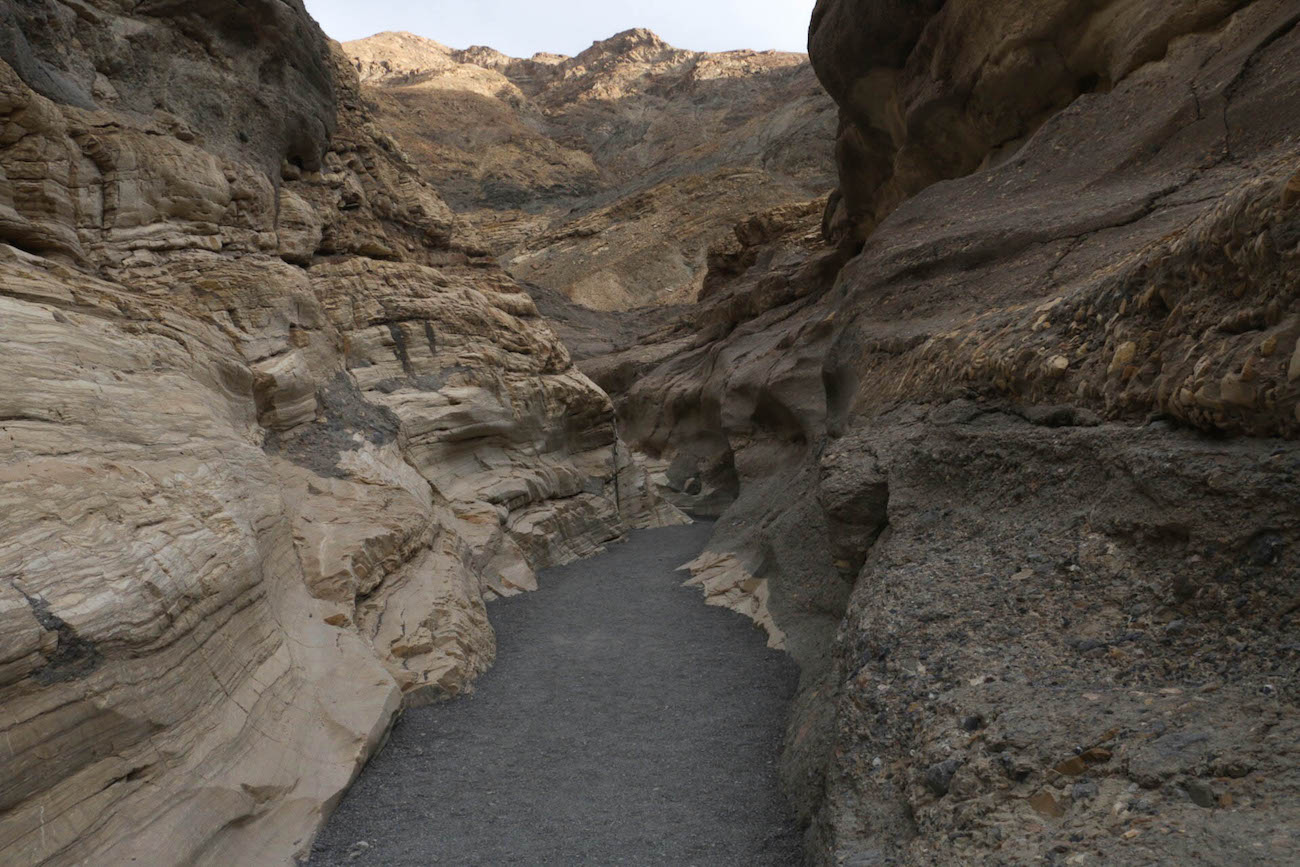
Before dinner, we drove to Mesquite Flat Sand Dunes for a stroll during golden hour. At first glance, it seemed like our plans would have to wait as clouds started to gather right over the dunes. The wind was picking up and sand was blowing everywhere. Nevertheless, we got out of our car and ventured into the sandstorm.
There wasn’t one person in sight, which for being one of the park’s most popular attractions, was astonishing. After a while, the clouds began to clear and the wind started to calm. The mixture between late afternoon light and ripples in the sand was quite the sight to see.
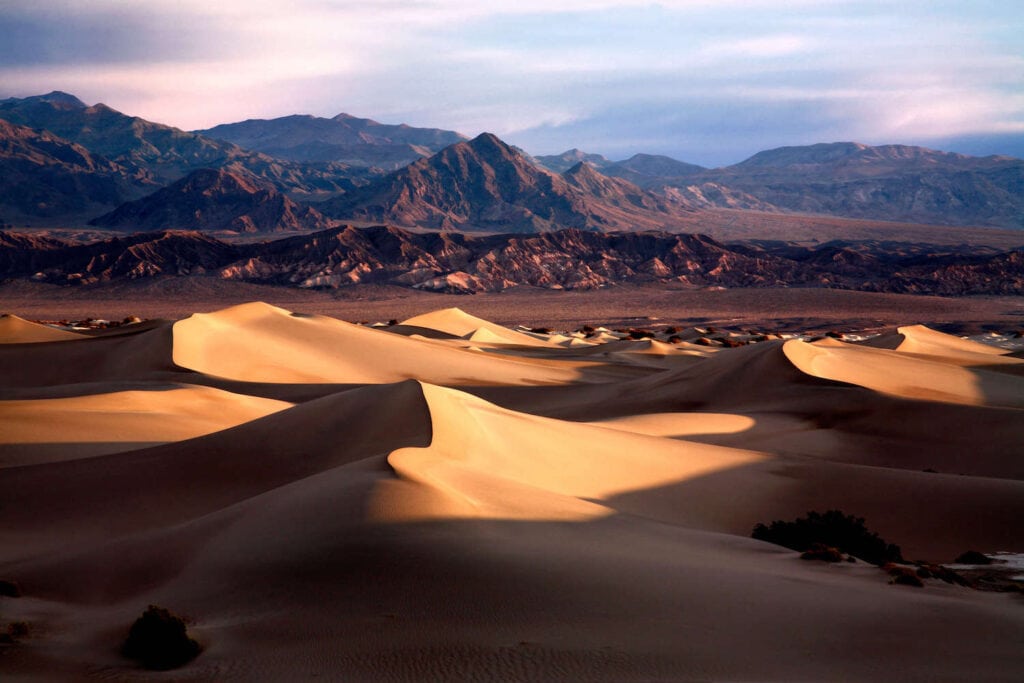
On day 2 of our Death Valley itinerary, we woke up at sunrise to prepare for a full day of exploring, beginning with an easy hike around the rim of Ubehebe Crater , located at the northern end of Death Valley National Park.
It was about an hour’s drive from our campsite to Ubehebe Crater, reminding us of why Death Valley is the fifth-largest national park in the United States and the largest outside of Alaska. The drive led us through colorful canyons, desolate badlands, shifting sand dunes, and sprawling mountains.
Once at Ubehebe, you can enjoy a view of the massive crater right from the parking area, or like us you can hike down or around it. Word to the wise – walking up the steep gravel hill can be difficult!
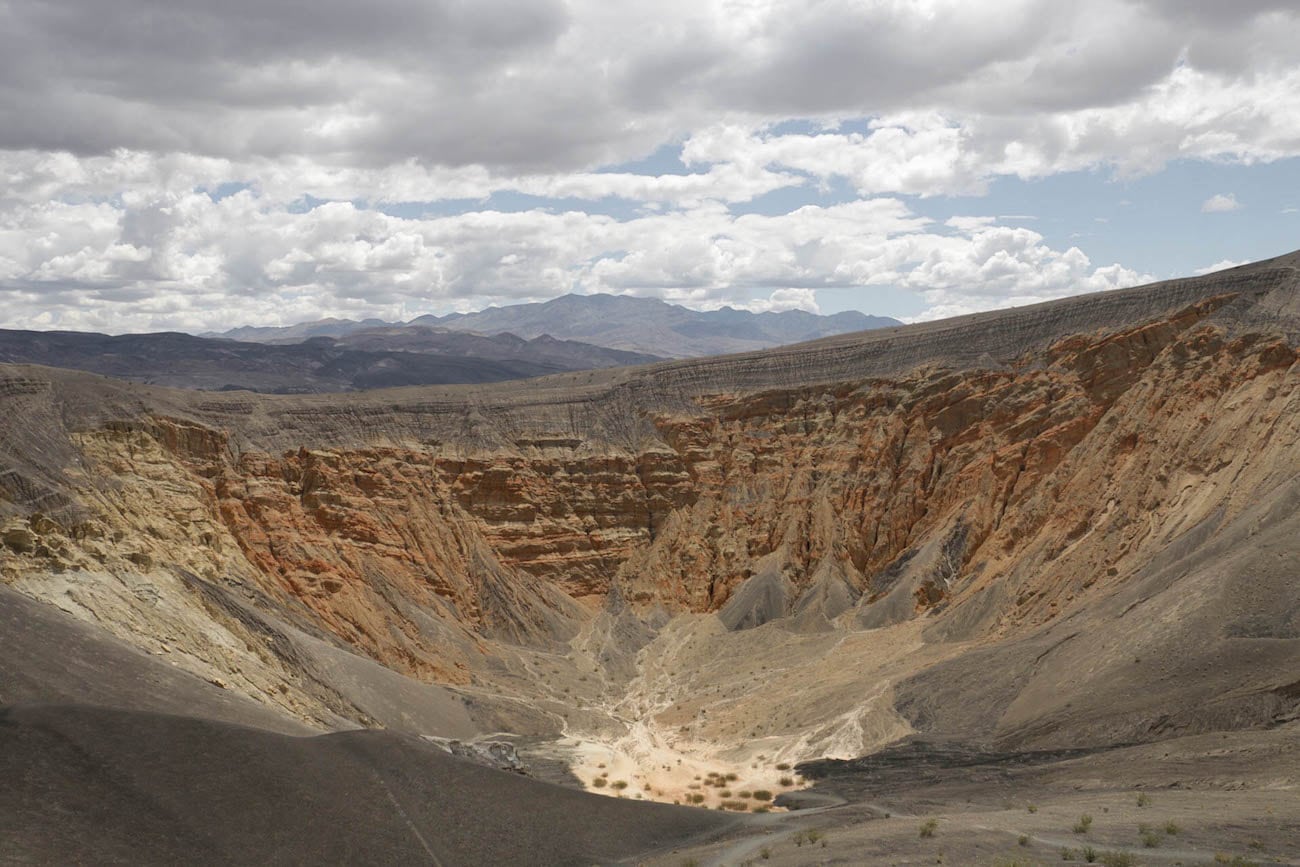
If you make it to this side of the park, it’s also worth checking out “the racetrack” , which is home to the famous Death Valley moving rocks. These rocks are commonly referred to as one of the most mystifying natural occurrences in the world! Also in this area is Scotty’s Castle but unfortunately, this site is temporarily closed due to flood damage.
Next, we explored the opposite side of the park at Furnace Creek, where many of the popular landmarks are located. Zabriskie Point is one of the Park’s most famous sites and a popular sunrise and sunset viewing location. It’s still spectacular at midday, too! To see a spectacular view of these eroded and colorful badlands, it’s just a short walk uphill from the parking area.

Continuing down the road, definitely stop to visit “The Devil’s Golf Course” which is an immense area of sharply, eroded salt crystal formations as far as the eye can see.
It is said that this area is so jagged that “only the devil could play golf on such rough links.” Just make sure to watch your step, because a slip and fall on these rocks can result in some serious damage.

Once we were done exploring the Devil’s Golf Course, we then headed towards the lowest point in North America, the infamous Badwater Basin . This part of the park sits at 282 feet below sea level, creating a surreal landscape of vast salt flats.
These salt flats cover nearly 200 square miles and are among the largest protected salt flats in the world. It can be extremely hot and dry here, so just make sure that you have plenty of water and sunscreen.
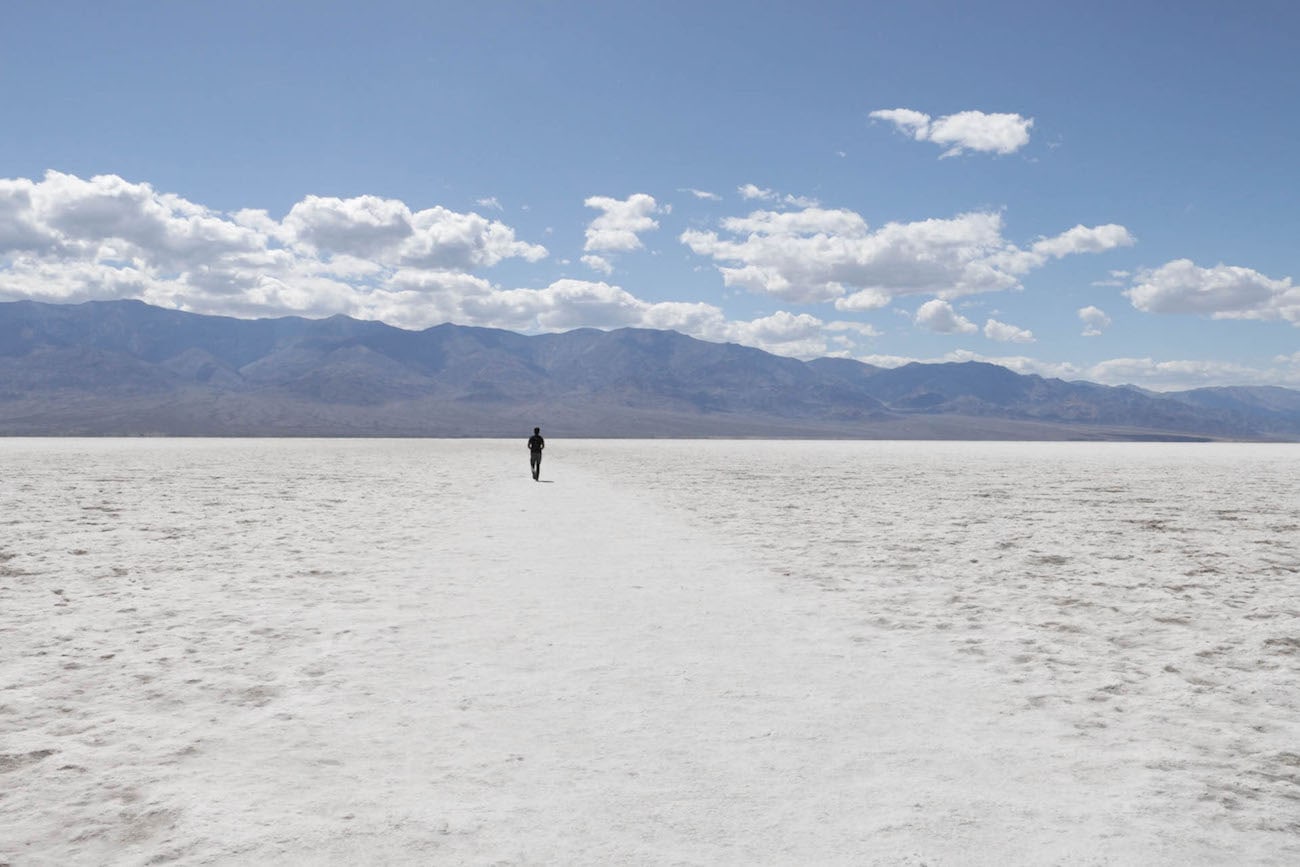
Before heading back to our campsite for the evening, we made sure to take the slightly longer route along Artist’s Drive . This scenic loop takes you through multi-colored volcanic and sedimentary hills. We stopped at Artist’s Palette for an incredible view of hills splattered in pastels, which is said to be remarkable in the late afternoon light.
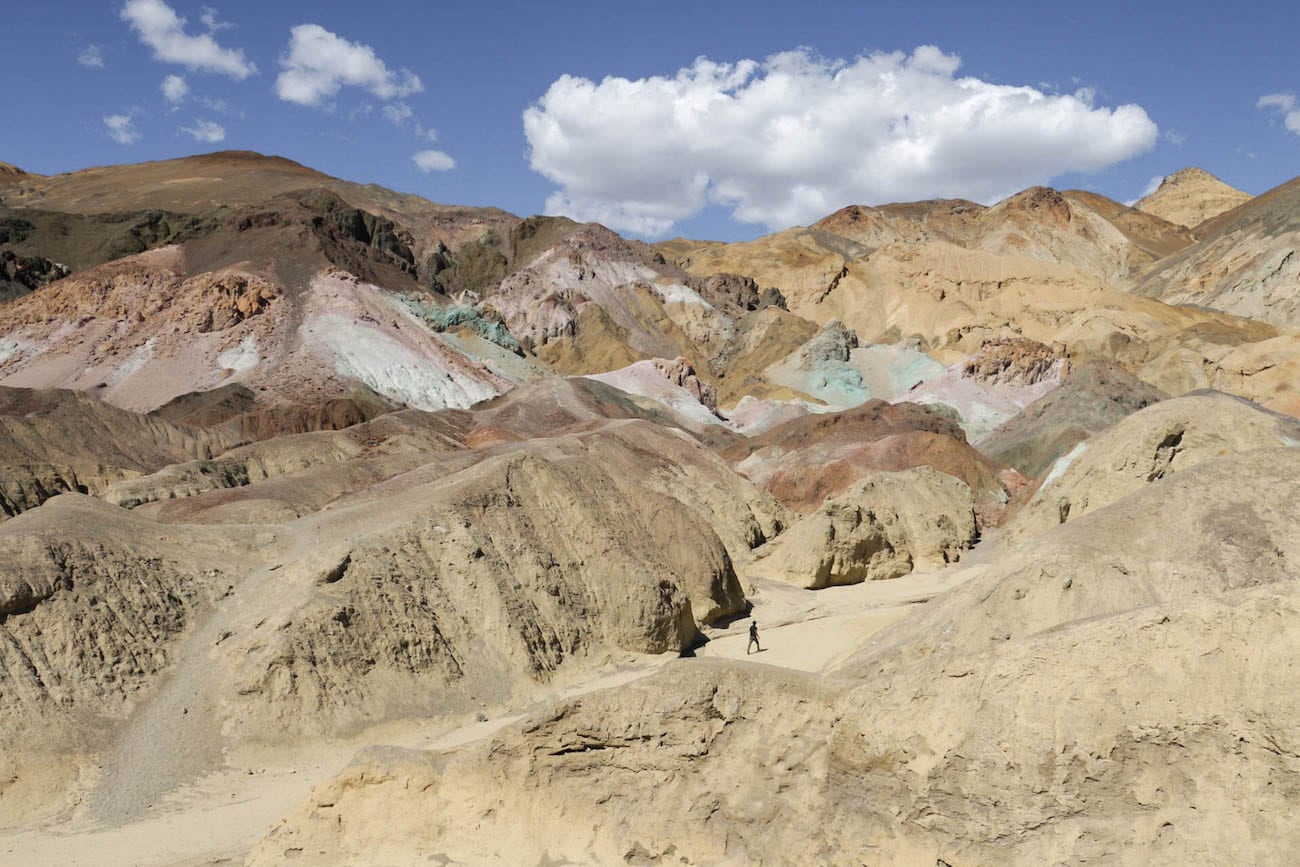
In the morning, we got up to catch the sunrise and said farewell to our campsite. Our next adventure would take us just down the road, and along a 2 and a 1/2 mile dirt path to the parking area of Darwin Falls .
Prior to our trip, we had no idea that there was a lush oasis hiding in the midst of this unforgiving terrain. This spring-fed waterfall is truly a miracle in the desert, flowing year-round in a narrow gorge. It was a short two-mile roundtrip hike to the falls that involved some rock scrambling and several stream crossings.

Our final stop before driving back towards Los Angeles was Ballarat . This small ghost town lies just outside of Death Valley National Park and is run by its only resident and caretaker: Rock Novak.

The ghost town was a bit eerie when we arrived. There was nobody in sight and as we parked and got out of our car, all you could hear was the faint sound of an alarm going off. We walked around for a while and then out of nowhere appeared Rock. We talked for a couple of minutes and before departing he made sure to invite us to an event they celebrate called Freedom Days, where he emphasized that “anything goes!” We’ll just have to make a trip back to experience Freedom Days.
Read Next: 6 Coolest Nevada Ghost Towns
What to Bring on Your Death Valley Road Trip
Depending on what time of year you visit Death Valley, you’ll need to pack accordingly. Spring, winter, and fall have the coolest day temperatures, but it can get chilly at night so it’s a good idea to pack several different layers for warm days and cool nights.
If you’re car-camping on your Death Valley trip, also keep in mind that there are very few places to get food, fuel, and amenities in Death Valley, so it’s best to pack all of your car camping needs at home.
For information on car camping and hiking gear to bring on your Death Valley road trip be sure to check out these posts:
- What to Wear Hiking
- What To Wear Hiking in the Desert
- Sun Protection for Hikers
- What to Wear Hiking in Fall
- The Best Women’s Hiking Boots
- Car Camping 101: Essential Gear & More
- Road Trip Essentials
Death Valley offers so much from sand dunes to canyons to historic hotels. Any amount of time spent in the park is sure to be full of adventure and discovery! Don’t forget one of Death Valleys’ greatest attractions is its proximity to other National Parks like Sequoia and King’s Canyon as well as other quirky off-the-beaten-path towns.
So pack some snacks, grab your maps, don’t forget sun protection, and get on your way. Our Parks are waiting!
Have you been to Death Valley National Park? What are your favorite Death Valley itinerary stops? Let us know in the comments below!
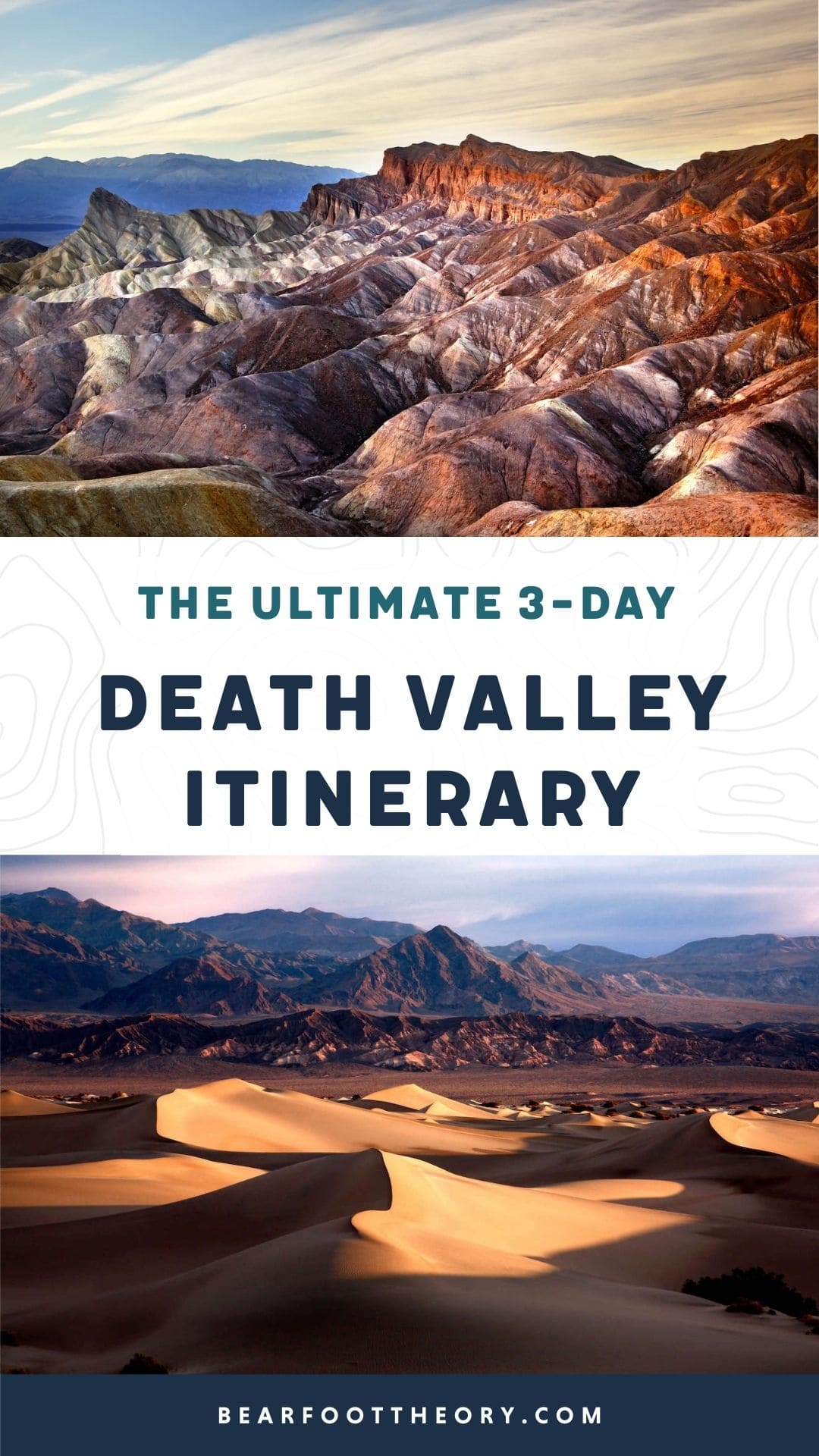
Paul Martinez is a writer and photographer based out of Los Angeles. He is also the Founder of The Modern Day Explorer, an online publication built for urban and outdoor explorers; sharing guides, stories, and photography from around the United States.You can follow him on Instagram, Twitter, or over on his website, The Modern Day Explorer at TheModernDayExplorer.com.
Leave a Reply Cancel reply
Your email address will not be published. Required fields are marked *
Save my name, email, and website in this browser for the next time I comment.
29 Comments
Great article! Thank you for the guide. Quick question… what type of vehicle did you use for the trip? Did you need a 4×4 or did our stay on mostly roads to get to the spots where you hiked?
Thanks so much! You don’t need a 4×4 vehicle to access our itinerary! Definitely though make sure your brakes are great for dropping down into Death Valley, it can be tough on your brakes for sure!
Great write up! Certainly wasn’t expecting to see a waterfall in the middle of the driest national park in the country.
Cool eh? If you go come back and tell us about it
I will be in DV from May 11th-May 14th. This guide got me all the more stoked! Thanks for posting this!
Glad you enjoyed it, Tim! Have an awesome adventure in the park–hopefully you’ll be able to catch some late season wildflowers!
I would have loved to see Darwin Falls, I never heard about this part of the park, will definitely have to go back for this
Glad it is getting you back to the park, Noel! Have an awesome adventure!
My husband and I are traveling to DV at the end of January . My first time , he went as a youngster w his grandparents . Thanks for your list ! I’m sure it will b a big help!
I’m heading to Death Valley in March and this guide is great!!!
Thanks, Rebecca. Have an awesome trip. March is a great time to visit.
I loved reading this article! It reminded me of my time in Death Valley last summer!! I wished we had one extra day there since I see we missed a couple of great spots! Thank you for sharing!
Great tips for traveling DV. I planned to visit DV this winter, after Chrismas and right before New Year. I was worried about will it be hard to find a campsite in DV. Don’t want to camp at the edge of DV because I planned to see the sunrise at Zabriskie Point. My best option is camp around Furnace Creek area, and Furnace Creek campground seems already booked up. So my question is, What will be the best time to arrive DV to find for an empty campsite, do I need to arrive very early? And which campground has the highest chance to have available campsite? I know is hard to predict the future, but what I need is some info in past few years so I’ll have a better chance to understand what situation I’ll be facing. I also tried to call DV, but the robot answer did not help. :/ Thank You!
Hi Ryan, did you call Recreation.gov? That is who you’ll want to call to discuss campsite information. Have you referred to the listing of all campgrounds and # of sites on the National Park website? https://www.nps.gov/deva/planyourvisit/camping.htm , this is mentioned on their website answering your question regarding how early to arrive, “It is very rare for all campgrounds to fill in Death Valley. Sure, all of the “good sites” may be taken during busy times, but there is typically space at Sunset Campground (no tables, hookups, or firepits) even during the busiest of times.” Have you checked all the private campgrounds that are within the park as well?
Taking a rental car on rental tires out to the Racetrack is a mistake you’ll probably only make once.
Death Valley is an incredibly special, beautiful place.
It will punish the stupid, naive, unprepared, and inexperienced relentlessly and without mercy. Only go off the pavement if you know your tires can handle it. Bring plugs, a compressor, fix a flat, a real spare. Know how to use them confidently if the time comes.
DV has earned its name. Your life may likely depend on your car. Tires will be the weak spot.
Get gas in Nevada. FILL your tank unless you want to pay at least $6 a gallon. Panamint Springs has the most expensive gas. The place is a notorious ripoff and tourist gouge.
Seriously, heed my tire warning. Unless you know you’re ready for offroad, for sure, don’t go there.
Great itinerary! On my first trip to Death Valley I did Mosaic Canyon, Ubehebe Crater, The Racetrack, Artist’s Drive and Zabriskie! On my 2nd trip I repeated a couple of the old faves but decided to explore some other hikes. http://adventuretramp.com/2020/03/03/getting-lost-in-death-valley/
one of the best places to visit in usa
From Dante’s View walk up the ridge to the north for a view of Mt Whitney and Badwater at the same time! About 15,000 feet of relief!
I am planning my next trip there. Such a beautiful place waiting to be explored.
https://survivalinnature.com/
Hi Paul, thank you so much for posting this itinerary! I have been a bit overwhelmed trying to fit all the hot spots into a 3 day trip logistically and this helped tremendously! 2 questions if you would be so kind –
1. It looks like some campsites allow fires and others do not. We will be car camping with off road capabilities, do you know/recommend any of the sites that allow fires?
2. Out of curiosity, how did you guys decide to stay up near Panamint Springs verses the more accessible Furnace Creek area?
Thanks a bunch! – Lauren
Hi Lauren – the NPS website has a list of campgrounds that have fire pits.
Thanks for the article! This looks like an amazing trip full of different scenery! On my bucket list!
If you are in Beatty on the way into the park don’t miss Rhyolite Ghost town. A trip thru Titus Canyon with a high clearance vehicle is worthwhile as it includes an old mining area as well as a drivable slot canyon. Your 3 day list is a good outline of the park. It wets your appetite for more highlights of Death Valley. John Barnes
We are planning on driving a Lexus SUV in DV but not off roading. would it be advisable to drive it to the trailhead to Mosaic Canyon?
Hi Kayshu – although the road to the trailhead is gravel, it’s pretty flat and you do not need an off-road vehicle to access. Enjoy Death Valley!
We were just there 2 weeks ago and loved it! We really enjoyed Golden Canyon and then hiked onward up to the top by the red cathedral rocks. Quite the view. What a place! We spent 2 1/2 days there going to quite a few of the places that you mentioned! Our temps went from 92 on the warmest day – we hiked early and also tried to keep to the shady side of the canyon – and then into the 40’s-50’s after the sun was down. Well worth it!
Hi Brenda, sounds like a great trip! Thanks for sharing.
Hi there! I just want to give an enormous thumbs up for the nice information you’ve gotten here on this post. I might be coming again to your blog for more soon.
- Travel in the Pacific Northwest and beyond
- Work With Me

- Pacific Northwest
- National Parks
- Seattle Travel Guide
- Recommended Gear
- Published Work
National Parks , California , United States
2 days in death valley: the ultimate death valley itinerary.

Out of all the national parks in the country, Death Valley is one of the most intriguing to people. They see the beautiful sand dunes but also think, “Isn’t this one of the hottest places in the world?” While that is true, it’s also one of the most underrated national parks, in my opinion, which is why everyone should spend at least two days in Death Valley.
When I first saw pictures of this park, I knew I wanted to visit immediately. I was intrigued to find out not only does it hold the record for the hottest place on earth (at 134°F in 1913!), but it’s also the driest and lowest place in North America. This is the opposite of the Pacific Northwest national parks that I frequent during the year, so I was excited to start planning my Death Valley itinerary here.
You’ll want to know some essential facts before you plan your own trip here, so read on to find out information such as how and when to go to Death Valley, where to stay, and a 2 day Death Valley itinerary that you can copy!
Table of Contents
Tips to Plan Your Death Valley Itinerary

Here are a few tips to know before going to Death Valley for 2 days.
- Bring more water than you think you’ll need. Not only is it hot out here, but it’s also insanely dry. In fact, it’s so dry that you don’t feel most of your body sweat becuase it evaporates!
- Plan on having little to no service the entire time. There is very minimal service in the park (I only got 3G at Furnace Creek and only sporadically), so you’ll need to plan on not communicating with others or accessing the Internet. I would download a map of the park in advance to see where you are.
- Fill up your gas before you get into the park. There are gas stations in the park, such as at Panamint Springs, Stovepipe Wells, and Furnace Creek, but they are expensive . While you’ll likely need to use these stations at some point during your trip, you can save your money by filling up outside the park when possible.
- Always check the NPS website for updates. As with any national park you visit, you should check the official website for any importants alerts such as closures that you might need to know about.

Looking for the ultimate Seattle travel guide written by a local that tells you all the best places to go and what to see? My new ebook is now live, so click here to buy your copy!
How to Get to Death Valley

Death Valley is in southern California in the Mojave Desert and not really close to any major cities. The nearest airports are Harry Reid International in Las Vegas (about 2 hours to get to the most eastern part of the park) or LAX in Los Angeles (approximately 3.5 hours to get to the western part).
You can fly into those airports and then rent a car to reach the national park. While sedans can access most parts just fine, I recommend getting a mid-sized SUV from places like Alamo or Enterpr ise to be a little more comfortable on some of the gravel roads if you decide to go hiking.
Best Time to Visit Death Valley

Death Valley is unique for many reasons, one being that summer is probably the worst time to visit, contrary to most US national parks like Yellowstone . In fact, I saw multiple signs advising tourists not to come during this time.
Summer temperatures start in May and last until late September, and highs can reach up to 120°. Considering most everything you do here is outdoors, I advise against visiting then, as hiking can quickly become dangerous during temperatures like that.
Similar to hotter parks like Zion and White Sands National Park , the best time to visit Death Valley is in the winter if you don’t tolerate the heat well. That way, you can enjoy the outdoors much more, with temperatures around 70°. It’s a great US winter vacation if you’re looking to get away for a few days.
Just know that everyone else wants to visit during this time so you’ll see more people and need to book hotels in advance.
Spring and fall are also ideal times to visit, as temperatures are warmer but bearable. I came in March, and even then, we saw days that were almost 90° by midday, but the temperatures did get down to 40° at night.
Death Valley Packing List
I always include a small packing list for my national park posts, but this is the first time I strongly recommend bringing all of the items below. They’ll make your trip a lot more comfortable.
- CamelBak – You will drink so much water during your trip to Death Valley, so you’ll want a backpack on you at all times to quickly be able to hydrate yourself.
- Wide-brimmed hat – I’m usually a fan of baseball hats when I hike, but a wide-brimmewd hat is necssary here. It’ll cover more of your head and neck while keeping you cooler, both of which are essential. I bought this one just for the trip and was so glad I did.
- Chapstick w/SP F – My lips got insanely dry during my trip here, so I loved this chapstick with SPF 45 to hydrate them and protect them from burning.
- Long-sleeve shirts – I know it might seem odd to wear long sleeves when it’s so hot out, but it’s actually helpful when hiking. You’ll protect yourself from scratches when you go hiking plus this has SPF 50 protection, so I always wear this shirt.
- Extra water – While you can (and should) fill up all your water containers at the Furnace Creek Visitor Center, it’s helpful to get a few giant jugs of water to keep with you as well (are you sensing a theme yet of staying hydrated?).
Where to Stay in Death Valley
While choices are limited, you have several options for lodging, including camping and hotels. While you can do a Las Vegas to Death Valley day trip , I recommend taking your time and spending the night here.
Camping in Death Valley

Camping is a popular option due to how warm it is during the year, and it’s a great way to save money. I would just warn that it does get cold at night, so pack appropriately!
There are a few options for camping in Death Valley, and these are the ones I stayed at during my 2 day trip to Death Valley:
- Panamint Springs Campground – I stayed here on my first night and was pleased to see that they had showers, a gas station, a general store, a restaurant, and Wi-Fi (albeit slow and limited). It’s on the west side of the park and you can tent camp, camp with your vehicle with no hookups, or stay on a full hook-up site. You’ll need to reserve your spot in advance.
- Furnace Creek – There are several campsites around Furnace Creek, including Texas Springs and Sunset. These are first-come, first-serve, so you may want to come here early in the day to reserve your spot before going out to explore. Texas Springs is more “outdoorsy” with some trees and more private spots, and also overlooks the valley below. I aimed to stay here on my second night, but it was booked, so I went to Sunset, which I consider “bare bones” (no shower, no vegetation, no fire pits). However, it worked as a place to sleep for the night, as we were off and running early the next morning.
Make sure you have your America the Beautiful Pass ! For only one price, you can visit all the national parks over and over throughout the year. I renew mine every year.
Hotels in Death Valley

There are a few hotels to choose from if you prefer a more luxurious stay, but you’ll need to book them well in advance when visiting Death Valley in two days.
- The Inn at Death Valley – This is a beautiful hotel in Furnace Creek to stay at during your Death Valley trip that has three restaurants on-site, a pool, and a spa to enjoy after a day of exploring. (book on Booking.com or Hotels.com )
- The Ranch at Death Valley – Also in Furnace Creek, this hotel is in the center of “town” so you can easily walk to the general store, shops, ice cream parlor, and more. (book on Booking.com or Hotels.com )
- Panamint Springs Mote l – The same campsite I mentioned above also has limited motel rooms with family rooms available. (book on Booking.com or Hotels.com )
- Atomic Inn – This hotel isn’t in Death Valley but in one of the closest towns of Beatty, about 20 minutes northeast of the park. However, it’s a great option if you want to save some money and don’t mind driving in and out of the park each day. (book on Booking.com )
2 Day Death Valley Itinerary
This Death Valley itinerary assumes you’re coming in from Las Vegas, which is the most popular place to start. If you come from California, you can do this backward or add extra time at the beginning of your trip to get to the starting point.
To make the most of your two days in Death Valley, I would leave early in the morning on the first day, meaning you may want to fly into Vegas the night before. You can stay two nights in Death Valley and drive out on the third morning to maximize your time.
I created this Death Valley map to easily see where you’ll be going during your time there. All the day one stops are in blue, while the day two stops are in green.
Day 1: Mosaic Canyon, Darwin Falls, Mesquite Flat Sand Dunes
You’ll be up early on day one of your Death Valley trip, as you have plenty to see today! I recommend taking US-95 N to enter the park from the northeastern corner if coming from Vegas. You’ll go through the sleepy town of Beatty, which is a great place to grab a coffee and a quick breakfast.
Mosaic Canyon

Your first stop is hiking Mosaic Canyon, which is a four-mile hike with about 1,200 feet of elevation gain. Similar to White Sands hikes , I highly recommend going here in the morning to provide shade for a good portion of it so you can enjoy the walk and not worry about getting too hot. Take your time on this to spot the Mosaic Canyon Breccia, which looks beautiful locked in with the stones found in the canyon.
I have a post on Death Valley hikes for more details, but an important thing to note is that rock arrows show you the right way to go. Towards the end of the hike, you’ll have to climb up multiple boulders, and it may be confusing which way to go, so just follow the arrows made of rocks. The very end of the hike is a wall, so you literally can’t go anywhere else.
Ubehebe Crater

After your morning hike, you’ll then get a break and enjoy the hour drive north to Ubehebe Crater. This massive volcanic crater measures 600 feet deep and half a mile across and is a unique sight to see during your 2 days in Death Valley.
The crater was formed by a steam explosion thousands of years ago, and you can now explore the area yourself. There’s an observation deck if you prefer to just look at it from above, but you can also take one of the multiple trails to get a closer view. Just note that it gets pretty windy around here, so dress appropriately.
Note – if you didn’t pack a lunch, you could stop in Stovepipe Wells on the way to your next destination. However, I recommend bringing a lunch with you to save time since you only have 2 days in Death Valley National Park.
Darwin Falls

Did you know that there’s a waterfall in the desert? I didn’t either until I went on this hike that surprised me with a waterfall and plenty of trees. This hike is lovely in the afternoon when it’s still a bit hot, as there’s plenty of shade once you get past the first portion of it.
You’ll follow the trail for about one mile until you reach the waterfall, which is an ideal spot to take a snack break in the shade. There is minimal elevation gain, but you will have some water crossings, so dress appropriately during this portion of seeing Death Valley in 2 days.
Mesquite Flat Sand Dunes

You’ve had a long day of driving, so spend the evening relaxing at some of the most stunning sand dunes in the park. These dunes happened due to sand from the eroding mountains having nowhere else to go and the wind coming in to blow it around.
You’ll also notice various mesquite trees in the area, which reminded me of the unique Joshua Trees in Joshua Tree National Park . If you time your trip right in the spring, you may see them blooming bright yellow.
Check what time sunset is on the day you’re here during your weekend in Death Valley National Park, and make sure to get to Mesquite Flat Sand Dunes at least half an hour before that time. I saw many people bring a blanket and sit on one of the smaller dunes while they watched the sky change into different colors as the sun went down.
The dunes start right by the parking lot, but I recommend walking the mile out to the large dunes for some amazing photos. Make sure to time this appropriately if you don’t want to be walking back in the dark, as it does take much longer to walk in the sand that you’re constantly sliding in with each step.
Day 2: Golden Canyon, Badwater Basin, Artists Drive, Zabriskie Point
I recommend getting up early again on day two of your Death Valley itinerary to get everything in. You’ll do a combination of hiking and stopping at viewpoints today.
Golden Canyon

You’ll start your morning with the most popular hike in Death Valley, Golden Canyon. I recommend getting here early to avoid the heat as well as the crowds.
This is a “make your own hike” type of trail, as it’s a mile into the path until you come to a junction that gives you a choice of different routes you can continue on. If the one mile is enough, you can feel free to turn back around. However, many people continue to venture on.
I went onto Red Cathedral, which I highly recommend to anyone okay with a moderately complex trail. There are some tight spaces to fit into and scrambling to do, so I advise wearing pants not to scratch up your legs.
At the end of the trail, a giant red wall will greet you, and you’ll understand why it’s called Red Cathedral. You can climb up onto some viewpoints to have some fantastic views of the area.
Devil’s Golf Course

This area is fun to stop off during your weekend in Death Valley to take pictures of these unique salt fields, as its giant spires of rock salt were eroded by rain and wind. The name comes from being so serrated that “only the devil could play golf on such rough links.”
You can walk into the salt fields to see them close up, but there are signs warning you to be careful. Supposedly the salt is so sharp that not only can it scratch you up, but it can even break your bones if you fall on it!
Badwater Basin

You’ve likely seen pictures of this before when researching the park, and it’s worth stopping at during your two days in Death Valley. At 282 feet below sea level, this is the lowest point in North America, and if you look back at the parking lot, you’ll see a sign hanging up on the rocks indicating where sea level is.
The area gets its name from when a surveyor came by with his mule and tried to get it to drink from the water, but it refused due to how salty it was. Thus, the water was deemed “bad water” from then on. You’ll see small pools of water there depending on when the most recent rain was.
The evaporation rate for the area is much higher than the average rainfall per year, so even feet of water that form will get evaporated, leaving behind these salt crystals. You can hike a mile out if you want to see all of this area, which I recommend if you have time during your Death Valley two day itinerary.
Natural Bridge Trail

This hike is another fun one to add to your list if you want to see a unique structure, which is a natural “bridge” formed by the rocks. It’s only a mile roundtrip, so it’s worth it to hike to the bridge, take some pictures, and go to the end if you want, where you’ll see a dry waterfall.
Artists Drive

You get a bit of a break from hiking as you drive through the nine-mile stretch known as Artists Drive. Here, you’ll see a variety of colorful rocks formed when volcanic deposits left different compositions. If you can time this drive with golden hour in the evening (the time before sunset), the colors will shine through even more beautifully.
There are various spots to pull off to get out and take pictures. You can also hike through the hills in certain places, which I recommend putting on your Death Valley National Park itinerary for even better photos.
Note – vehicles longer than 25 feet aren’t allowed due to all the tight turns on the road, and this is a one-way road.
Zabriskie Point

Zabriskie Point is a stunning viewpoint that requires a steep 0.2-mile walk up a paved path. If you follow this itinerary for 2 days in Death Valley, you should time it right so you’re here for sunset. These brown and yellow hills were shaped by water back in the day, and the sun’s glow on them makes them even more beautiful.
You can turn this into a hike if you want by doing the 2.5 mile Badlands Loop trail through the mountains. For a really long hike, you can even hike down to Golden Canyon if you haven’t already done that hike on your Death Valley 2 day itinerary. As always, with hikes later in the day, make sure you have adequate time to get back to your car before it gets dark out.
Harmony Borax Works

Harmony Borax Works is where the Furnace Creek area started in the late 1800s when three tons of borax were produced daily. This was then shuttled by mules all over the area until the plant shut down only five years later.
However, this spot was put on the National Register of Historic Places in 1974, so you can now visit its remains. While I found that interesting, even more intriguing is this is one of the best places for stargazing in Death Valley.
When you stop by the visitor’s center, make sure to look at the events and see if any “star parties” are taking place. I previously did one in Joshua Tree National Park and loved it, so I was thrilled to join another one here.
The ranger will point out different constellations in the sky that show that night and give a brief history of the universe. Death Valley is one of the darkest spots in the country and is perfect for spotting meteors and the Milky Way with the naked eye, which is usually hard to do.
I was surprised to see Vegas over the mountains because it’s so bright and even LA somewhat to the other side. This was a really fun way to end our 2 day trip to Death Valley.
Want more California adventures? Head back to Los Angeles to explore the best things to do in Huntington Beach .
If two days in Death Valley doesn’t feel like enough, you can always spread this itinerary out over a few more days or add in more hikes. Either way, you won’t be disappointed with your trip!
Marissa Pedersen
Marissa is a Seattle local who's obsessed with exploring all things Pacific Northwest, especially hiking, road trips, and national parks. She's been to hundreds of places all over the region and started this website to help others discover the beauty of the area and create their own trips.
2 thoughts on “ 2 Days in Death Valley: The Ultimate Death Valley Itinerary ”
How did you not mention the hotel and restaurant at Furnace Creek?
The Inn and The Ranch are both hotels in Furnace Creek that I mentioned; see above. 🙂
Leave a Reply
Your email address will not be published. Required fields are marked *
This site uses Akismet to reduce spam. Learn how your comment data is processed .
Let's be friends! Sign up receive our monthly newsletter with updates and new in-depth guides.

How to Plan an Unforgettable 2 Day Death Valley Itinerary
To be honest, we weren’t quite sure what to expect on our first trip to Death Valley National Park. Just about the only thing I knew was that parts of Star Wars were filmed here, notably some of the Tatooine scenes, which meant I was anticipating big expanses of desert and sand dunes as far as the eye can see.
Turns out there is so much more to Death Valley – incredible canyons, the lowest point in North America at Badwater Basin, epic sand dunes, and even a crater.
In this guide, we’re going to go through everything we think you need to know to plan an amazing Death Valley National Park itinerary. We’ll start with logistics – when to visit, how to get to Death Valley, etc.
Then we’ll move on to a detailed guide to spending 2 days in Death Valley National Park, followed by some ideas for what to do with a third day IF you have a high clearance vehicle that you feel comfortable taking off-road.
Sound good to you? Let’s get into it.
One note: Unfortunately, Homer, our Honda Odyssey that we’ve outfitted to be a campervan, doesn’t exactly qualify as a “high-clearance, 4WD” vehicle, which means large swaths of the park were essentially off-limits for us.
Have no fear, we covered the major things that we didn’t get to do, but absolutely wish we could have below in case you do have a suitable vehicle for tackling some of the less developed roads in Death Valley.
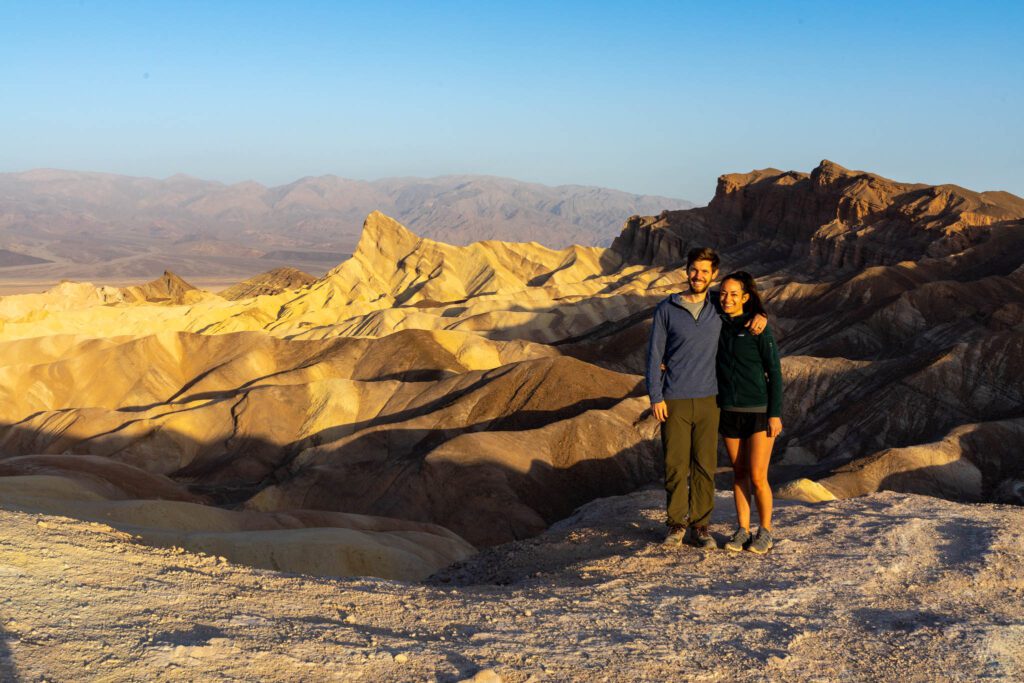
Disclaimer: Some of the links in this post, like hotel links, are affiliate links, meaning at no additional cost to you, we make a little bit of money if you click through and book. That being said, we would never recommend something to you that we don’t stand behind 100%.
How Many Days to Spend in Death Valley National Park
Originally, we were going to write this guide for 3 days in Death Valley, which is how many days we had planned on spending there.
But after doing that, and deciding to bail half way through our last day, we think the answer to the question of how many days to spend in Death Valley actually depends on what your vehicle situation looks like.
A majority of the roads in Death Valley are unpaved, and many are unsuitable for regular passenger vehicles. There’s still plenty to do without a high-clearance vehicle, but your options are certainly more limited.
If, like us, you have a 2WD, non-high-clearance vehicle (Homer, our Honda Odyssey, isn’t built for offroading!), then 2 days in Death Valley is probably plenty . We’ve written the itinerary below for that group.
If you happen to have a 4WD, high clearance vehicle, you’re in luck! There’s some cool stuff to see and do off the beaten path, which we’ve added in a separate section below.
We didn’t do these things, mostly due to the minivan situation, but that doesn’t mean you shouldn’t!
You should know that most rental car agreements prohibit you from taking them off of established roads, so even if you rent a high-clearance, 4WD vehicle, it might not be the best idea to take it on the gnarliest of roads that Death Valley has to offer.
If you’re craving exploring some of those off-the-beaten-path places, but don’t have the wheels for it, consider renting a jeep or taking a guided tour through Farabee’s .
The Best Time to Visit Death Valley National Park
We were in Death Valley in April, and by about noon we were absolutely melting in the 100+ degree heat.
I’m not sure who thinks visiting during the summer is a good idea, but we would advise against it unless 120+ degree temperatures are your idea of fun, or you’re a masochist (why not both?).
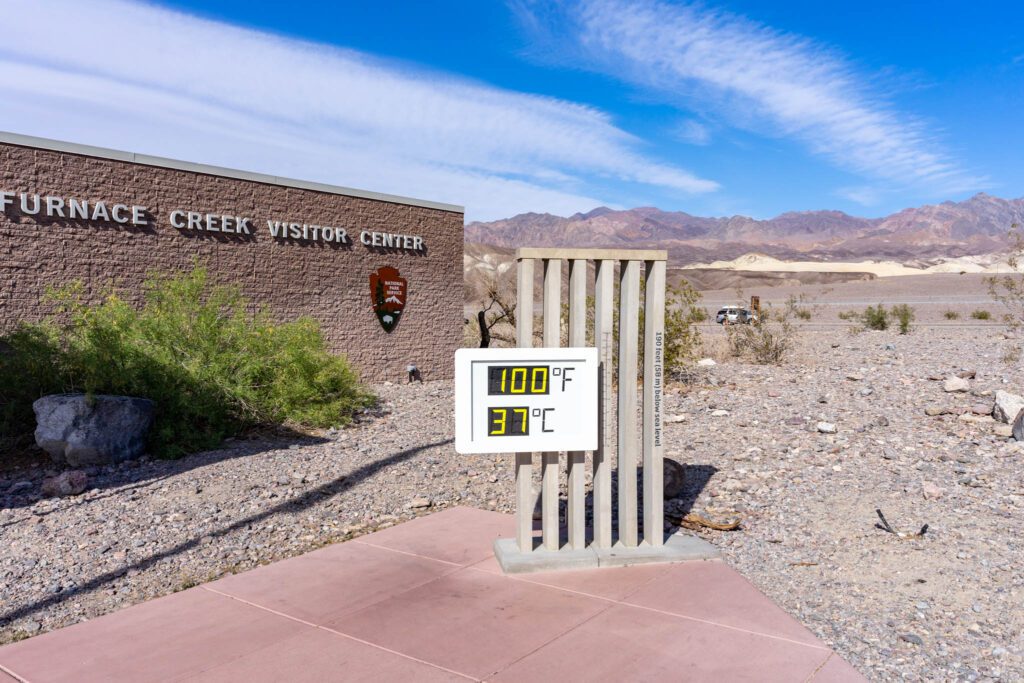
It’s still hot through the early fall in September, and it starts to cool down as you ease into October.
That’s when most of the campsites in the park start to open up, and it’ll be in the 70’s and 80’s during the day, and 50’s and 60’s at night. Perfect weather, in our opinion.
It gets chilly in the desert during the winter , and even snows at higher elevations.
In fact, in April, there was still a dusting of snow on top of Telescope Peak, which is at 11,000 feet of elevation. In general, it’ll be between 50 and 70, sometimes dropping into the 40’s at night.
It’s also the time of year where you’re most likely to get rain, which can lead to flash floods, particularly in the narrow canyons that are so fun to explore.
Watch the weather, and check in at the ranger station to make sure it’s safe to explore with rain in the forecast.
Spring is also a pleasant time to be in Death Valley National Park, especially before mid-May when it starts to warm up.
There will be the occasional hot stretches where it’s over 100 degrees, but for the most part it’s going to be 70’s and 80’s, and slightly cooler at night.
In years with a lot of rain, you might get to see a wildflower bloom.
We only saw a few patches of flowers and were wondering how they manage to grow in such an arid landscape, and I can only imagine how incredible it would be to see blankets of them covering the ground.
Getting to Death Valley

Death Valley is on the eastern border of California, which is adjacent to Nevada. In fact, if you leave the park through the east entrance, you basically enter Nevada as soon as you leave the park.
We drove all the way from San Francisco to Death Valley in a day, and it was brutal. It took over 8 hours, including stops. However, it’s doable.
We’d suggest stopping overnight to break up the drive, but recognize that you probably don’t have an extra day or two of vacation to devote to making your drive more pleasant.
From Las Vegas
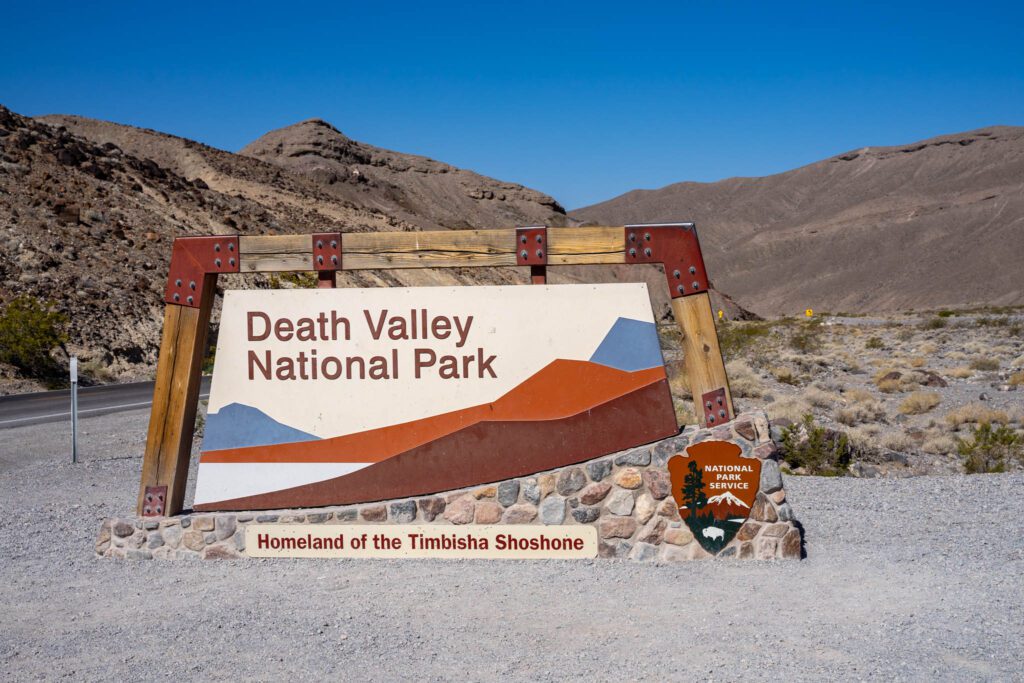
Las Vegas is, by far, the most convenient airport to fly into to get to Death Valley. It takes just two hours to drive from Las Vegas to Death Valley, and you’ll arrive through the east entrance of the park.
If you’re flying in, plan on flying into McCarran International Airport , picking up your rental car, and heading east to Death Valley.
Take 95 North out of Vegas to Amargosa Valley, where you’ll head south on 127. At Death Valley Junction, pick up 190, which is the main thoroughfare through the park, which will take you all the way to the Furnace Creek Visitors Center.
From Los Angeles (or San Diego)
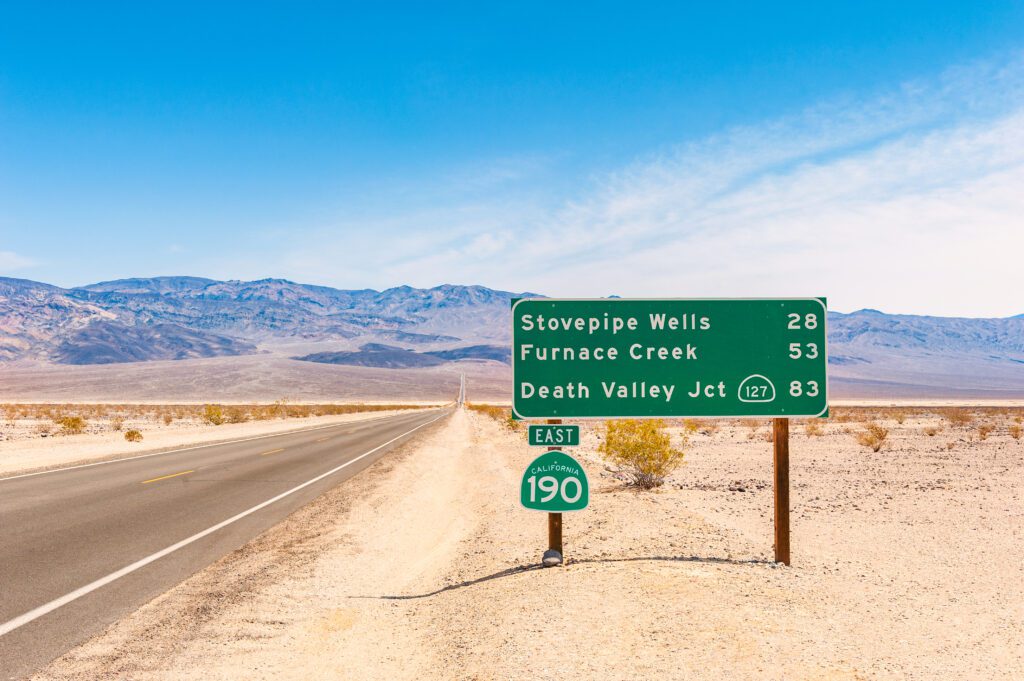
Getting to Death Valley from Los Angeles is the second most convenient way to do it, and it makes a nice weekend getaway from the hustle and bustle of LA.
It’s a 4.5 hour drive, depending on traffic. If you fly into LAX, plan on adding at least an hour to that number.
There are two ways to drive from Los Angeles to Death Valley – one that has you approach from the west via CA-14 N and US-395N, and one that has you approach from the east via I-15 N and CA-127 N.
There’s about a 20 mile difference in length, which is negligible, and it’s going to depend a lot on traffic and where in LA you’re coming from. Check Google Maps to see which route is going to be faster.
From San Diego , it’s between 45 and 60 minutes longer than from LA, but you’ll largely follow the same route.
One note : If you’re planning on doing anything on your first evening, the western approach takes you past Mosaic Canyon and Mesquite Sand Dunes , while the eastern approach takes you past Dante’s View and Zabriskie Point , which are two amazing sunset spots.
Where to Stay in Death Valley
Without a doubt, the most central place to stay in Death Valley is going to be around the Furnace Creek Visitors Center .
From there, you’re roughly equidistant between the Stovepipe Wells area, where you’ll find Mosaic Canyon and the Mesquite Sand Dunes, and Badwater Basin / Dante’s View.
There also happen to be a couple of great places to stay nearby.
Hotels in Death Valley
If camping isn’t your jam, or you’re visiting in the summer and aren’t in the mood for midnight temperatures over 100 degrees F, then consider one of the hotels in the park.
There aren’t that many options, so make sure to book as early as possible (more than 2-3 months out, if you can).
The nicest place to stay is the Oasis at Death Valley , which is just south of the Furnace Creek Visitors Center in a pretty unbeatable location for exploring the main sights of the park.
It has major resort vibes, and you’ll have a choice of standard hotel rooms or “casitas” with a little extra space. You’ll pay a premium for the location and amenities, but it’s better than most national park hotels, which are usually outdated and expensive, at least in our book.
The best value hotel – by value, we mean combination of affordability and location / amenities – is going to be the Ranch at Death Valley , which is also right near the Furnace Creek Visitors Center, but is significantly more affordable than the Oasis.
It’s not the nicest place in the world, but it’ll serve as a great base for exploring. Plus, as we were melting in the heat, we were super jealous of the nice green patio with misters that they have going on.
Other options include the Panamint Springs Resort , which is a no-frills spot at the western edge of the park, about 40 minutes west of Stovepipe Wells (~75 minutes from Furnace Creek) and the Hotel at Stovepipe Wells , which is, as you might imagine, at Stovepipe Wells. Neither are amazing, but they’ll do in a pinch.
Camping Near Furnace Creek in Death Valley National Park
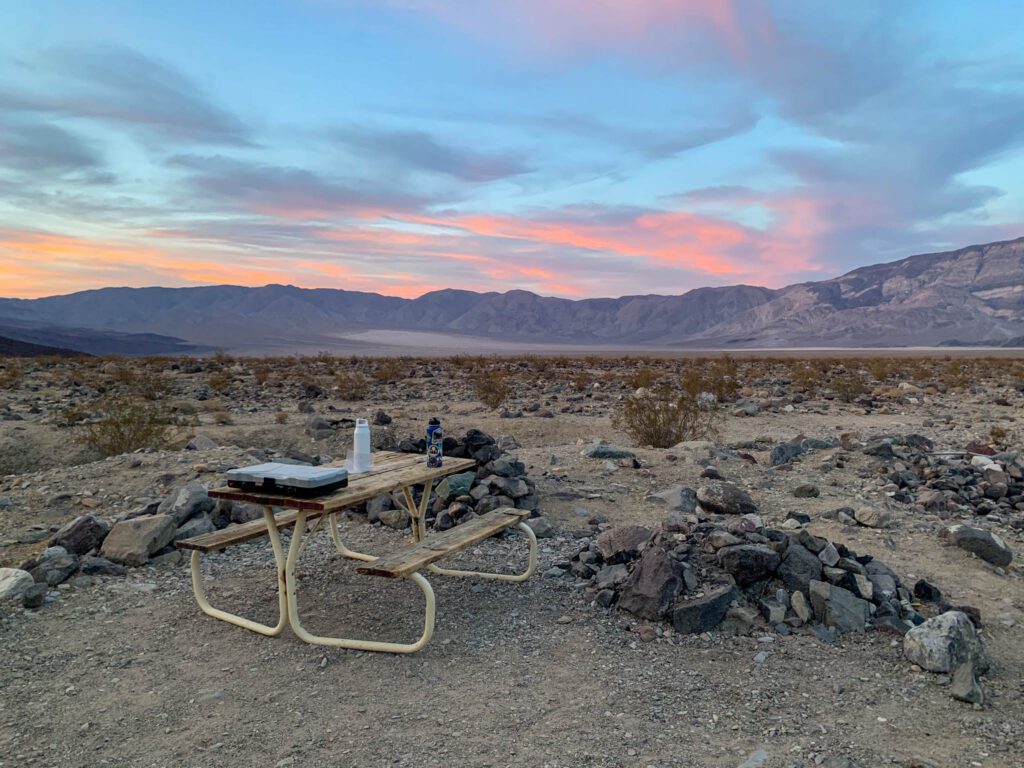
There are a ton of campsites in Death Valley, and all of them except for Furnace Creek Campground are first-come-first-served.
Furnace Creek Campground has 136 sites, and takes reservations between the months of October and April (roughly the 15 th of each month).
This is where we stayed, and it’s a fairly nice campground. Potable water, flush toilets, sinks to do dishes – it has it all. It’s open all year, and becomes first-come-first-served over the summer.
The other two campgrounds in the area are Sunset Campground (270 sites!), which we mistook for overflow parking for the visitors center because it’s literally just a dirt parking lot with a few bathrooms – no tables or fire pits here, which means it’s better for RVs – and Texas Springs Campground (96 sites), which is up on the hill with a nice view over the valley below.
After the Furnace Creek area, your next best bet is going to be Stovepipe Wells Campground , which is first-come-first-served and has 190 sites, making it the second biggest campground in the park.
We stopped by to check it out, and it’s nothing special, but if you can’t snag a site near Furnace Creek, it’ll do just fine. You’ll just be a bit further from the bulk of the sites in the park.
There are a smattering of other campgrounds throughout the park, and some of them might be good if you’re planning to hike Telescope Peak or explore the more remote northern parts of the park.
Tips for Camping in Death Valley
There are some things to consider if you’re planning to camp in Death Valley.
First is the fact that the vast majority of the sites in the park are first-come-first-served . If you’re coming on a weekend, you’ll need to plan on securing your site as soon as possible.
As of the time of writing (April 2021), Texas Springs and Mesquite Spring fill up by 7pm on Friday night, and by 1pm on Saturday. Stovepipe Wells fills around the same time.
On the bright side, you’ll probably be able to find a site at Sunset Campground, it just won’t be such a pleasant camping experience.
The other thing to keep in mind is that a lot of the campgrounds are straight up closed during the hot summer months , so if you’re planning on visiting when the valley is at its hottest (first of all, don’t), you’ll need to make other plans.
Furnace Creek Campground is the only well-located spot to camp, and with such a limited number of campsites in the park over the summer, it can fill up – particularly over long holiday weekends.
Emigrant and Mesquite Spring are also open over the summer, but are not ideally located for exploring the park.
Find more information on camping in Death Valley here .
Tips for Visiting Death Valley National Park
Here are some tips that we picked up over the course of our trip that you may (or may not) find useful as you plan your trip to Death Valley.
- When they say Death Valley is hot, it’s not a joke. Temperatures are regularly above 100 degrees F in the warmer months (April to September), which means you need to be extra careful to stay hydrated and wear sun protection. Wear plenty of sunscreen, a sun hat, and drink at least a gallon a day. We were regularly dehydrated despite drinking as much water as we could.
- There is cold water at the Furnace Creek Visitors Center, which is a lifesaver! There is also water at most campgrounds, and at Stovepipe Wells, but it was basically warm.
- Stop at the rangers station to show your National Parks Pass (or pay the $30 entrance fee) and you’ll get an orange piece of paper that you can place on your dashboard – the passes warp in the heat, so they give you the paper to keep your pass intact.
- There are electronic kiosks at most entrances where you can pay the entrance fee. I think that’s the first time we’ve seen them at a national park, which is cool! There’s one at Furnace Creek, Stovepipe Wells, and along 190 on the way into Death Valley from the east entrance (from Vegas).
- There are only a couple of places to eat in Death Valley – mostly at Furnace Creek and Stovepipe Wells. You could also bring a cooler and pack a lunch to enjoy on the road, which is what we do.
- There’s essentially no cell service in the park , with the exception of very spotty service at the Furnace Creek Visitors Center. Plan on downloading an offline Google Map of the park, or grabbing a paper map before your trip.
- The official park map has handy markings that show which roads are paved, which are unpaved but suitable for regular passenger vehicles, and which roads require 4WD / high-clearance.
- Death Valley is a big park – over 5,000 square miles – which means you’ll be driving a lot. T here are gas stations at both Furnace Creek and Stovepipe Wells , but it’s going to cost you an arm and a leg to fill your tank. Make sure to fill up your tank outside the park, which will save you upwards of $2 per gallon.
A Complete Guide to Planning an Amazing 2 Day Death Valley Itinerary
Below, you’ll find a fairly detailed guide to our take on how to plan an amazing 2 days in Death Valley.
Plus, below that, we have an additional section on what to do with 3 days in Death Valley, both with a high-clearance vehicle, and without, in case you find yourself with more time.
Note : We’re assuming you arrive in Death Valley the night before, and have two full days in Death Valley, leaving on the morning of the third day to head home, or onto your next stop (might we suggest Zion National Park or Yosemite?).
Day 1: Dante’s View, Zabriskie Point, Golden Canyon, and Badwater Basin
Experience the southern circuit of highlights on your first day in Death Valley, which will take you on a loop that starts with a spectacular view over Badwater Basin from 5,000 feet above, and ends with you on the floor of the basin at the lowest point in North America.
Unfortunately, you’re going to have to choose between the two best sunrise spots in the park – Dante’s View and Zabriskie Point.
We chose Dante’s View, because it makes the most sense from an itinerary perspective.
Sunrise at Dante’s View
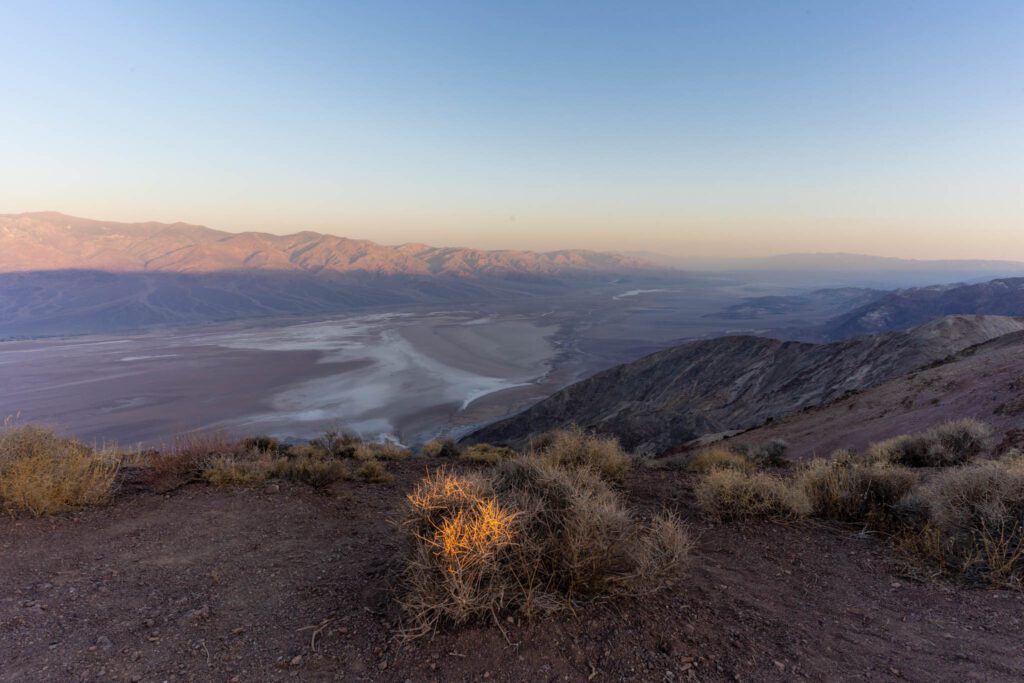
Dante’s View is a bit of a drive to get to, but we think it’s 100% worth it to get an incredible view over Badwater Basin and beyond. Star Wars nerds (like me) might recognize this as the Mos Eisley overlook from A New Hope.
At just a hair under 5,500 feet, this puts you a whopping 5,700 feet above Badwater Basin with spectacular views over the valley backed by Telescope Peak (which is at 11,000 feet) and the rest of the Panamint Range.
There’s a trail that follows the ridge to the north that leaves from the north end of the parking lot. It’s worth following for a bit to get a different view of the valley below – we went for about a quarter of a mile before heading back and moving on.
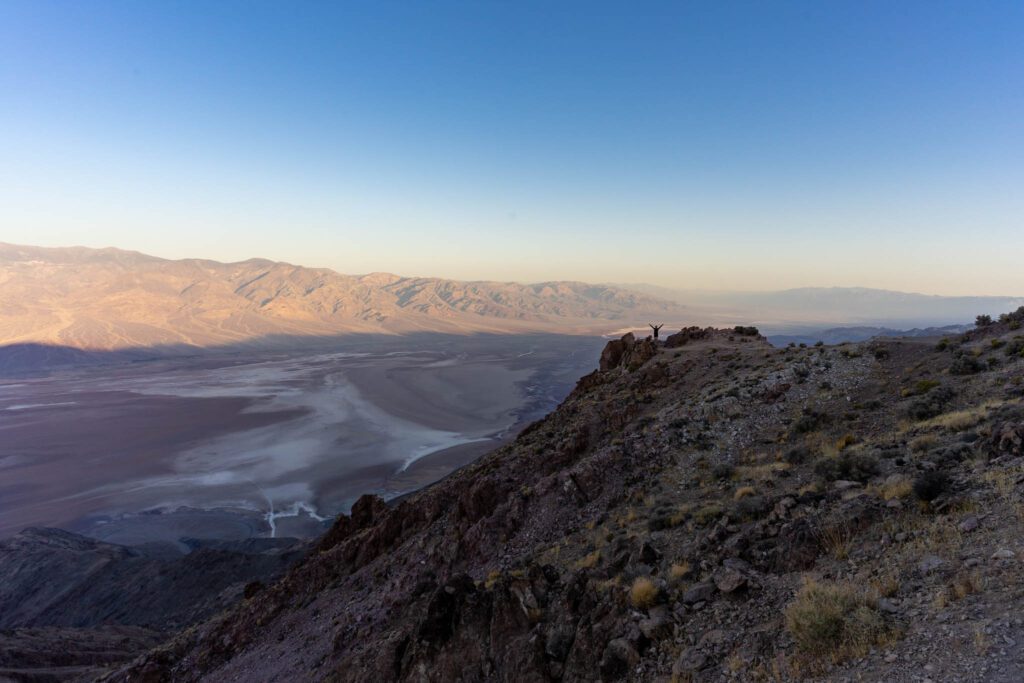
Oh, and there’s a bathroom at the trailhead (or rather just below it).
Twenty Mule Team Canyon

On the way from Dante’s View to Zabriskie Point is Twenty Mule Team Canyon, a road that was once used for transporting borax during mining operations.
It’s a 2.7 mile drive through the rolling golden hills, and there are a couple of spots where you can pull over and do a short hike to a vista point.
It’s unpaved, but we were totally fine in the minivan, so it’s suitable for most (if not all) passenger vehicles.
Zabriskie Point

Zabriskie Point is the next stop on your list, and it’s one of the more spectacular vistas in the park. You’ll likely share the view with a bunch of people, so don’t go into it expecting solitude.
A short, paved walk from the parking lot takes you up to a platform with panoramic views.
To the south you’ll see the rolling golden hills of Twenty Mule Team Canyon, this time from above.
To the north is a view over Badwater Basin, with a pointy peak in the foreground and magnificent textures in the rocks that form picturesque waves.
Hike Golden Canyon and Gower Gulch

The Golden Canyon and Gower Gulch loop was our favorite hike in Death Valley. Usually, you would do this hike from the Golden Canyon Trailhead on Badwater Road, but you can also do it from Zabriskie Point, which is our recommendation.
The main route is a 6.5 mile loop that takes you from Zabriskie Point, down through Golden Canyon to the Golden Canyon Trailhead, and back up through Gower Gulch.
The first part of the Gower Gulch portion of the hike (coming from the bottom) was our favorite stretch, so it’s well worth doing the entire loop. Bring plenty of water – more than you think you need – because it’s super exposed.
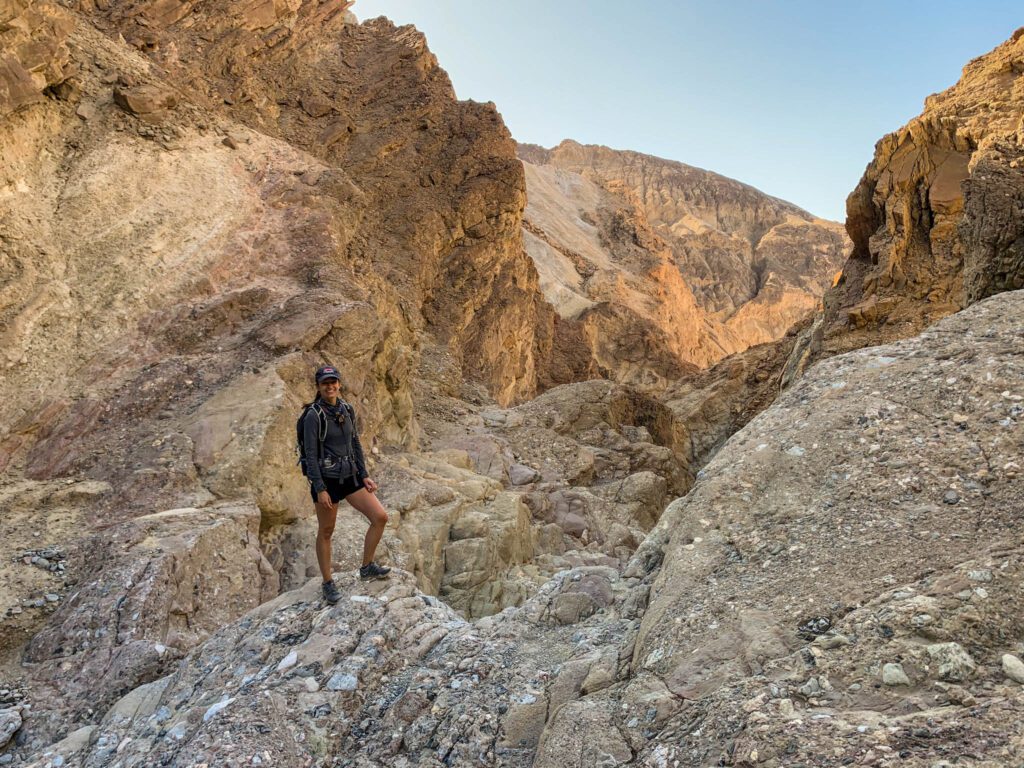
There are a couple of ways to alter this hike, depending on what you’re up for. I’m including the NPS Map here to help illustrate what I’m talking about.
Essentially, this hike is made up of two different figure eight loops. On the version of the hike I described above, you’re doing both loops in full. To shorten the hike, you’ll basically only do one of them.
- Add the 1 mile (roundtrip) offshoot to the Red Cathedral , an impressive rock formation just off the main trail.
- Complete the loop from the Golden Canyon Trailhead up through Gower Gulch, across the short 0.3 mile connector trail, and down the Golden Canyon trail, skipping the Badlands Loop entirely. This is a 4.3 mile hike, and is our second favorite way to do the hike.
- Complete only the Badlands Loop , which is 2.7 miles, and only includes the eastern part of the figure eight. We think you’re missing out here, so we’d opt for a different way of doing the hike.

After your hike, we’d recommend taking a break to beat the heat. From Zabriskie Point, you’re fairly close to the Furnace Creek Visitors Center, and likely your accommodations.
Take a break for lunch, either at one of the restaurants near Furnace Creek, in your room, or parked in the shade at the Visitors Center (no shame – that’s what we did multiple times!).
Check out the giant thermometer at the Visitors Center, which gives you the temperature reading.
A couple of hours before sunset, head out again for an adventure down Badwater Road.
Artist Drive & Artist’s Palette

Artist Drive is your first stop, located about ten miles down Badwater Road. It’s a nine mile one-way loop that climbs up into the hills and winds its way through canyons and vista points before putting you back out on Badwater Road.
There are a couple of places to park and get out of the car, and we think you should do just that. It’s only nine miles, but it took us about an hour to drive the entire circuit.

Artist Palette is about half way through, and there’s a turnoff the main road to the right with a relatively small parking lot.
There’s a nice view from the parking lot, but for the best view, leave the parking lot and climb up the hill to your left, which has a well-worn path that leads to an overlook where you’ll be able to see the colors of the Palette in all their glory.
The range of colors – greens, oranges, reds, and more – are a result of the metals that are found in the hills.
Over time, they’ve oxidized, creating a mish-mash of colors that make it one of Death Valley’s many unique features.
Note that if you have an RV, you can’t drive this road . There’s a 25 foot limit on all vehicles because the canyon is narrow and winding at points.
Natural Bridge
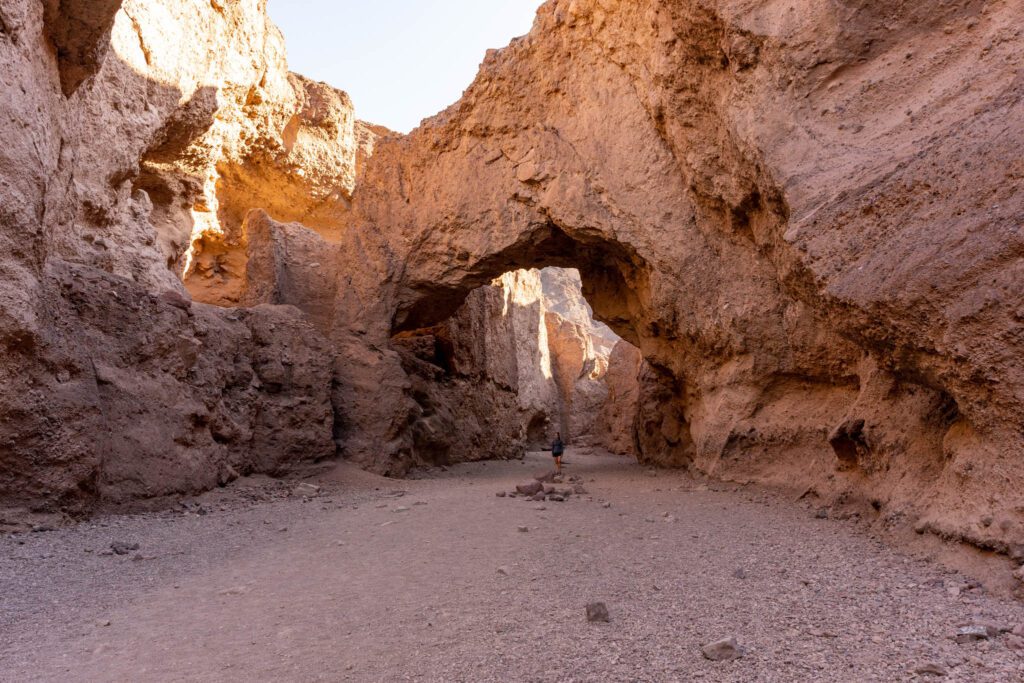
The loop you just finished spits you back out onto Badwater Road. Continue south until you reach the turnoff for Natural Bridge, which is fairly well marked.
The road here is gravel, but we did it just fine in our minivan, and it’s marked as suitable for all vehicles.
From the parking lot, it’s a very short hike up into the canyon, where there’s a… what’s the word I’m looking for… natural bridge? It’s about a half mile into the canyon, and it’s a relatively easy hike.
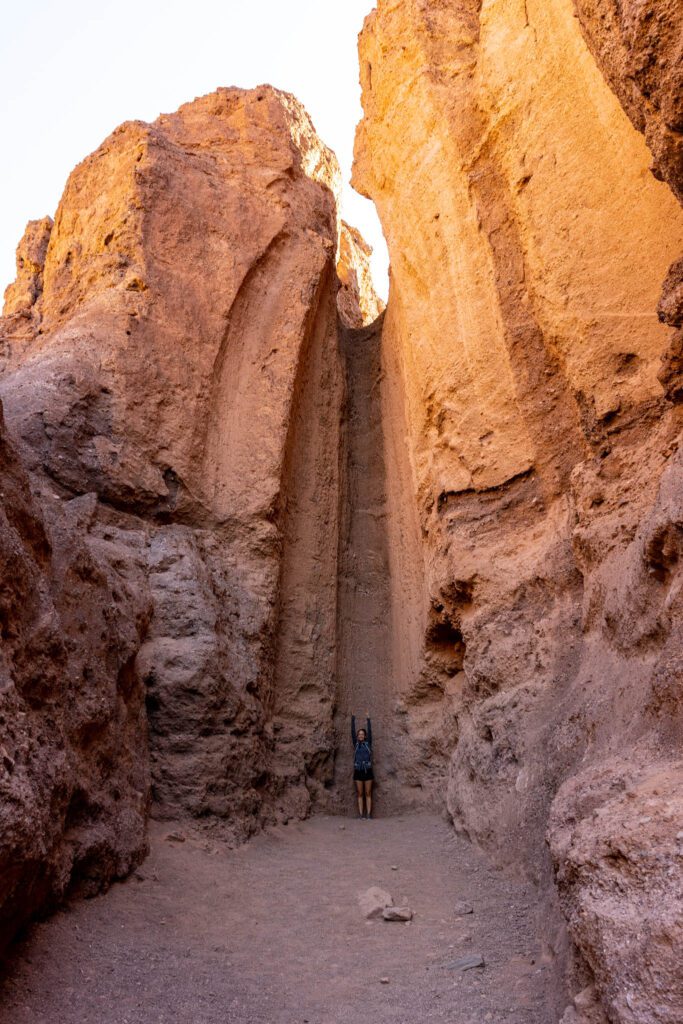
There’s a cool dry falls past the arch, just an extra few hundred feet up the trail that’s worth visiting.
Badwater Basin
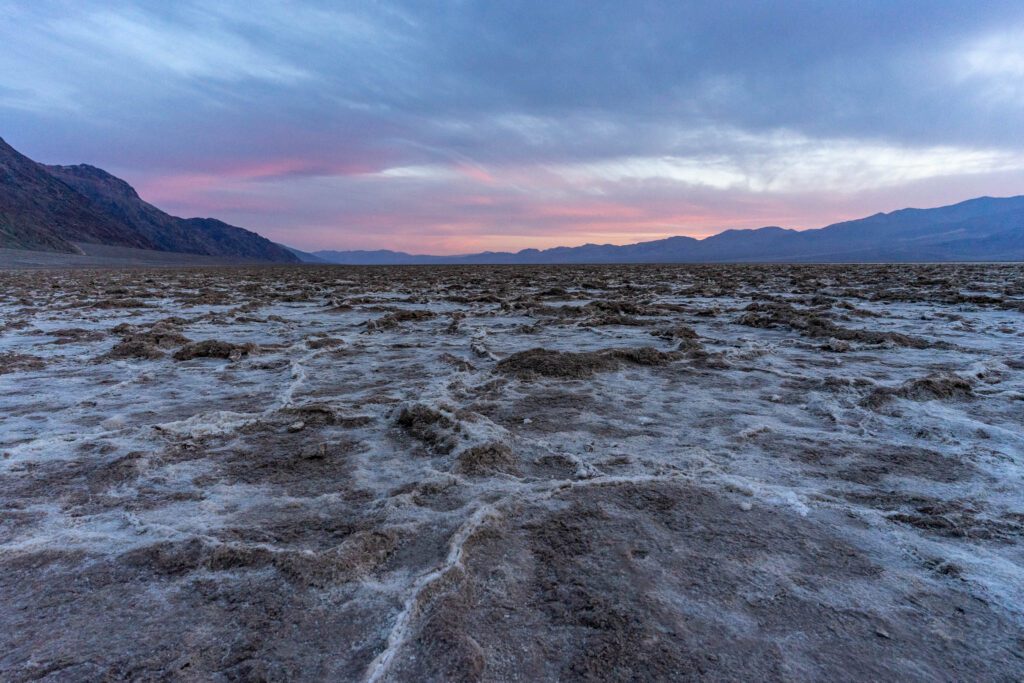
Remember when you started your day with Dante’s View, an epic viewpoint of the salt flats of Badwater Basin from more than 5,000 feet up?
Time to end your day by getting up close and personal with the epic Badwater Basin, the lowest point in North America at 282 feet below sea level. The salt flats here are one of the more unique parts of Death Valley.
I laughed at one of the informational signs that pointed out that most of white mineral covering the ground is sodium chloride, aka table salt.
It’s hard to imagine in the present day, but at one point, Lake Manly covered this basin.
Obviously, it has since evaporated in the heat. Since there’s no outlet for the lake, it accumulated a bunch of minerals (notably, salt) that were left behind when the lake disappeared.
There’s still a small, very salty pond near the parking lot – DO NOT VENTURE OFF THE BOARDWALK near the lake. It’s a very fragile ecosystem, and you could disturb it.

Walk out on the well-worn path across the basin for about a mile, where you’ll have the best view of the surrounding landscape. At your back, Dante’s View and the ridge that you hiked earlier.
In front of you is Telescope Peak, which towers over Dante’s view with a difference of over 11,000 feet – that’s more than two miles!
The salt flats reflect heat, which makes it SUPER hot in the summer months. The National Park Service does not recommend this walk after 10am in the summer.
Day 2: Mosaic Canyon, Ubehebe Crater, and Mesquite Flats Sand Dunes
Your second day in Death Valley involves a lot of driving, but it’s going to be worth it.
Start with our favorite slot canyon hike in the park, spend the middle of the day in your AC-oasis as you make your way to the Ubehebe Crater, and head to Mesquite Flats Sand Dunes for sunset.
Mosaic Canyon
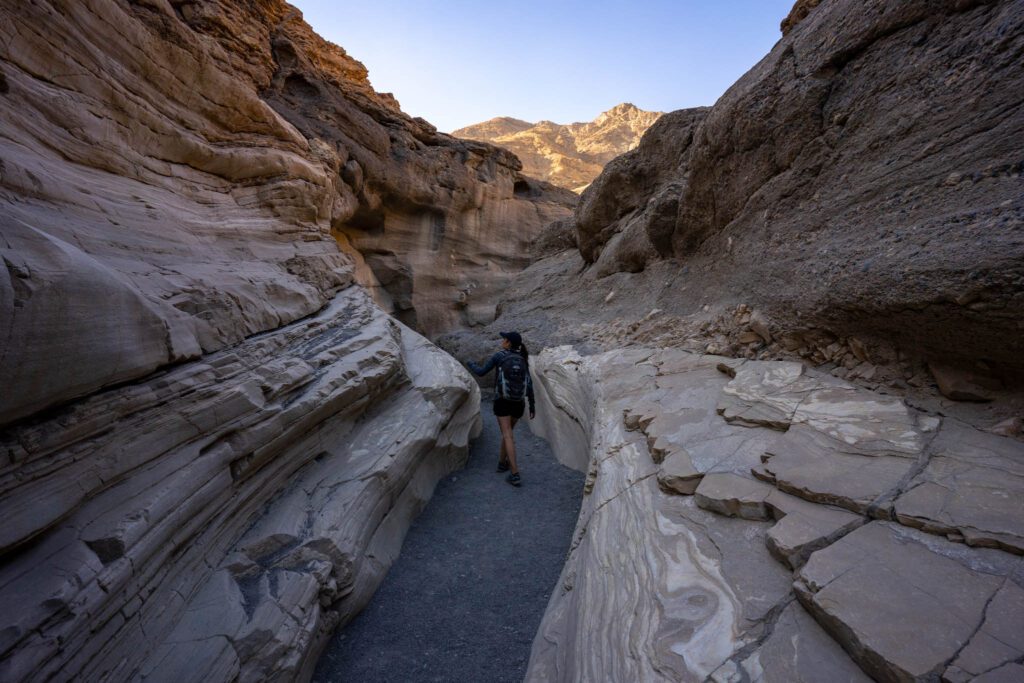
Early on your second day, head out to Mosaic Canyon, which is west of Stovepipe Wells, about an hour away from the Furnace Creek Visitor Center (if that’s where you’re staying).
We say early because we did this first half of this hike before the sun rose above the canyon walls, and it was spectacular. On the way back down, the sun had risen above the walls and the harsh light was not nearly as enjoyable, not to mention the heat.
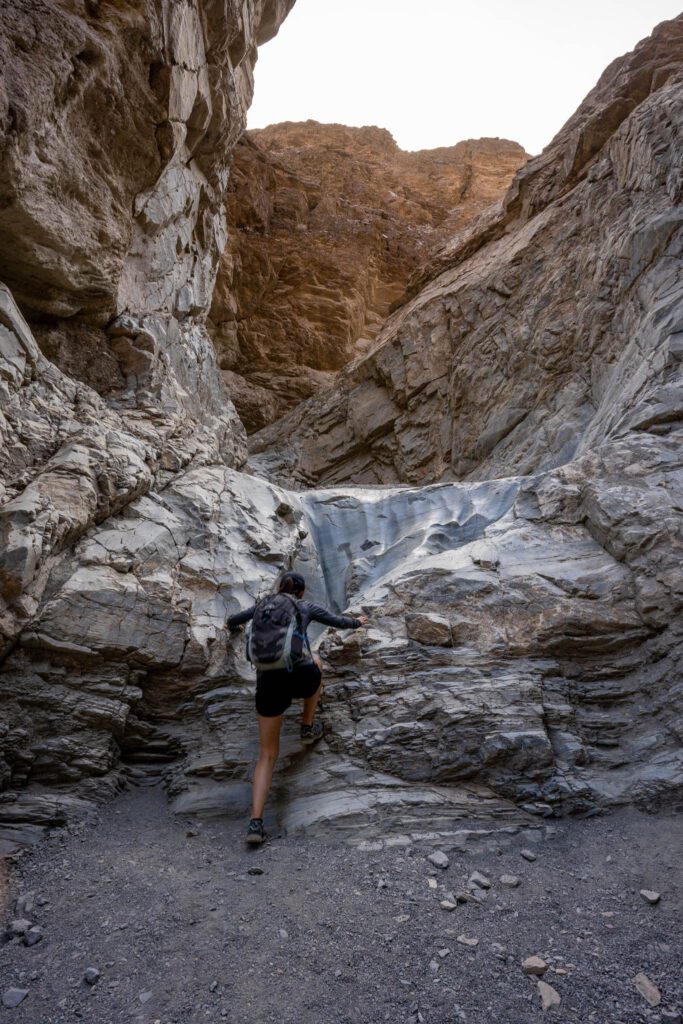
Get there as early as you can – before 8am if possible.
The road to the trailhead is dirt, but we were able to do it easily in the Honda Odyssey.
The best part of this hike is probably the first half mile or so, when the canyon is narrow and you’ll be up close and personal with the ever-changing textures of the walls.
It’s mesmerizing, and fascinating to think about how that even happened – how was there ever that much water here?

After that, the canyon oscillates between wide and narrow. There are several dry falls where you’ll need to do some scrambling, but nothing too intense.
Until you reach the towering dry falls at about a mile in. There’s a detour up the hill to the right, which was marked with an arrow made of rocks when we were there.
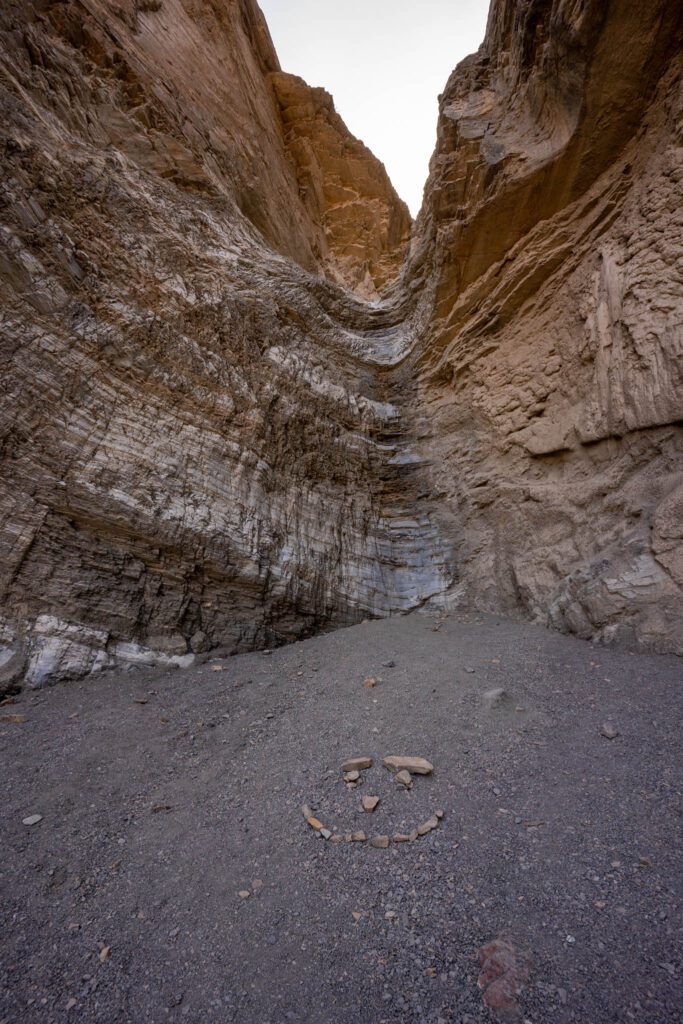
Continue through the canyon until you reach the end, which is another dry falls. This one is clearly marked with a STOP made of rocks in the sand (and a smiley face), and there’s no detour to get around it.
Ubehebe Crater

You might think about doing the Mesquite Sand Dunes now, considering you’re going to pass right by it, but we’d recommend waiting until sunset, which is a far better time to be out there, when the dramatic shadows bring out the texture of the sand, and the golden light illuminates the dunes in a deep orange color.
Instead, head up to the Ubehebe Crater, which is a bit of a drive (an hour, give or take ten minutes), but is worth the journey.
You’ll take Scotty’s Castle road most of the way up there, turning left onto Ubehebe Crater Road when it forks.
The crater, which is 600 feet deep and over a half mile across, is a sight to behold. You have a few different options in terms of what to do when you’re up here.

You could circumnavigate the crater , walking around the entirety of the rim, which is a relatively easy 2 mile loop that gains about 400 feet of elevation over the course of the hike.
You could also hike down to the crater floor , which is about a half mile round trip and loses (then gains) 500 feet over that short time, which is no joke. The climb back up is going to be a slog, so be prepared with plenty of sun protection and water.
You could also do the short hike to Little Hebe , which is a smaller crater right next to Ubehebe. The short hike is about a mile long, and gains minimal elevation so it’s mostly flat.
Or, you could do all three! Which is what we’d recommend. Start from the parking lot, descending to the Crater floor first, then come back out and start the full loop heading clockwise around the crater.
At about 7 o’clock (if you pretend the crater is a big clock, NOT ACTUALLY THE TIME), you’ll reach an offshoot that leads to Little Hebe Crater.
Do the short loop and continue back along the crater rim to the parking lot. It’s about two and a half miles with 700 feet of elevation gain, but the majority of that comes with the descent to the crater floor.
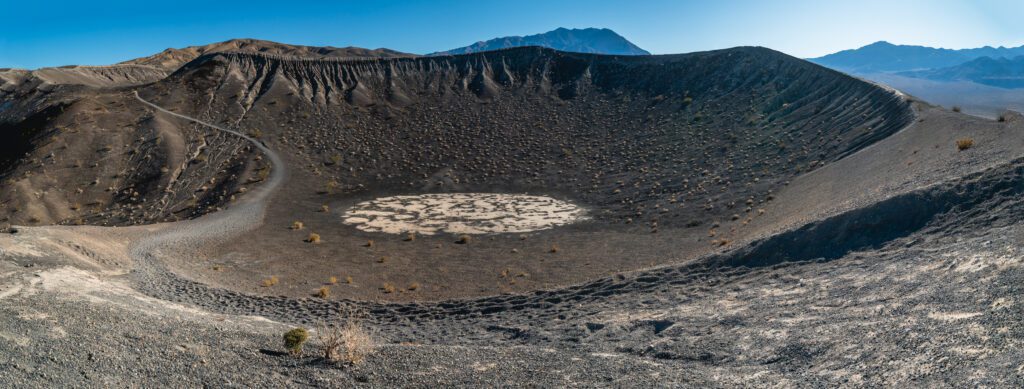
Note : If you have a high-clearance, 4WD car and you’re up for a bumpy drive, head out to Racetrack Playa, home of the sailing stones, which move across the ground in a mysterious way. It’s a long, bumpy journey that will take several hours, and it should not be attempted by people who don’t have a suitable vehicle.
Scotty’s Castle
Scotty’s Castle is worth the short detour on the way back from the crater. It’s a villa in the middle of the desert, built in the 1920’s and 1930’s by a millionaire from Chicago as a winter home.
Except he accidentally built it on government land rather than the land he actually owned – big OOPSIE DAISY.
After the death of the owners, the National Park Service bought it, and today it’s open to the public and you can take a fun history tour with a guide who’s dressed up in clothing straight out of the 30’s. Most of the villa is still intact.
Note for 2023: Scotty’s Castle is closed through the end of 2023 due to a major flood, unfortunately. Opening date is still undetermined, check the park website to check the status for your trip.
Mesquite Flats Sand Dunes
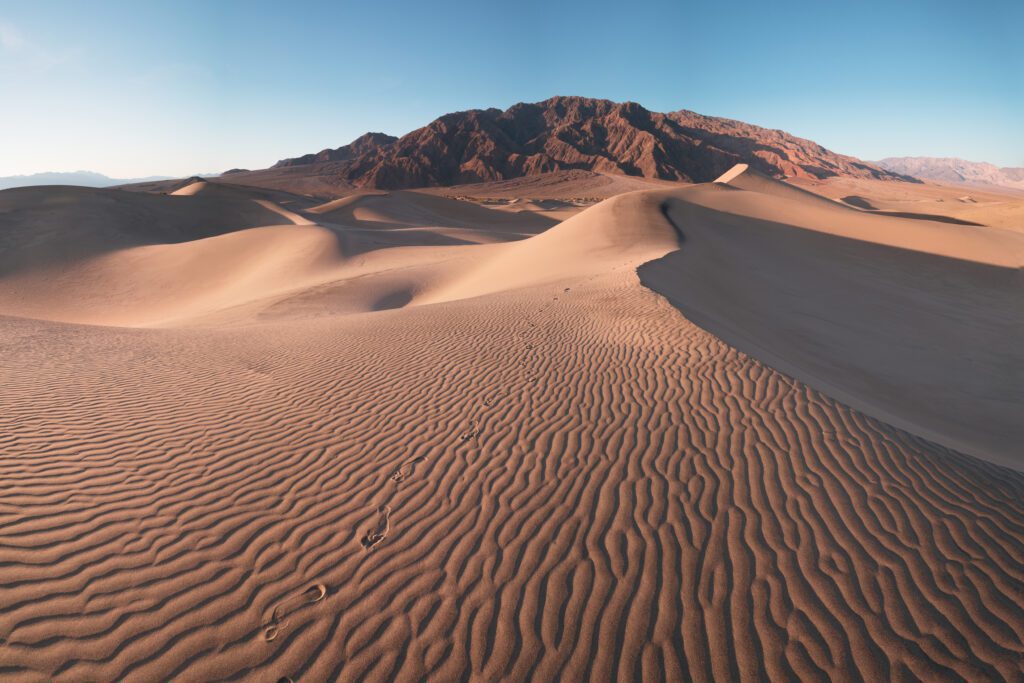
Finish your day back near Stovepipe Wells at the Mesquite Flats Sand Dunes.
It’s an easy hike out to the dunes from the parking lot, but remember that you’ll be walking on sand, so it’s significantly harder than it looks.
You can sand board here, if you happen to have a board or a sled. Or just slide down on your butt, but be prepared to get sand everywhere.
This hike is 2.8 miles long if you go all the way out to the star dunes, which are, pardon the pun, the star of the show.
What to Do with 3 Days in Death Valley
First of all, two or three days is not nearly enough to see everything Death Valley has to offer.
It’s a massive park, and you’re going to have to pick and choose what you want to see with only a couple of days. This is particularly problematic because of the long drive to get there and back from anywhere in California.
With that said, here are some ways to spend the last of 3 days in Death Valley IF you have a 4WD vehicle.
Telescope Peak
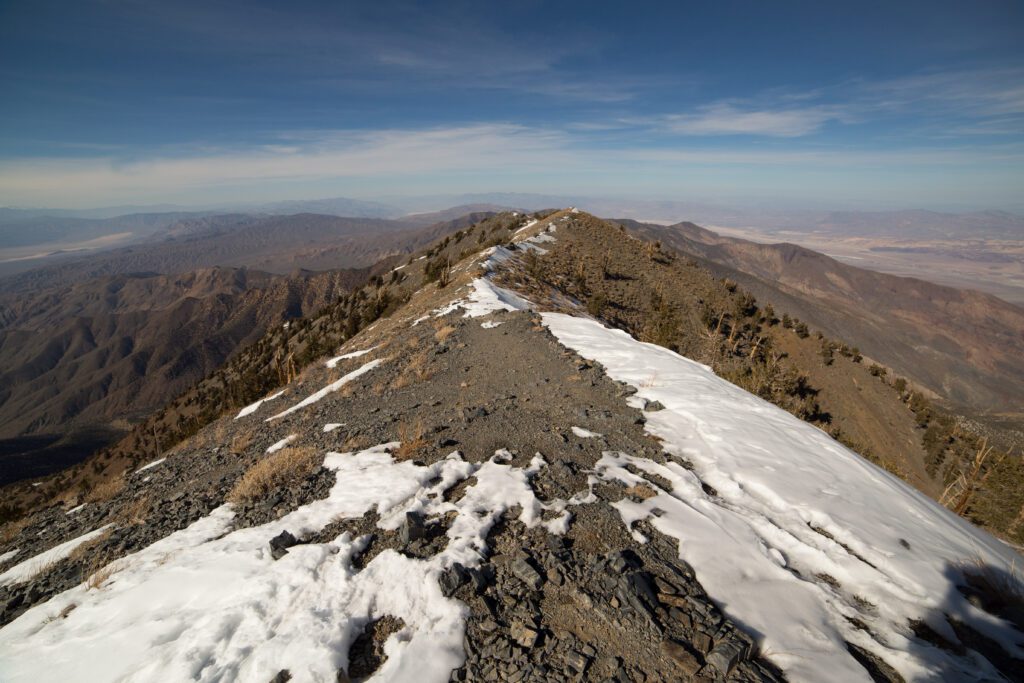
Telescope Peak is the tallest mountain in the Panamint Range, which towers more than 10,000 feet above you when you’re in Badwater Basin. Getting to the summit involves a grueling 14 mile hike with 3,000 feet of elevation gain.
Which means you’re climbing 6,000 – 7,000 feet to reach the trailhead from the floor of Death Valley. You’ll approach from the western side, which means you’ll head out past Stovepipe Wells. The last 1.5 miles of the road to reach the trailhead is rough, and the NPS does not recommend it for normal vehicles.
There is a campground at the trailhead, which would be a nice place to spend the night before your climb so that you can get an early start.
The trail starts by alternating between aggressive climbing and winding through meadows until you get to the switchbacks, which start at about 4 miles in. That’s where the climb starts to pick up again as you make your way to the summit, which sits at 11,000 feet above sea level.
Note that this hike is really only doable in the spring and summer, when the trail is no longer icy and the road is clear of snow. Because of the elevation, it’s much, much cooler than the rest of Death Valley, and the ice on the trail lingers well into the spring. Make sure to check conditions at the Visitor Center before you attempt this hike.
Darwin Falls

Wait, a waterfall in the desert? That can’t be right. Darwin Falls is an oasis in a landscape with very little water. It’s just west of Panamint Springs Resort, which makes this a great stop after Telescope Peak or on your way to or from Los Angeles.
The road to get to the trailhead is a little rough, so it’d be best to have a high-clearance car.
For what it’s worth, the official park map lists the road as “high-clearance recommended,” though we’ve read reviews that it’s doable with a normal car. Note that there are no restrooms at the trailhead.
The hike itself is moderate, gaining 450 feet in the mile it takes you to get to the waterfall (that’s a one-way distance, round trip this hike is right at two miles). It’s an unmarked trail, but the path will be fairly clear once you get there – tons of people do this hike.
There is no swimming in the pool – it’s a source of drinking water for the surrounding area.
Poke around Leadfield, an abandoned lead mining town along the road to the canyon, and Rhyolite, a ghost town just northeast of the eastern entrance, for some extra fun while you’re out there.
Titus Canyon
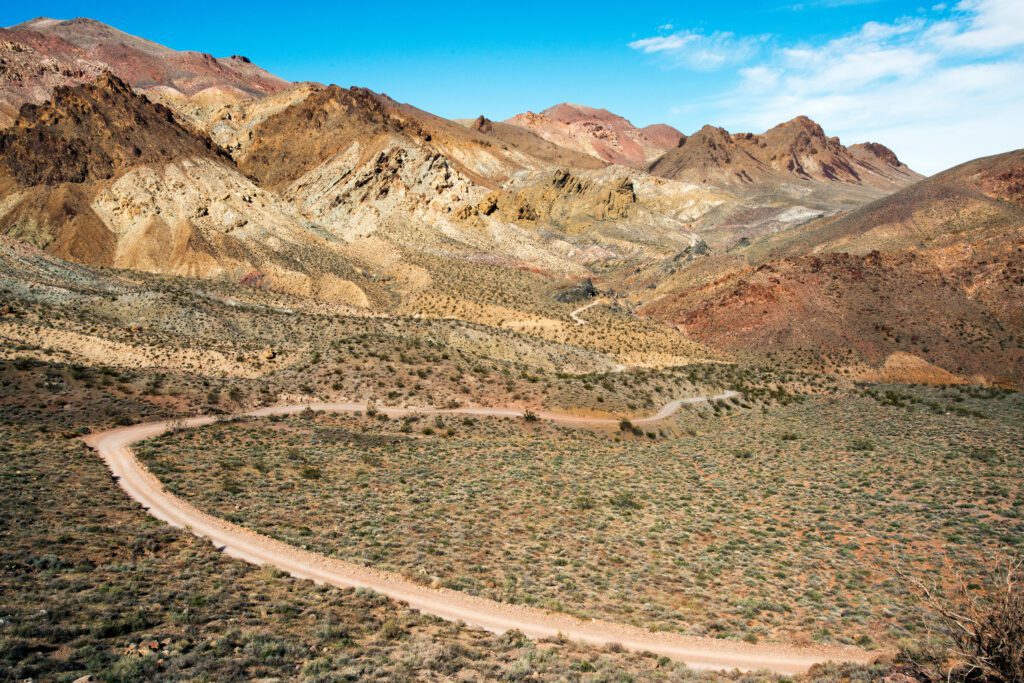
We were really bummed that we couldn’t do this drive, because it looks great! Titus Canyon is actually along the way up to the Ubehebe Crater, so you could add it as a stop on your way back from the Crater on day 2 if you have the time.
This drive is going to be similar to Twenty Mule Team Canyon, but significantly more rugged and scenic.
You can either start it from the western end, which is along that road up to the crater, or on the eastern end , which is along Hwy 374 outside the eastern edge of the park.
The canyon walls tower above you for the 27 mile drive, which is rougher on the eastern side of the canyon and can get a little bit sketchy when two cars end up trying to pass each other going opposite directions on the narrow, one way road.
What to Do With One Day in Death Valley National Park
Only have one day in Death Valley? Here’s how we would compress the 2 day itinerary above into a single, action-packed day.
This will work best if you have an overnight in the park, either to get an early start or to allow you to spend more time in the park around sunset and not have to worry about driving back to your accommodations.
Start your day with Dante’s View for the sweeping views over the valley below, which is where you’ll end the day (similar to the first day of the two day itinerary above).
Then, drive down to Zabriskie Point , stopping at Twenty Mule Team Canyon along the way to do the scenic drive.
Next, drive around to the Golden Canyon trailhead and do the hike up into Golden Canyon, looping around through Gower Gulch, which is going to be a moderate hike of about 4.2 miles.
Next, we’d recommend heading down to Badwater Basin and walking out onto the salt flats. If you’re not here during the winter, it’s going to be hot! On your way back towards the middle of the park, make stops at Devil’s Golf Course and Artist Drive .
By now, it should be time for a brief siesta, so head into the area around Furnace Creek and take a lunch and water break, either in the shaded parking spots at the Visitor Center, or at the restaurant at the Oasis at Death Valley.
For the afternoon, make the drive up to the Stovepipe Wells area and do the hike out to the Mesquite Sand Dunes . The light here is particularly spectacular around sunset, when the dunes light up with a golden orange color.
That’s an action packed day – if you want to cut some time, either because you want a more leisurely pace or because you have a long drive to Vegas at the tail end of the day, skip the Golden Canyon hike (or make it shorter by just doing a portion of the loop).
- 4 Days in San Francisco: A Local’s Guide
- Where to Stay in San Francisco
- How to Plan a Perfect San Francisco to Los Angeles Road Trip
- Plan an Incredible Seattle to San Francisco Road Trip
- The Best Day Trips from San Francisco
- 5 Days in Los Angeles, California
- Where to Stay in Los Angeles, California
- Gluten Free Los Angeles: The Best GF Eats in L.A.
- Gluten Free San Diego: Complete Travel Guide for Celiacs
- Where to Stay in San Diego, California
- A Perfect Northern California Road Trip
Matt is the founder and main writer behind Wheatless Wanderlust, which he started back in 2018 as a way to share his gluten free travel guides with his fellow Celiac travelers.
Since then, Matt and his wife Alysha have visited 18 national parks, spent three months in Europe and six weeks in Colombia, and have explored every corner of the Pacific Northwest, which is where Matt grew up.
He writes super detailed guides to the places they visit, bringing together personal experience and historical context to help YOU plan an amazing trip.
Hey Matt and Alysha
I hope you are doing great. What are your thoughts on visiting death valley in on Valentine’s weekend? I want to plan a trip for my wife that covers Las Vegas and Death Valley. We love national parks and haven’t been to a dessert such as death valley. Can you please give some tips? Thanks
Regards Vikrant Kaushal
Hey there! February is a great time to go to Death Valley. It’s going to be cool enough to actually do things in the middle of the day, which was the problem we ran into in late March – it was blazing hot by 10am! All of our best tips and tricks are in this guide – let me know if you have any specific questions as you plan your trip and I’d be happy to answer them.
Leave a Reply Cancel reply
Your email address will not be published. Required fields are marked *
This site uses Akismet to reduce spam. Learn how your comment data is processed .
Getaway Compass

2-Day Death Valley National Park Itinerary: How to Spend a Weekend in Death Valley

Death Valley National Park is one of the most unique destinations in the United States. In Death Valley you can visit the lowest elevation point in North America as well as the hottest place on earth. The extreme conditions of the park make for unique natural wonders to explore including the salt flats, badlands, canyons, waterfalls, craters and more. Two days in Death Valley National Park is the perfect amount of time to see the highlights of the park. Continue reading this 2-day Death Valley National Park itinerary to plan a memorable weekend exploring this fascinating destination.
2-Day Death Valley Itinerary: Contents
The best time to visit death valley.
The best time to visit Death Valley National Park is between November and April when the weather is cooler and comfortable to hike in. Do not visit Death Valley in the summer! This is a dangerous time to visit the park as temperatures can get as high as 120 degrees Fahrenheit. You won’t be able to hike in the summer which means you will miss some of the best things to do in Death Valley.
Keep in mind that the weather in the park can vary largely depending on where you are due to the vast difference in elevations. For example, Dante’s View is at 5,475 ft so it is significantly cooler than Badwater Basin which is 282 ft below sea level.
Death Valley Fees
There is no official kiosk at the entrances to the park as there is a major road that goes through it. However, when you do visit attractions in the park you are required to pay the fees. You can do so at self-serve kiosks located in the park or at one of the visitor centers. The cost is $30 per vehicle and it is valid for up to 7 days. At the visitor center you can get a map as well as a card to place on your windshield to provide proof of payment.
Alternatively, you can use an America the Beautiful National Parks Pass which you can purchase online ahead of time. This pass gives you access to over 2,000 federal recreation sites including national parks and national monuments. At $80, it is worth purchasing if you plan to visit a few national parks in the next year.
Where to Stay Near Death Valley National Park

Inside the Park
There are three hotels located inside the park which include The Inn at Death Valley , The Ranch at Death Valley , and Stovepipe Wells Village Hotel. The Inn at Death Valley is the most expensive option but it is also the nicest. The benefit of staying inside the park is that you can save a lot of driving time when you are here for two days. The downside with staying inside the park is that it is expensive for the quality of the accommodation that you are getting and you have limited food options at the hotels. Experience staying at one of the hotels in the park without spending too much money by booking a stay for just one night.
Outside the Park
The closest towns to stay outside the park are Beaty and Pahrump. Pahrump is bigger than Beaty and has more restaurant and Airbnb options. In Pahrump you can find many affordable Airbnb options that are a better value than hotels inside the park. Pahrump is about 1 hour away from Furnace Creek Visitor Center and 1.5 hours from Mesquite Flat Sand Dunes. Beaty is located only 30 minutes from Mesquite Flat Sand Dunes and about an hour from Furnace Creek Area.
We have stayed in two Airbnbs in Pahrump on our visits to Death Valley National Park. Most recently we stayed in this Guest Suite which is a great value and is conveniently located 3 miles from the road that leads to Death Valley National Park. It was one of the cleanest and most comfortable Airbnbs we have stayed at and the price was unbelievable. If you are looking for more space, I recommend this guesthouse which we stayed at on our previous visit to Death Valley. It is a comfortable stay with a kitchen and it even has a Koi Fish Pond next to the outdoor cabana.
How to Get to Death Valley National Park
Death Valley National Park is in a very remote location in California near the border with Nevada. The top sights in the park are located in Furnace Creek and Stovepipe Wells areas of the park. If you are not within driving distance of Death Valley National Park the closest airport with commercial flights is in Las Vegas (LAS). You can start planning your weekend in Death Valley National Park by searching for flights on Skyscanner .
Death Valley National Park is the largest park in the lower 48, covering over 3.4 million acres. The best way to explore the park is by renting a car to road trip through the park. Book your rental car in advance on Discover Cars which compares rates across rental car companies to find you the best deal.
Book a Tour from Las Vegas to Death Valley National Park

If you are staying in Las Vegas and don’t plan on renting a car, you can book a small-group tour to Death Valley National Park. This Death Valley Small-Group Day Adventure from Las Vegas is the best way to visit the park without having to rent a car. This day trip takes you to most of the top destinations in Death Valley National Park including Mesquite Flat Sand Dunes, Badwater Basin, Zabriskie Point, Artist’s Pallete, and Dante’s View.
If you want to make sure you see the sunset in the park and have time to stargaze, I recommend booking this Death Valley Sunset & Starry Night Tour from Las Vegas. Watching the sunset at Zabriskie Point is an extraordinary experience making this tour worth the cost.
What to Pack for a 2 Days in Death Valley

- Daypack : Bring a backpack to carry your water and camera while exploring Death Valley National Park. This REI backpack is a great bag to use for shorter hikes.
- Water bottle : Make sure to bring a water bottle that you can refill. This Stanley water bottle is perfect for Death Valley as it stays cold for 12 hours.
- Jacket : In the winter it can get cold in the mornings and evenings in Death Valley so make sure to bring a jacket. It is also colder at higher elevations in the park such as Dante’s view.
- Hiking Clothes : This itinerary consists of several hikes so make sure to wear comfortable clothes.
- Cooler with lunch and snacks: Death Valley National Park has limited food options so make sure to bring lunch and snacks with you. Don’t forget to bring a cooler for your food. This Stanley cooler is our go-to for road trips.
- Camera : Death Valley National Park is one of the most picturesque places in the United States so you’ll want to bring your camera. I use the Sony A7RIII mirrorless camera with the Tamron 28-75 mm lens .
Things You Need to Know Before Visiting Death Valley

- There are limited bathrooms in the park. You can find bathrooms at Furnace Creek Visitor Center or in Stovepipe Wells Village general store and restaurant.
- To get the official national park map and brochure you will need to stop at the Furnace Creek Visitor Center and show your pass.
- In the summer Death Valley National Park can get over 120 degrees which is dangerous to hike in. Opt for visiting Death Valley during the cooler seasons when you can explore more of the park safely.
- When it is raining or after it recently rained avoid hiking in canyons as there is a risk of flash floods.
- There is no cell phone service in most of the park. Make sure you know your plan before heading into the park and save the locations that you want to see on google maps.
2-Day Death Valley National Park Itinerary
Click on the map below to open the interactive map with all the highlights of this Death Valley Weekend Itinerary.

Death Valley Weekend Itinerary: Day 1
Golden canyon trail to red cathedral.

Start your weekend in Death Valley National Park by hiking Golden Canyon Trail to Red Cathedral. Golden Canyon Trail is about 3 miles round trip with 570 ft elevation gain that guides you through a canyon to a viewpoint of the badlands. The trail begins with slight elevation gain through a canyon. As you continue the canyon narrows and you will have to climb up rocks.
Once you reach the red canyon wall you can take a left and keep going around until you see a narrow steep trail up to a viewpoint. Very carefully continue up this trail to see a breathtaking view of the badlands and the valley beyond. As you make your way back down you will see another trail on your left which takes you up to another view of the canyon and is also worth the short hike up. This last part of the trail is very narrow, steep, and slippery so make sure to be extra careful.
If you have more time on your way back you can take a left towards Zabriskie Point. This will add about 1.6 miles each way if you go all the way to Zabriskie Point, making your total hike about 6.2 miles round trip. You can access the National Park Service Map of the trail options in this area here .
Read More: 5 Most Underrated National Parks in the U.S. You Must Visit
Artist's Drive and Artist's Pallete

Artist’s Drive is a one way 9-mile road that takes you through colorful badlands. There are a few spots where you can stop and enjoy the views. The most popular viewpoint on this drive is called Artist’s Palette. You can see the viewpoint from the parking lot or you can walk out and hike on these desert hills. Artist’s Pallete is a must-see during your 2 days in Death Valley National Park.
Devil's Golf Course

Devil’s Golf Course is a quick stop down a short dirt road. This unique landscape was formed after salt lakes deposited salts which were then eroded by wind and water, forming jagged spires. It is called Devil’s Golf Course since it is said that only the devil could play on such a terrain.
Read More: Day Trip to Channel Islands National Park: Santa Cruz Island
Badwater Basin

Badwater Basin is the lowest point in North America at 282 ft below sea level. A short, half-mile walk from the parking lot will take you to the edge of the salt flats. The salt flats have unique patterns formed by wind and water and span 200 square miles. Visiting Badwater Basin at sunset was one of the highlights of our weekend in Death Valley.

In August 2023 Hurricane Hillary brought rain to Death Valley that led to the accumulation of water on Badwater Basin. This formed a temporary lake where Lake Manly used to be 10,000 years ago. The lake continues to evaporate, but as of February 2024 there is still a shallow lake a number of inches deep. With the lake you get to experience Badwater Basin in a unique way, and although you won’t see the salt polygons you will enjoy the reflection of the surrounding mountains.
Tip: The best way to explore Badwater Basin when there is water covering the salt flats is with rain boots . I ordered these rain boots before our latest visit to Death Valley and they allowed me to explore further without worrying about ruining any shoes. You won’t want to walk barefoot because the salt can be sharp and the water can be cold.
Death Valley Weekend Itinerary: Day 2
Zabriskie point.

A short walk from the parking lot leads you to Zabriskie Point, a viewpoint of the colorful badlands. Here you can find one of the top hikes in the park, a 2.7-mile loop down into the badlands from Zabriskie Point. We visited Zabriskie Point different times of the day and being there at sunset was by far the most beautiful. You could adjust your itinerary to try to be here during sunset, but it is also the best time to see most places in the park.

Dante's View

Dante’s View is a viewpoint on top of the Black Mountains over 5,000 ft above the salt flats. The road to Dante’s View is 17 miles off the main road and offers great views throughout the drive. Since it is at a higher elevation it is at least 10 degrees cooler so make sure you have a jacket. There is a short path that you can follow to see more of the salt flats with the Panamint Mountains towering above them.
The landscape of Death Valley National Park is constantly changing. In the first photo you can see the view of Badwater Basin salt flats dry. On the bottom you can see Badwater Basin covered by Lake Manly, created by the heavy rain and flooding from Hurricane Hillary in August 2023.
Mesquite Flat Sand Dunes

A weekend in Death Valley National Park is not complete without a visit to Mesquite Flat Sand Dunes. Mesquite Flat Sand Dunes are the most popular sand dunes in the park and the easiest to reach. The sand dunes extend 14 square miles with the highest dune one mile away from the parking lot. The dunes were created by the eroded sand from the mountains around Death Valley which was carried by wind and continues to accumulate at the bottom of Tucki Mountain. Spend time exploring the sand dunes and taking photos. The best time to visit is early morning or late afternoon when there are shadows.
Read More: Yellowstone National Park Weekend Itinerary
Mosaic Canyon Trail

Finish your weekend in Death Valley National Park hiking Mosaic Canyon Trail, a unique 4 mile round-trip trail with 1,200 ft elevation gain. The first part of the hike is the best, taking you through narrow canyon marble walls. As you continue hiking the canyon walls open up and the trail becomes wider. You don’t have to do the whole trail, but I definitely recommend experiencing it by hiking the beginning. The 2.3 mile road to get here is unpaved but it is easily passable and we had no issue in a low clearance sedan.
FREE Southern California Coast Google Maps List with 80+ Destinations
After living in Southern California for a couple of years we have created a google maps list with the best beaches, hikes, viewpoints, parks, and nature preserves. Explore Southern California with this list of 80+ nature destinations along the coast with detailed notes and tips. Subscribe below to get the link!
If You Have More Time...
Two days it the perfect amount of time to see the highlights of Death Valley National Park, but if you have more time there are more unique sights to explore.
- Ubehebe Crater : The 600 ft deep crater is located about an hour each way from Stovepipe Wells area so it is a bit of a drive. You can hike a 1.5 mile loop around the crater.
- Desolation Canyon Trail : This trail is located close to Golden Canyon Trail and is 3.6 miles round trip with 600 ft elevation gain.
- Natural Bridge Trail : This is a short one mile round trip hike to a natural bridge.
- Darwin Falls : Darwin Falls is located about 50 minutes southwest of Stovepipe Wells area. There is an unpaved road to get here that requires a 4×4 high clearance vehicle. The hike is 2 miles round trip and takes you to a waterfall.
Disclosure: Please note that some of the links above are affiliate links for products and services I recommend. At no additional cost to you, I earn a commission if you make a purchase. As an Amazon Associate I earn from qualifying purchases.
GETAWAY COMPASS

Travel guides created to inspire and enable people to use their time away from the office to explore the world.
Get Your Free eBook: 23 Travel Hacks to Save Time and Money

8 Must-Visit Destinations on New Zealand’s South Island

15 Places You Cannot Miss on Your Big Sur Road Trip

10-Day Costa Rica Itinerary: From Hot Springs to Cloud Forests

20 Best Weekend Getaways in the United States
Related articles.

How to Visit Death Valley National Park in One Day

How to Visit Badwater Basin and Lake Manly in Death Valley National Park

10 Best Things to Do in Death Valley National Park

Fall is the Best Time to Visit These 5 National Parks

Northern California Hidden Gems Weekend Road Trip

10-Day Colorado Road Trip Itinerary
- Post published: March 20, 2018
- Post category: USA
The Best Death Valley Itinerary for an Awesome Weekend Trip
Ready for an extreme weekend? Death Valley National Park is the hottest, driest, and lowest national park, and is home to the lowest point in the Western Hemisphere (282 feet below sea level). Check out my 2-day Death Valley itinerary to plan your weekend getaway!

Death Valley National Park Weekend Trip Overview
- PTO/Vacation Days Needed: 0-1
Death Valley Itinerary
- Day 1: Mesquite Sand Dunes, Devil’s Golf Course, Badwater Basin, Natural Bridge
- Day 2: Zabriskie Point, Artist’s Palette, Mosaic Canyon
SEE ALSO: Camping at Anza Borrego State Park – Everything You Need to Know
How to Get to Death Valley National Park

Death Valley is about 5 hours northeast of Los Angeles. If you plan on driving here after work on Friday evening, I recommend breaking up the drive by stopping for the night at Red Rock Canyon campground, to avoid driving at night on the back roads to Death Valley.
This itinerary is based on driving from Los Angeles Friday night (stopping in Red Rock Canyon campground) and driving to Death Valley early Saturday morning from there, coming back Sunday afternoon.
Best Time to Visit Death Valley National Park:
Death Valley is famous for the highest temperature ever recorded in the world (134 degrees). Based on this extreme heat, the best time to go to Death Valley National Park is in winter when temperatures are more mild.
Where to Stay in Death Valley
Camping in death valley.
There are several first-come/first-served campgrounds in Death Valley. We were there on a holiday weekend and were still able to find a spot at Sunset Campground with no problem ($16/night).
If you want to reserve a campground ahead of time, Furnace Creek campground is open to reservations from October 15th-April 15th for $22/night.
Try getting an awesome RV or campervan deal so you can camp with some comforts of home! want to reserve a campground ahead of time, Furnace Creek campground is open to reservations from October 15th-April 15th for $22/night.

Hotels near Death Valley:
If you aren’t the camping type, book a room at one of the lodges inside the park, such as the beautiful Inn at Death Valley !
For a more affordable hotel, you can stay just 15 minutes outside the park at Amargosa Opera House and Hotel
Death Valley Itinerary – Day 1
Mesquite sand dunes, devil’s golf course, badwater basin.
- Natural Bridge
The first stop you’ll encounter upon entering the park is Mesquite Sand Dunes . While these aren’t the tallest sand dunes in the park, they are the most accessible and are the largest dune field in Death Valley.

Keep driving on the main park road until you come across signs for “Devil’s Golfcourse”. Make a short stop here- check out this large salt pan and venture out onto the jagged mounds of salt that keep going as far as the eye can see. This place got its name from an old guide book from the ’30’s that noted “only the devil could play golf here”
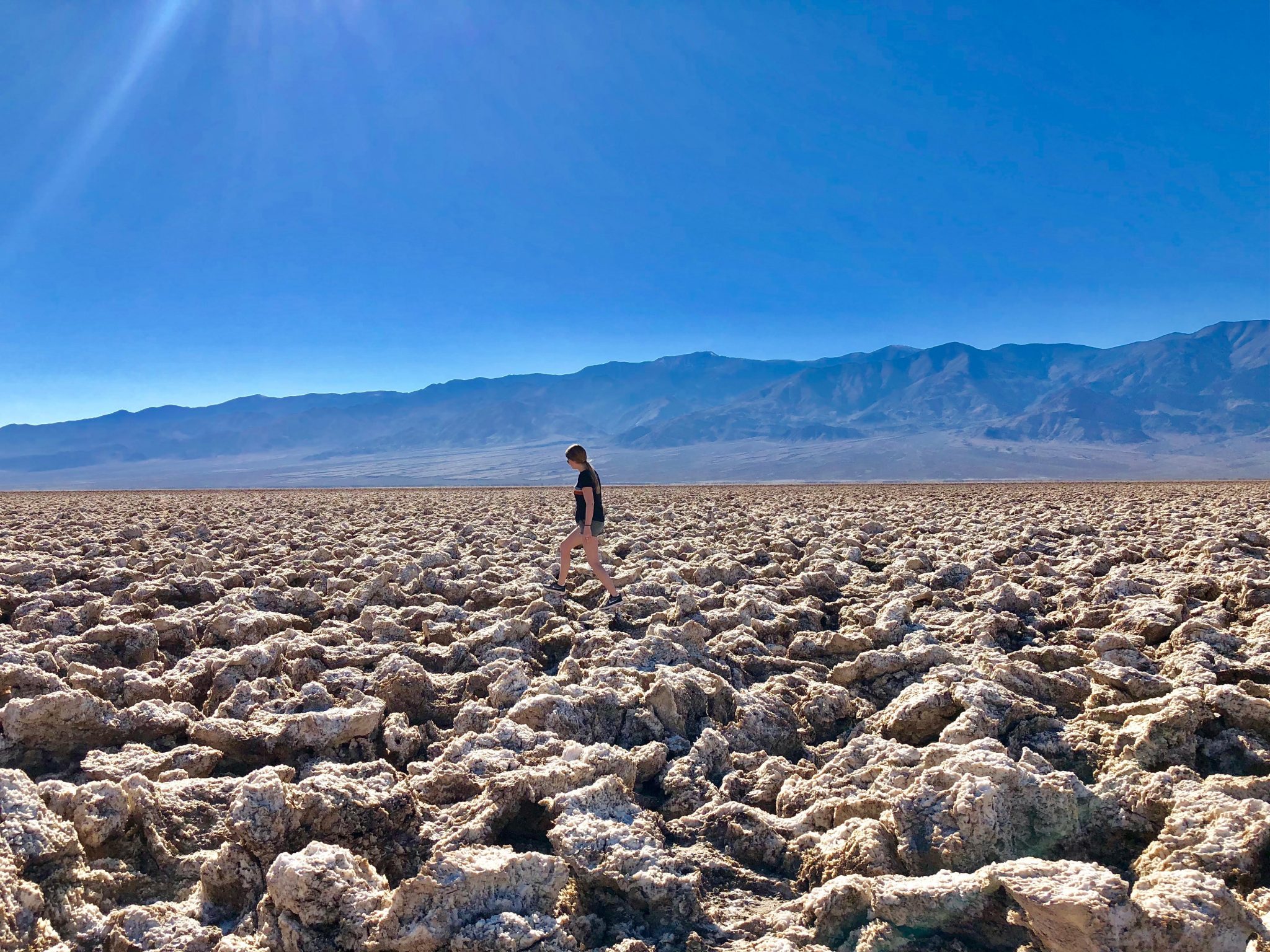
Natural Bridge Canyon
Continue on the main road until you get to Natural Bridge Canyon on the left side of the road. This 2.3 mile round-trip hike leads to a 50 ft. tall bridge that was formed naturally by erosion from flash floods. This bridge can be seen about 15 minutes into the hike from the parking lot, in case you don’t want to hike the full trail. Even though the trail is short and fairly easy, make sure to bring water, as the air is super hot and dry!

Keep going on the main park road until you get to the last stop of the day- Badwater Basin . This salt flat is the lowest point in the Western Hemisphere, at 282 ft. below sea level. Stroll along the boardwalk, going as far until the boardwalk disappears and you are walking on more of a dirt trail instead, to soak in the views without as many people around!

After Badwater Basin, head back towards the way you came to snag a spot at the first-come-first-served campground for the night (we stayed at Sunset campground).
Death Valley Itinerary – Day 2
Zabriskie point.
- Artist’s Palette
Mosaic Canyon
Head to Zabriskie Point in the morning (try to make it for sunrise if you can!) for a beautiful viewpoint overlooking the badlands of Badwater Basin. You can walk up the short paved trail to the top, but can also explore along the dirt trails to the side, where you can escape the crowds.

Artist’s Drive
Next up – head to Artists Drive for a scenic, 9-mile drive through colorful mountains and canyons. The start of the drive is clearly marked with a sign on the left side of the road, driving towards Badwater Basin. It will take you about 45 minutes, depending on how long you stop along the way. After about 5 miles of the drive, you will reach Artist’s Palette- a naturally multi-colored face of the mountain. There is a small parking lot and a trail where you can get out and walk to through the canyon to check it out! Pictures don’t really do it justice- this is something you need to see in person!

Once you finish the Artist’s Drive, start heading back in the direction of Los Angeles and towards your last stop- Mosaic Canyon . The gravel road to Mosaic Canyon is right across the street from the Stovepipe Wells campground near the entrance to the park. The hike is 4 miles round trip, but there is so much to see even in the first part of the hike in case you don’t want to go the whole way. The trail meanders through smooth canyon walls, making its way into a slot canyon a few minutes into the hike.

After your hike of Mosaic Canyon, start the scenic drive back to LA!
Other Things to Do in Death Valley if You Have Extra Time:
- Ubehebe Crater
- Racetrack Playa (you need 4 wheel drive for this. If you don’t have 4wd, they have Jeeps for rent in the park)
- Eureka Dunes
- Gower Gulch Loop

Things to Note about Death Valley National Park:
- The best time to visit Death Valley is in winter months, when temperatures are mild. It get can to over 110 degrees F if you go in the summer!
- You probably won’t have cell service, so print out a map!
- There are several signs along the road that make getting around pretty easy as well
- Drink lots of water!!
- Bring layers- it gets cold at night
- Drones aren’t allowed in National Parks, but once you exit the park the drive is very scenic and open if you want to get some cool shots

Death Valley Packing List
As an Amazon Associate I earn from qualifying purchases.
- Nano Puff Jacket (packs up small and keeps you warm when it gets chilly at night!)
- The COLDEST Water Bottle (seriously – it stays colder than Hydroflask!)
- Hiking Boots (these are my fave)
- REI Soft Cooler (I have this and love it!)
- Cliff Bar Energy Chews (great to give you a boost of energy on hikes!)
- Sony A6000 (I’m just starting to learn photography, but this is the camera I’ve been using! I love it)
- SmartWool Hiking Socks

Like what you see? Share it! Share this content
- Opens in a new window
You Might Also Like

Zion National Park Itinerary: Your Guide to the Best Hikes in Zion

The Most Epic Things to Do in Southern Utah

White Pocket, AZ: An Epic Alternative to The Wave
This post has one comment.
Love Death Valley! Zabriskie Point is a must see. The stars never sparkle so clearly as they do there.
Leave a Reply Cancel reply
Save my name, email, and website in this browser for the next time I comment.
- Work with Me
- Start a Blog
- Yearly Roundups
- 101 in 1001 Goals
- how to start a travel blog
- tips for new bloggers
- write me a guest post!
- Work With Me
A Passion and A Passport
Proving Travel is Possible with a Full-Time 9-5
Sand Dunes, Salt Flats, and Slot Canyons: The Ultimate 2 Day Death Valley Itinerary
last Updated: May 8, 2023 california Death Valley national park
FYI: Affiliate links may be sprinkled throughout the awesome, free content you see below. I’ll receive a small commission when you purchase from my links (at no extra cost to you), which I’ll totally blow on adult things like boba tea and avocado toast. As always, thanks for the support.
Planning a trip to the desert and looking for things to do in Death Valley National Park? You’re in luck, because I’ve put together a massive guide! Full of places to see, where to stay, and a comprehensive Death Valley itinerary. You’ll be on your way in no time!

Death Valley is the hottest, driest, and lowest national park in the USA. It’s also one of the hottest places on Earth (it gets to a blistering 120°F in the summer). And this heat is no joke — it’s called Death Valley for a reason!
Out of all the national parks in California , if you’re looking for a wide variety of landscapes and adventures, definitely choose Death Valley.
The park is a land of extremes and contrasts – there’s salt flats, sand dunes, and even slot canyons to explore. Pastel-covered mountains. Creeks and waterfalls (which are weird to find in the middle of the desert).

And scientific mysteries like rocks sailing across dry beds of mud. It’s weird and wild, and a great place for adventurers — as long as it’s not summer. It is one of the best places for a winter weekend getaway in the states if you’re looking to escape the cold!
My never-ending California bucket list is full of things to do in Death Valley, so I was ecstatic when we finally went and I got to cross a few off!
Before I share my Death Valley itinerary and all the fun things to see/do, I’m sharing some tips below!
Death Valley Travel Tips
Where is death valley national park.
Death Valley National Park is located in south eastern California, bordering the state of Nevada. It’s actually not too far from Las Vegas — only 2 hours away! If we’re getting super specific, it’s a desert valley in Inyo County, east of the Sierra Mountains!
How to get to Death Valley

From Las Vegas
Death Valley is kiiiinda in the middle of nowhere, so plan to do a bit of driving no matter what. Your best bet would be to fly into Las Vegas (landing at McCarran International Airport), and then make the ~2 hour drive to the park.
There’s two main routes to choose from when driving from Las Vegas to Death Valley:
- Pahrump and Death Valley Junction (via NV-160)
- Indian Springs and Amargosa Valley (via US-95)
Our GPS told us to head to Pahrump, go north to Amargosa Valley, then continue to Death Valley Junction. Not entirely sure why, but we made it there! On our route we passed by fields of wacky Joshua Trees, super wild terrain, and even a town known for its UFO sightings. It honestly looked like we were driving through another planet! That’s California for ya!
From Los Angeles
While Las Vegas is definitely the most convenient option, note you can also drive to Death Valley from Los Angeles . It’ll take approximately 4 ½ hours (plus all that inevitable LA traffic), so you may wanna stay for an extra night.
How long to stay in Death Valley
We stayed 2 nights, 2 ½ days and thought it was perfect. We kept our exploring to the main highlights near Furnace Creek, so note if you wanna see more, plan another day or two.

There’s honestly so much to see, just note you’ll need to do some long-ish drives. We didn’t feel like the extra driving, so we stuck to the main areas near Furnace Creek. I’ve heard of people staying a week or longer if they wanna explore further afield — like The Racetrack and/or Ubehebe Crater.
Day Trips to Death Valley
Would I recommend visiting Death Valley as a day trip from Las Vegas? Probably not, as you’ll miss out on so much of the park.
If you can stay at least one night, definitely do! If you absolutely cannot, get a super early start, and plan to drive back to Las Vegas in the dark.
There’s a few tours which take visitors to the park from Vegas, which I highly recommend as they’ll know the best spots and you won’t have to drive back after a long, tiring, and possibly sweaty, day.

A few recommended tours:
- Death Valley Small Group Full-Day Tour from Las Vegas : This tour takes you to all the major Death Valley hotspots, including Dante’s View, Badwater Basin, Zabriskie Point, Devil’s Golf Course and more, all in just one day from Las Vegas! Plus an included picnic lunch in Furnace Creek! It doesn’t get easier than that!
- Death Valley (plus Rhyolite) Full-Day Tour from Las Vegas : Explore the old ghost town of Rhyolite, snag a view of the valley from Hell’s Gate, visit Badwater Basin, Zabriskie’s Point, the Devil’s Golf Course, the Furnace Creek Museum, the Salt Lake, the Sand Dunes and Artists Pallet. Phew — what a day! Breakfast and lunch included!
- From Las Vegas: Death Valley Trekker Tour : Not only does the tour visit the main highlights of Death Valley (Badwater Basin, Zabriskie Point, etc), but also to the quirky Area 51 Alien Center and Rhyolite Ghost Town, all on a luxurious all-terrain vehicle.
Where to stay in Death Valley National Park
Since Death Valley is exceptionally large (3.4 million acres — whoa!), it’s wise to think in advance which parts of the park you wanna visit. And then pick a hotel/campsite nearby! Most visitors stay in Furnace Creek, which is kinda in the middle of all the popular sights — and where we chose to base ourselves (at The Ranch at Death Valley ).

Staying inside Death Valley National Park
Hotels inside the park:
There’s a few hotels located inside the park, but like in Yosemite , they’re pretty pricey. However, given its large size, I highly recommend staying within Death Valley itself if you can swing it.
- The Ranch at Death Valley : Where we stayed! The Ranch is a family-friendly resort with on-site restaurant, outdoor pool, large grounds, and a general store. We loved the extensive remodeling they just did! The rooms are kinda basic, but for the price and location, the hotel can’t be beat.
- The Inn at Death Valley : First-class resort with a swanky pool and beautiful patio for sunset wine and cheese. Best for couples and those looking for a super-chic stay.
- Stovepipe Wells Village Hotel (located in Stovepipe Wells): No-frills lodging with a restaurant, outdoor pool, general store, and property dogs. Much quieter than other areas of the park. Close to the Mesquite Flat Sand Dunes and Mosaic Canyon hike, but further away from the attractions near Furnace Creek.
- Panamint Springs Resort (located in Panamint Springs): Small cabins with great views and excellent service. Far removed from the main hotspots of Death Valley, so be prepared to drive a decent amount everyday. Don’t miss Darwin Falls if you’re staying in Panamint Springs!
Camping within the park:
Luckily, if you don’t mind getting your camping on, there’s quite a few campgrounds located within the National Park (for far less $$$ than any hotel you’ll find). Furnace Creek Campground fills up the fastest (due to its prime location), so book that sooner than later! And it’s also the only campground with RV hookups.
If you’re planning to camp in the winter months, keep in mind it gets super chilly at night. With that being said, due to extreme heat, only a few campgrounds are open in the blistering summer months from May – September.
Campgrounds:
- Furnace Creek Campground (fee)
- Stovepipe Wells Campground (fee)
- Mesquite Spring Campground (fee)
- Wildrose Campground (FREE!)
- Emigrant (FREE!)
- Thorndike (FREE!)
- Mahogany Flat (FREE!)
Staying outside Death Valley National Park
Hotels outside the park: Death Valley is quite remote, so unless you don’t mind driving a fair amount each day, I don’t recommend staying outside the park. However, there’s a few spots to consider:
- Beatty, Nevada (45 minute drive to Furnace Creek Visitor Center)
- Pahrump, Nevada (1 ½ hour drive to Furnace Creek Visitor Center)
- Shoshone, California (1 hour drive to Furnace Creek Visitor Center)
- Lone Pine, California (1 hour, 45 minute drive to Furnace Creek Visitor Center)
When to visit Death Valley
When you visit the park makes all the difference. And I’m not even joking. Visit between late-October and early-April, as other months see scorching hot temperatures that are simply too unbearable.

But whatever you do, SKIP THE SUMMER. Don’t even attempt a visit — you’ll be unbearably miserable. No one likes sweating and feeling sticky literally 24/7. And you won’t even be able to comfortably visit half the interesting things to do in Death Valley.
I don’t usually include monthly averages in blog posts, but it’s kinda hard to put into words just how hot the park is almost year round, so here ya go:
The way longer answer:
FALL/SPRING:
Spring in the most popular time to visit Death Valley National Park, because — wildflowers! If there’s been decent rain in the winter months, there might just be color in the desert (usually peaking late March to early April).
Fall is another great month to visit — with milder temps and clear skies. We visited in late fall (mid-November), and found the temps to be almost perfect. I was anticipating cool-ish weather, like low-60s or so, but it was actually a tad warmer. Definitely dress in layers as mornings are chilly and afternoons are nice and pleasant.
As soon as the sun sets, the temperature drops drastically and almost all of a sudden, so definitely keep a jacket/warm sweater in the car.
Death Valley is one of the best national parks to visit in winter . The average temps range from the mid-60s to the low 70s, making hiking actually enjoyable! Do note that overnight lows frequently drop into the upper 30s, so you’ll need to bring some cold-weather clothing (think, hats, gloves, etc) for stargazing at night. And unlike other parts of the county, there’s lots of clear and sunny days!

One negative of a winter visit is the fact that daylight hours are so much shorter (the sun set around 4:30pm in November when we were there). Make sure to get an early start if you truly want to maximize your time.
→ Read Next: 22 Stunning National Parks to Visit in Winter
Summer starts early in Death Valley, with temps heating up by March, and in the 90s by April. Soon enough, the extreme heat is unbearable to enjoy most activities. It’s hottest in July, with an average high temperature of ~115°F (with records in the 120°s as well)! Talk about sweltering.
With this being said, summer is not a great time to visit the park , as heat exhaustion and dehydration happen all too frequently.
Despite what I mentioned above, if you’re still planning to visit during summer (highly, highly discouraged), plan and pack accordingly. You’ll wanna get your hiking and exploring done in the early morning before the area really heats up. Bring at least a gallon of water per person per day, and don’t overwork yourself. If you’re feeling the effects of heat stroke, take it easy for a while and get outta the sun.
Where to eat in Death Valley
Well, there’s not many options, and the restaurants that are there are definitely on the pricier side. We had granola/protein bars for breakfast (which we brought from home), skipped lunch everyday (fueled up on snacks), and saved our big meal of the day for dinner.
We’re usually big foodies, but there’s no reason for huge meals in Death Valley. Plus, there’s nothing spectacular to write home about. Keep your foodie trips to Japan , Mexico City , and Rome !
With that being said, highly recommend bringing along snacks with you. Either buy them at home or in Vegas — you’ll be glad you have them.
If you do wanna eat in the park like we did for dinner, check out these two spots:
- 19th Hole (a casual bar at The Furnace Creek Golf Course – the burgers were great)
- Last Kind Words Saloon (at The Ranch at Death Valley; the food was good but it was unnecessarily pricey)
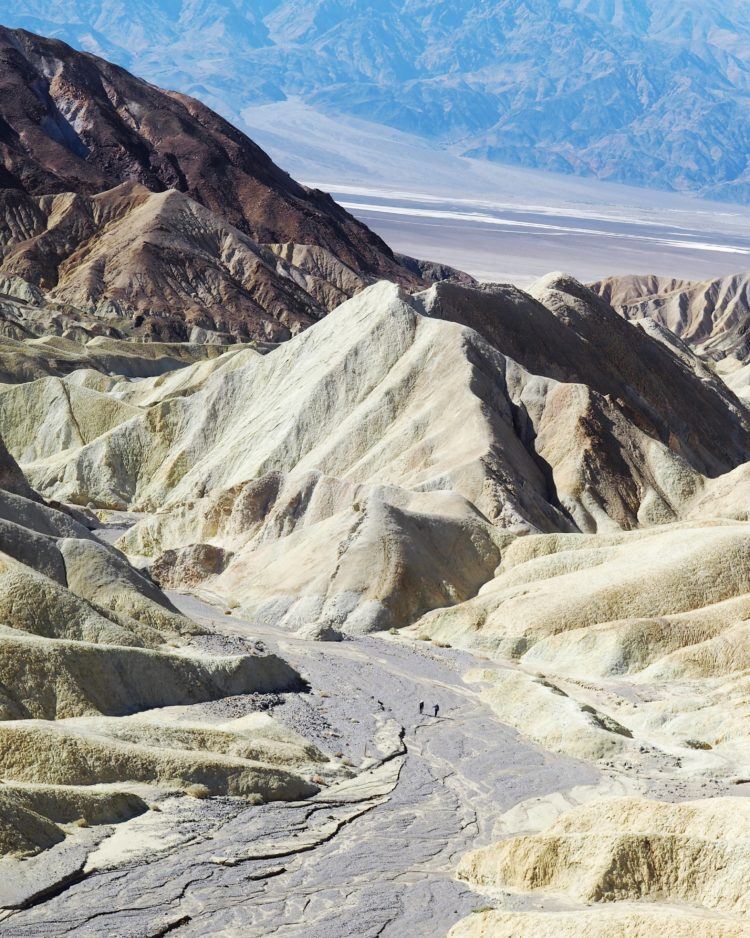
Additional Death Valley National Park Tips :
- You’ll wanna fill up on gas before entering the park , and then once again when you leave (Pahrump’s a good option). The limited options in the park are pretty expensive.
- 100% bring snacks with you (either from home or Vegas). The food is pretty pricey in the park, and there’s not many other options nearby.
- Although things look pretty close on the map, they’re much farther than they seem. Definitely plan out your days ahead of time so you’re not zigzagging back and forth.
- I recommend renting an SUV and/or a vehicle with 4WD . We had to drive down some pretty gnarly dirt roads, and we just stuck to the typical tourist spots. I think a typical car would have been ok, but we definitely felt more comfortable being a bit higher up to have more clearance off the ground on those iffy roads.
- The name implies there’s no life here, but there’s actually some desert plants and wildlife in the park . If you’re lucky you may spot some coyotes, bighorn sheep, and even pupfish (when there’s water in the park).
Things to do in Death Valley National Park
We’ve gotten to all the things to add to your Death Valley itinerary — woo! The best part! I’ve broken them down by Otherworldly Landscapes, Viewpoints, and Short Hikes and Walks. Pick a few from each section and plan your few days in the park (unless it’s summer – then stick to mostly viewpoints).

Note if you only have 2 days or so inside the park, all of these things to do in Death Valley won’t really be possible. You’ll want at least 3-4 days to conquer them all. I’ve included a suggested Death Valley itinerary at the end to further help with your planning.
Otherworldly Landscapes in Death Valley
Mesquite Flat Sand Dunes
OMG this was SO. MUCH. FUN. And by far one of my favorite things we did in the park. Sculpted sand dunes as far as the eye can see. Long-curving shadows. And mountains on the horizon. Now this is what I’m talking about. We spent all morning climbing up and running down the dunes!

The dunes are HUGE, and walking on them is a super surreal experience. It’s crazy to think this is California!
Definitely don’t leave the sand dunes off your Death Valley itinerary. I promise you’ll feel like you woke up in the far depths of the Sahara Desert (still on my bucket list).

Get up early and head out just after sunrise – the colors on the sand really shine in the morning! And plus, walking in the sand is way harder than it looks, so it makes for a great morning workout! If you wanna try something fun, bring a sled or piece of cardboard for sand boarding!
You can actually see the 100-foot sand dunes from the parking lot, but you’ll need to trek quite a bit for the good stuff. This is because the dunes closest to the parking lot will be covered in footprints, and you’ll only be able to see those untouched ripples in the sand by walking 20-30 minutes out. BRING WATER – it’s tough walking in the sand.
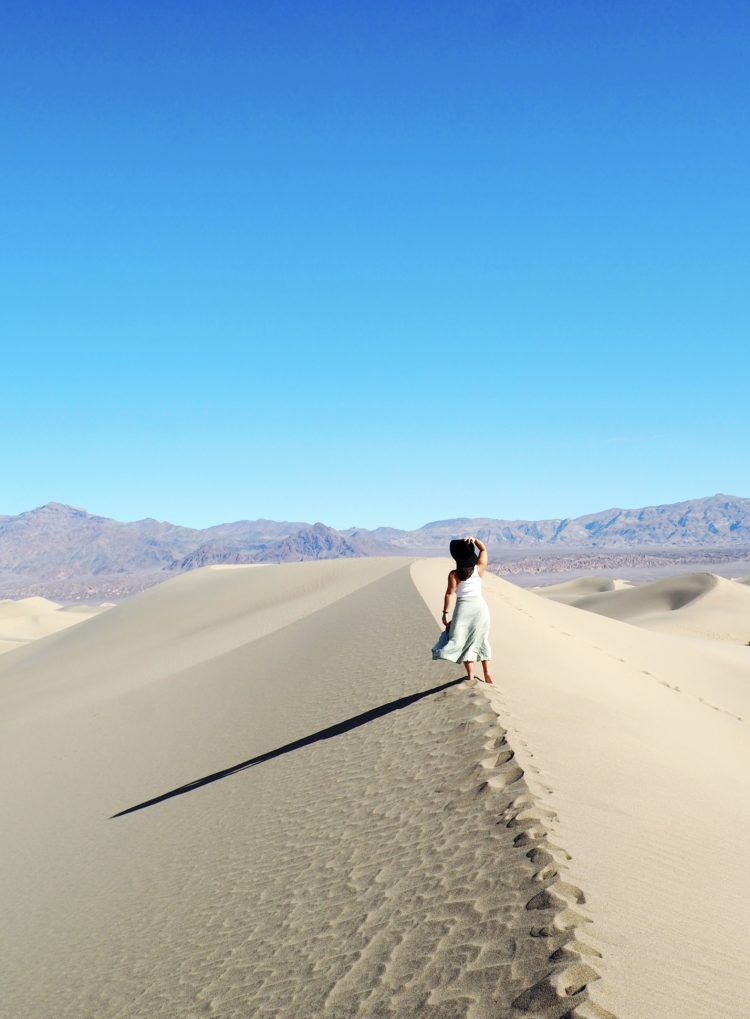
Good to know — there’s actually other sand dunes in the park as well! I heard Eureka Dunes and Ibex Dunes are even more spectacular than Mesquite Flat, but they’re much more remote and much more difficult to reach. We stuck to Mesquite and were more than satisfied.
And plus, the Mesquite Flat Sand Dunes are the largest dune field in Death Valley, so there’s lots and lots to explore.
- Badwater Basin Salt Flats
Imagine walking out to a bed of geometric-shaped salt flats as far as the eye can see. Yup, that’s Badwater Basin, the lowest point in North America at 282 feet below sea level! It kinda reminded me of the Bonneville Salt Flats which we saw on our cross country road trip from NYC to San Francisco .

Out of all the things to see in Death Valley, don’t miss a visit to Badwater Basin. Like at Mesquite Flat Sand Dunes, the salt flats start right from the parking area, but you’ll need to walk pretty far out to get those views you see online. We saw the polygons starting to form pretty fast when we looked closely, but they’re nothing like they looked in photos.
We walked for what felt like 35 minutes and still didn’t reach it. Next time! (I later did some research and found out you need to walk at least 1-2 miles to reach the salt hexagons). 110% NOT recommended in the heat of summer.
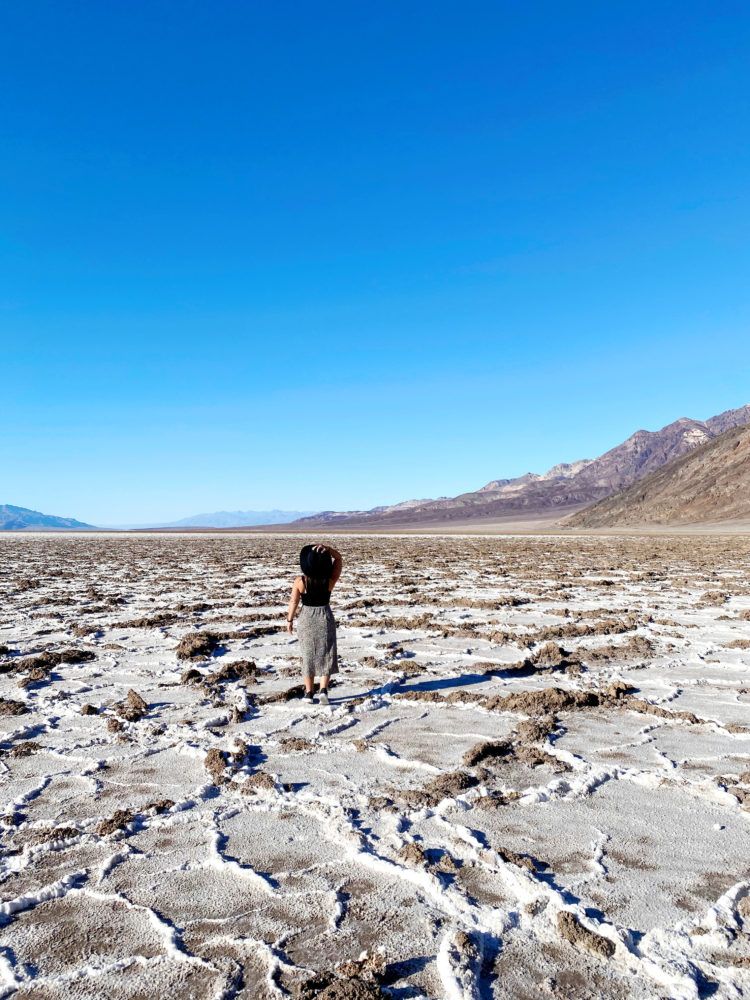
And make sure to look closely at the salt formations in detail — they’re pretty wild! And you betcha I tasted the salt (and yes , it was salty).
Don’t miss the small natural pool next to the boardwalk. It’s definitely a sight to be seen in the middle of the desert (although highly undrinkable due to all the salt).
If you’re lucky to visit after a rainfall, the flats will even look like a huge mirror, which typically only happens in winter.
Ubehebe Crater
Ever see a large volcanic crater 600 feet deep and ½ mile across?! You’ll find that over here at the Ubehebe Crater. And plus, it’s ridiculously fun to say, pronounced U-BE-HE-BE. C’mon, you try saying it out loud. Fun, right?
You can see the giant crater from the parking lot, — or, you can hike to the bottom of Ubehebe Crater or to Little Hebe Crater instead.
Although it’s not entirely known when this impressive crater was formed, scientists have confirmed it could have been as recent as 300 years ago. That’s like, during your great-great-grandmother’s time. And how was it formed anyways? By a steam and gas explosion when hot magma rose up! Science is so cool you guys.
Honestly, it’s quite a far drive out (around an hour and a half each way from the Furnace Creek area), so I don’t recommend it if you’re short on time (like we were). We’ll have to add it to our Death Valley itinerary when we have more time
The Racetrack
Moving rocks in the middle of the desert? WHOA! Another wild and wacky thing to do in Death Valley — anyone sensing a theme here? And no, there’s no actual sports cars here. Just rocks on a barren desert landscape.
The Racetrack is a playa (a dry lakebed with over 1,000 feet of dry mud), known for it’s moving rocks and surface trails. You guys — THE ROCKS MOVE COMPLETELY BY THEMSELVES. Wait, what?! You heard me right. Just another mystery of the desert.
Many theories have been suggested, but a recent research project suggests the rocks move with a rare combination of rain and wind. The heavy rain makes the surface extremely slippery, while strong winds cause the large boulders to skid.
The Racetrack is really far out there (~3.5 HOURS from Furnace Creek, each way), so we chose to skip it this time around. Also, the road to get there is remote and pretty rough, meaning you’ll need good tires and a 4×4 high clearance vehicle. We’ll be sure to add it to our Death Valley itinerary for next visit (maybe, haha).
Viewpoints for your Death Valley Itinerary
Viewpoints are some of the best things to do in Death Valley National Park in the summer, partially because there’s little to no effort required. Plan to spend some time at all of these if you’re visiting when it’s super hot out. But even then, you’ll wanna run right back to your air-conditioned car.
Dante’s View
Out of all the things to do in Death Valley, driving up the windy, curvy roads to Dante’s View is towards the top of our list.
From up here at 5,476 feet, you can see Badwater Basin, Telescope Peak, and even Mos Eisley (in a famous Star Wars scene). The 360° views in every direction are absolutely spectacular. A great spot for panoramic photos, as you can see 100s of miles, and a highlight of our trip for sure!

You’ll need to drive up a curvy, windy road to get here, but I promise the views alone are worth it! And although you can see quite a lot from the parking lot, walk along the path to get even better unobstructed photos.
Many say Dante’s View is best at sunset, but we went in the early morning and were utterly amazed. I don’t think there’s a wrong time of day to head up here.

Because of the super-high elevation, it’s much chillier up here than down in the valley (~20-30° cooler). Be sure to bundle up or steal your partner’s winter clothing (I had to wear my husband’s hat because my head was so cold!).
I recommend heading to Dante’s View either on your way into Death Valley from Las Vegas or on your way out. On the map, it looks like it’s pretty close to Badwater Basin, but it’s actually on a different road (and an hours drive away).
- Zabriskie Point
When you think of Death Valley, what quickly comes to mind? I betcha those colorful badlands and rock formations do! Makes sense – Zabriskie Point is one of the most popular things to do in Death Valley!

And thankfully, it’s super easy to get these views — no hiking required. After a short uphill walk on a paved path, you reach a scenic overlook with unobstructed 360° degrees from the top. Gazing down at the Martian-like moonscape below you will make you feel like you’re on a different planet, easily.
A few hiking trails start here (one that goes all the way to Golden Canyon!), but we just walked around the viewpoint and took (loads of) photos.
Fun Fact — the badlands are made of sediments from Furnace Creek Lake which dried up 5 million years ago – whoa!

We actually visited Zabriskie Point twice — once in the early afternoon, and once or sunset! I will say the colors really come out at sunset, but we loved our visit earlier as well. The viewpoint is really easy to fit into your Death Valley itinerary and I recommend going a few times to see how the lighting changes the landscape.
Devils Golf Course
This area of Death Valley definitely looks the most hellish — there’s jagged spires, large stalagmites, and spiky mounds covering the ground. Be extra careful walking around – the ground is super sharp!

There’s a bunch of pull offs on the road (the entire landscape is considered the Devil’s Golf Course), so pick and choose a favorite or two to check out.
Psst: There was once a lake here, and once the water evaporated (around 2,000 years ago), it left behind a 1,000 layer of salt! It was said that “only the devil could play golf here”, alas the name was born!
- Artists Drive and Artists Palette
Artists Drive is easily one of the most unique things to do in Death Valley, featuring natural pastel colors on the canyons (everything from blue and purple and green). A geologist’s true paradise with it’s multi-colored mineral rocks and canyons!
At about 5 miles in, you’ll reach Artist Palette — the main attraction of Artists Drive! Get out, soak it all in, take photos of the multi-colored canyons, and possibly hike down closer (we stayed at the top).

And where do all the colors come from? Well, time to get all sciency! The colors are produced by oxidation of metals and elements found in the ground. What does that mean exactly? I’m not entirely sure, but colors!
We actually visited twice — once when it was pretty cloudy, and once when the sun was shining directly on the canyons. And I must say, the colors were that much more impressive in the sunshine!
There’s actually two viewpoints along the drive, but the second one is by far the more popular. There’s no true colors at the first stop.
The actual drive is pretty short (a one way loop of ~9 miles) and takes you through canyons and past mountains, but honestly, it wasn’t any more impressive than the hikes we did. Be on the lookout for more colors, though. The road is pretty windy and has some dips, so take it slow and be careful!
Walks and Short Hikes in Death Valley
Out of all the things to do in Death Valley, we really enjoyed the few short hikes we went on! We didn’t tackle anything strenuous, and kept our walks/hikes to around 2-3 miles. The heat in November was warmer than we expected!

Important Safety Information When Hiking in Death Valley:
- Avoid hiking in extreme heat. If you’re visiting in summer, it’s probably not a good idea to go on any hikes at all. Just being brutally honest here.
- Drink lots and lots of water, no matter the temperatures and season. And always be on the lookout for signs of dehydration in yourself and friends/family. Think dizziness, nausea, and headaches. Get out of the sun immediately and drink more water as soon as you feel any dehydration effects!
- Protect yourself and always wear sunglasses, sunscreen, and a wide-brimmed hat.
- Before sitting/reaching, look out for rattlesnakes, scorpions, insects, and other animals. The desert is home to more than you think.
- As always, leave no trace and never feed/touch/chase wildlife.
- Golden Canyon Hike

Imagine towering golden walls (hence the name!), minor rock scrambling (although, honestly, not much), and low overhangs. This was such a fun hike! From the trailhead, there’s a few different hikes you can choose from, ranging from short, easy strolls to strenuous adventures.
We hiked to the Red Cathedral, for a total of ~3 miles roundtrip. It was the perfect amount of time for a moderate mid-afternoon hike in the shade (although would have definitely been way too hot in the blazing summer months).

You can actually hike all the way through the badlands to Zabriskie Point, but that was a bit much for us (~4 miles one way, meaning ~8 miles roundtrip).
- Salt Flats Interpretive Trail
A stream flowing in the middle of the desert more than 200 feet below sea level?! Yup, that’s over here!
The interpretive trail is one of the less popular things to do in Death Valley National Park, but it’s a pretty quick stop! In just 0.5miles, you’ll reach the edge of a salt flat — and it’s super easy (and on an actual boardwalk).
Honestly, if you’re already planning to visit Badwater Basin (which you 1000% should), I’m not sure if the Salt Flats Interpretive Trail will be mind blowing. Which is why we chose to skip it.
But if you’re visiting in the spring, you may just wanna make the stop. The area is home to rare pupfish in the spring-fed Salt Creek, which are most frequently seen from March – May.
- Harmony Borax Works Interpretive Trail
Harmony Borax Works is a historical place in the Furnace Creek area with a short ~0.4 loop trail. The most exciting part — you get to see the old twenty mule team borax wagons. History buffs — be sure to check this place out!

What’s borax you ask? Don’t worry — I wasn’t too sure myself. Borax was that stuff commonly found in detergents, cosmetics, and glazes, and it’s also a known pesticide and flame retardant. (Usage has been a big source of debate, due to possible safety concerns). People use it today mostly for laundry and fighting stains.
And of course a little history lesson: When borax was found in the area in 1881, a plant was opened to process the stuff a few years later. It was way too hot in the summer months, so the work was moved to the Amargosa Borax Plant. Since it was so difficult to get the final product from Death Valley to the marketplace, they used large mule teams and double wagons through the Mojave Desert. This is where that romantic image of the “20-mule team” comes from!
Twenty Mule Team Canyon
Okay, so this isn’t an actual hike in Death Valley, but a beautiful drive along an unpaved road through colorful, eroded badlands. If you’re looking for the best light, drive the ~2.5miles (one way) in early morning or late afternoon.
Star Wars fans unite — scenes from Return of the Jedi were filmed here!
Mosaic Canyon Hike
Out of all the short hikes we did, Mosaic Canyon was definitely one of my favorite things to do in Death Valley. It wasn’t hard per say, but there was a good amount of slick rock to maneuver and higher rocks to climb on. We trekked through narrow canyon slots, polished marbleized rock, and in and around high marble walls.

Mosaic Canyon is known as a “geological art gallery” — full of unique smooth walls, irregularly shaped fragments, colorful swirls and chutes, and alabaster rocks. Tons of geological history here! In my opinion, the prettiest part of the hike was the first ½ mile of the slot canyon – it’s where the canyon is the most narrow and unique (my favorite part).

Do note you need to drive down a ~2 mile dirt/gravel road to get there, so just be aware! Also, NEVER enter the canyon when it’s raining or there’s talk of a storm rolling in. Although it doesn’t happen often, flash floods fill the canyon and block off passages.
Natural Bridge Trail
Looking for an easy hike? Why not walk the 2 miles (out and back) to the natural bridge (makes for some awesome pictures)?! Photos remind me of the sandstone arches in the national parks in Utah ! And it only takes about 15 minutes to walk to the bridge, so if you’re short on time, you don’t even have to do the whole trail.
You’ll also get to see mud drippings on the canyon wall, a dry falls and vertical chute (which used to flow thousands of years ago), and large boulders lodged within. It honestly sounds pretty cool.
I’m kinda bummed we missed this trail (I didn’t do proper research beforehand), but there’s always next time!
Darwin Falls (Panamint Springs)
A year-round 80-foot waterfall in the middle of the desert? You heard that right. This hidden gem can be found in another section of the park, near Panamint Springs.
You can see Lower Falls on the trail after about 20 minutes or so, and Upper Falls if you’re down to do some moderate climbing afterwards. This surreal and special place is a rare oasis with water and even some stream crossings!
Honestly, the road to get there isn’t in the best of conditions, so it’ll probably take a while to get down the 2-mile road. And as always, stay on the trail and watch for vegetation!
Stargazing in Death Valley National Park
If there’s one thing you MUST add to your Death Valley itinerary, it’s stargazing in the middle of the desert.
I thought the night skies in Kauai , Thailand , and San Blas (Panama) were otherworldly, but Death Valley really takes the cake. I mean we saw the milky way with our own naked eyes , and even the bright lights of Jupiter, Saturn, and Mars. To say I was overly-excited is a massive understatement. If only I was better at astrophotography.

Death Valley National Park is actually an International Dark Sky Park! What does this mean exactly? That the night skies are some of the darkest in the entire United States — whoa! When you look up at the skies in Death Valley, you can see the universe the way it looked over 100 years ago (due to very little light pollution).
And plus, it’s one of the best things to do in Death Valley no matter the season — the nights are never quite as hot!
Tips for stargazing in Death Valley
- Download a night-sky app (before you visit Death Valley or using your hotels wifi) so you know what you’re actually looking at! We didn’t do this, but thankfully a couple nearby told us about the planets!
- For the ultimate experience, visit during the new moon. This is when the moon isn’t visible at all, meaning the sky will be darker, resulting in seeing more stars!
- Pick a place with little to no light pollution — this means you’ll have to get away from the hotels, roads, and highways.
- Let your eyes properly adjust to the darkness! It takes roughly 30 minutes for our eyes to see the most stars – just bundle up!
- Consider bringing along some binoculars or even a telescope! I so wished we did that! Just a word to the wise: learn how to use/set up your equipment ahead of time! It’ll be super hard to learn in the pitch black!
- Stay at least two nights. While skies are typically clear, cloudy nights do happen. On our first night we actually couldn’t even see a single star due to immense cloud cover. Thankfully by the next night, it was all cleared up!
Where to go stargazing in Death Valley
- Harmony Borax Works: Most people choose to visit this spot, since it’s super close to the hotels and visitor center in Furnace Creek. This is where we went! Psst: Photographers will love the historic buildings and mule cart for night photography.
- Mesquite Flat Sand Dunes: While you can see oh so much of the night sky here, since it’s located pretty close to the highway, there’s a bit more light pollution from nearby headlights. But if you’re staying in Stovepipe Wells, it’s not far!
- Badwater Basin: Although the sky can be somewhat obstructed from the mountains, checking out the stars from the saltwater flats is definitely an experience!
Recommended Death Valley Itinerary (from Las Vegas)
If you have 2 nights, 2 ½ days like we did, I’d recommend the following Death Valley itinerary:
Day 1 in Death Valley
Drive to Death Valley from Las Vegas (~2 hours). Leave early (latest 8am) to have ample time in the park on Day 1 in order to cross a few highlights off your list of things to do in Death Valley.
Although, we decided we needed an early breakfast from Egg Slut in Las Vegas so didn’t make it to the park until around 11am or so — whoops!
Check out the following on your first day in Death Valley:
- Dante’s View
- Stargazing at Harmony Borax Works
Day 2 of your Death Valley Itinerary
Today’s your only full day in the park, so make sure to wake up early to take FULL advantage. Especially if you’re visiting in winter, since the sun will set early (think 4-4:30ish) and there’ll be significantly less daylight.

Check out the following on your second day of your Death Valley itinerary:
- Mesquite Flat Sand Dunes
- Mosaic Canyon Hike and/or Natural Bridge Trail
- Devils Golf Course
- Sunset at Zabriskie Point
- Stargazing night #2!
Note : You can choose to spend the second night in Death Valley or head back to Vegas. We’re glad we stayed so we could see the stars (it was cloudy our first night).
Day 3 in Death Valley
Depending on what time you need to be back in Vegas, spend the day however you like!
Do whatever you didn’t get to on Days 1-2, or drive out to Ubehebe Crater and/or The Racetrack for the moving rocks. Just know it’ll add significantly more driving time.
I hope this helps you plan out your Death Valley itinerary! Which of these things to do in Death Valley National Park are you most excited about?
Loo king for more California content? Explore my other California guides here!
Did you know that …
When you purchase something through our links, we earn a small fee (but you still pay the same) ! Win-win! If you found this article useful, consider using the links within the article or below. Thanks for your support!
- Book a hotel
- Best place to find tours
- Second favorite place for tours
- Favorite travel insurance
- Book a rental car
- My favorite packing items on Amazon
- Start your very own blog!
Leave a Reply Cancel reply
Your email address will not be published. Required fields are marked *
Save my name, email, and website in this browser for the next time I comment.
You may also love...
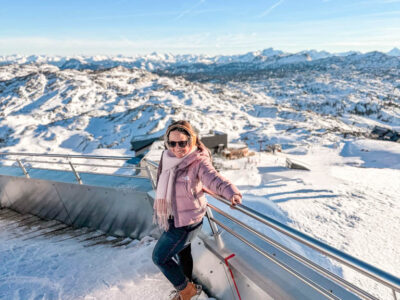
Subscribe To The Newsletter
FOR TRAVEL INSPO and FUN
No spam, only fun!
Favorite Destinations

- About Jessica
- How to Plan a Trip
- Fave Travel Companies
- Shop My Faves
Destinations
- World Travel
- San Francisco
- Northern California
- Southern California
- Central Coast
Discover Which Colorado Mountain Town is right for you
Your Utterly Scenic Death Valley Itinerary
- December 3, 2020
- By foxintheforest
Last Updated on January 15, 2024 by foxintheforest
As the largest national park in the Lower 48, Death Valley has a lot to offer. Eerie rock formations and ever-expanding salt flats feel other-worldly. Make the most of your visit with this Death Valley itinerary designed to bring you the most beautiful scenes in Death Valley.
Taking a Death Valley Road Trip – long or short – is definitely a beautiful experience. Don’t let the name fool you – this place has plenty of life. In fact, it’s real name is “Tumpisa” or “land of the red paint rock.”
I’ve been all over the country, and Death Valley truly surprised me. It’s vast, dramatic landscape brings a beauty that’s hard to describe. Even photos don’t really do the place justice.
About this Mega-Epic Death Valley Itinerary
Okay, so as a full-time outdoor writer, I’ve become an expert at making the most of your time outdoors. This stunning Death Valley itinerary features:
- Info on when to visit Death Valley National Park
- How many days to spend exploring the park
- Accessing the park and how to plan a Death Valley road trip
- A comprehensive Death Valley itinerary featuring one day in Death Valley and additional days.
- Camping and places to stay
- Tips for visiting Death Valley
- Additional planning resources
When to Visit Death Valley
One of the great things about Death Valley is the ability to visit the park year-round and still be able to see (most) main attractions.
Remember, Furnace Creek – inside the park – is the HOTTEST place in the country. I’m talking melt-your-skin-off 130-degree temps. SCORCHER.
Therefore it’s best to visit Death Valley between October and April. Fall sees less crowds. Winter is best for camping and hiking. While spring is busy with wildflower viewers.
Summer is possible, but come prepared! Lots of sunscreen, long-sleeve UPF clothing, plenty of water and electrolytes, and a robust vehicle with aircon.
How Many Days Should I Spend in Death Valley?
There are several unique ways to go on a Death Valley road trip, however most Death Valley itineraries are a maximum of 3 days.
If you only have one day in Death Valley, you can easily see many of the big highlights.
Since some of the other must-see attractions are so spread out, two days is a perfect amount of time to spend in Death Valley.
For those that don’t want to feel rushed – or have a particular interest in mining history – three days is perfect.
Pro Tip : It’s $30 to enter Death Valley National Park or free with an America the Beautiful Parks Pass.
Going on a Death Valley Road Trip
Alright, so if you’ve looked on a map, you’ll see that Death Valley is kind of…out there. In fact, it feels like the middle of nowhere. This certainly adds to the mistique of the park.
There are two main ways to go on a Death Valley road trip. Head from the east or west side of the park.
From Las Vegas
Death Valley is one of the best day trips from Las Vegas. If you’re arriving from Las Vegas, the easiest way to access Death Valley is to head east on US 95, then head south State Road 160.
You’ll pass through Pahrump, a small town that’s perfect for mid-priced lodging (and cheap gas). Fill up on gas here before heading out on your Death Valley itinerary.
From Los Angeles
The fastest way to get to Death Valley from LA is to head past Barstow on I-15 and swing northeast around the park. You’ll pass Death Valley Junction – an odd ghost town.
Alternatively, you can access the park from the west side via Panamint Springs. This is your best option if you want to create a Death Valley road trip that includes stops like Alabama Hills, the Sequoia National Forest and other awesome places in California.
Death Valley Itinerary Day 1
First, stop at one of the pay stations near Furnace Creek (or others). It’s $30 for 7 days in the park. Other fee stations include:
- Stovepipe Wells Ranger Station
- Grapevine Ranger Station
- Zabriskie Point
- Hell’s Gate
- Campgrounds in the park
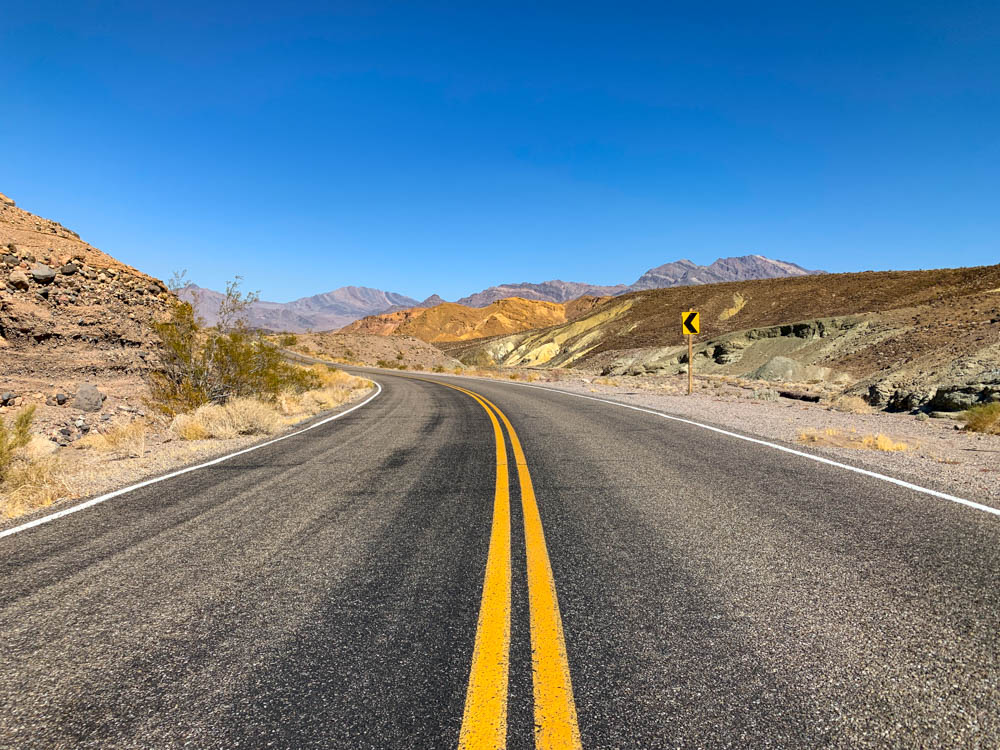
See the Drama of Death Valley at Dante’s View
Your first stop takes you to 5,476 feet above sea level. Dante’s View is hands-down one of the best things to see in Death Valley.
This mega-stunning viewpoint shows you just how vast (and tall) Death Valley really is. The elevation difference between the highest point – Telescope Peak – and the lowest point – Badwater Basin – is over 11,000 feet.
If you can make it here for sunset, ah-mazing! If not, the views are still stellar all day.
Pro tip: Bring a jacket, it’s actually chilly up here!
Distance from Furnace Creek: 24 miles, 40 minutes
Scope Out the Sand Flats at Badwater Basin
After you’ve soaked up the most of the panorama at Dante’s View, you’re going down. Way down.
Badwater Basin is the lowest point in the US at -282 feet below the sea. The salt leeches from below the ground and creates stunning crystal formations. With the salt comes the moisture. The ground is surprisingly wet just below the salt crust. There are even lakes here.
Take your time and explore, but be aware of the heat. This stop is best at the beginning of the day before the crowds show up and the sun becomes too oppressive.
There are toilets here too, so take advantage if you need the facilities.
Pro tip: This place sucks the life out of you quickly. Salt pans dry out your skin and reflect the sun’s rays. Bring sunscreen, wear proper footwear, and don’t wander too far if it’s hot.
Distance from Dante’s View: 41 miles, 1 hour.
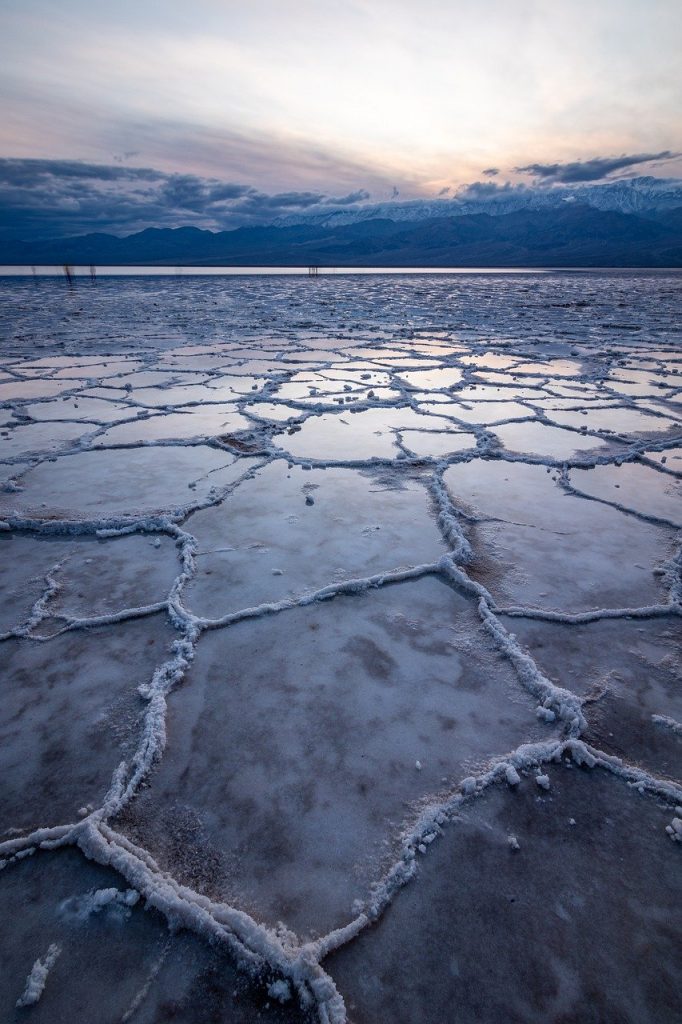
Hike the Natural Bridge
This short trail is only 2 miles round-trip and is an easy hike if the temperatures are cooler.
You’ll spot a stunning natural bridge and see just how uniquely strange the rock is here. It’s almost as if it will crumble at any moment, but at the same time, the clay-like soil is very unforgiving.
If you’ve seen the best of the American Southwest, this is a ho-hum hike (scope out Golden Canyon instead). However, if you’ve never seen a natural bridge before, it certainly has a wow-factor!
Pro Tip: If you’re visiting during the warmer months (April through October) hike the Natural Bridge after Dante’s View. Then head to the Devil’s Golf course for a delicious lunch. Afterwards, peep Badwater basin before continuing with the rest of this Death Valley itinerary.
Distance from Badwater Basin: 5 miles, 10 minutes
Pack a Picnic Lunch at the Devil’s Golf Course
For a whacky and weird lunch spot, take the dirt road to the Devil’s Golf Course. Signs on Badwater Road guide the way (you’ll pass it if you’re coming from Dante’s View to Badwater).
Here you’ll be able to see just how much upheavel and movement the floods, salt, and water cause. Sometimes salt formations form that look like golf balls (or eggs) which is where the spot got it’s name.
Plan for a picnic lunch in your vehicle (if it’s hot) or pop the trunk and sit facing this strange landscape. Don’t forget to pack out all of your trash.
Pro tip: The terrain here is unforgiving. It’s easy to trip and fall so take care.
Distance from Natural Bridge Trailhead: 12 miles, 17 minutes
Drive to the Painted Hills of Artist’s Pallet
One of the highlights of one day in Death Valley has to be Artist’s Drive. These gorgeous hills appear to be brushed by an artist with their vibrant greens, purples, and yellows.
The colors come from various minerals and elements in the rock. Half way through the drive you’ll reach Artist’s Pallet. This pull out gets you up close and personal to these stunning hillsides.
You can walk around and explore a little to really admire the view. Also, this is a great spot for a toilet break.
The one-way loop drive through these stunning hills is a must-do on any Death Valley itinerary. Honestly, I thought it was a highlight of the park. Take your time and use the little dirt pullouts to explore this area further (and without crowds).
Pro Tip: The colors are at their brightest when the sun is at its highest. Visit during the middle of the day for the best color.
Distance from Devil’s Golf Course: 10 miles, 20 minutes
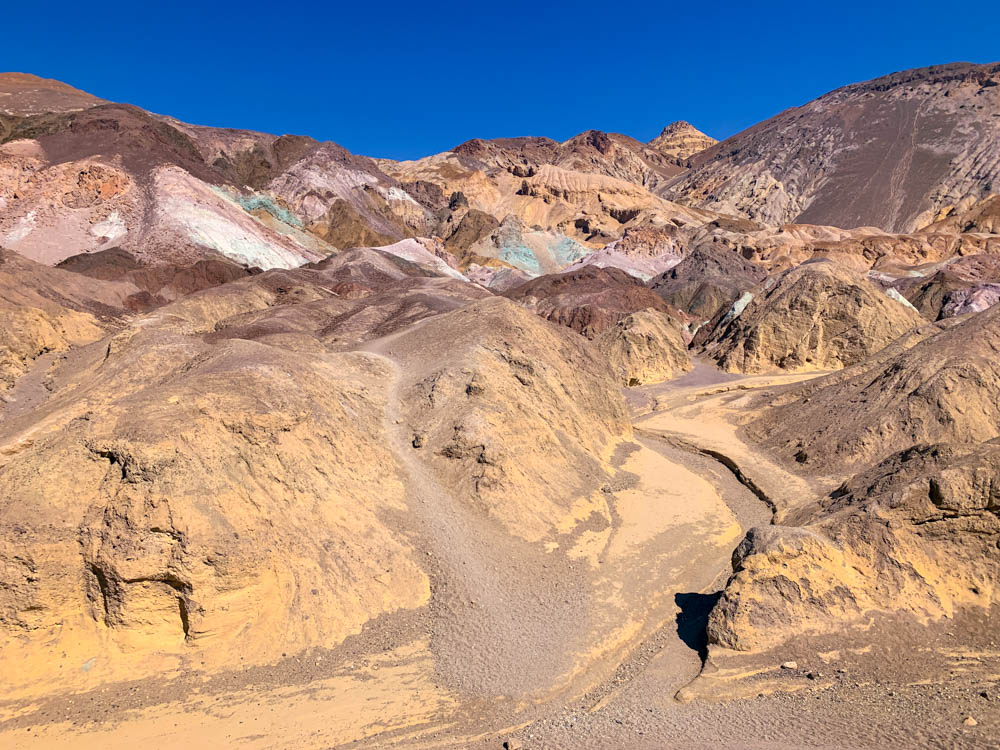
Catch a Sunset at Zabriskie Point
By this point, you may be tuckered out (or the sun may be heading to bed). If you’ve got time, check out the “More Options” section for nearby attractions to add to your Death Valley itinerary.
If not, then round out your day with a sunset at Zabriskie Point. Watch as the sun lowers over the horizon and the golden hills come to life with playful shadows. This easy overlook has benches and a few nearby hills to explore.
Distance from Artist’s Drive: 13 miles, 22 minutes
If you’re only spending one day in Death Valley then now is the time to head back. Or, you can opt to stay until the sky grows dark and check out the stars!
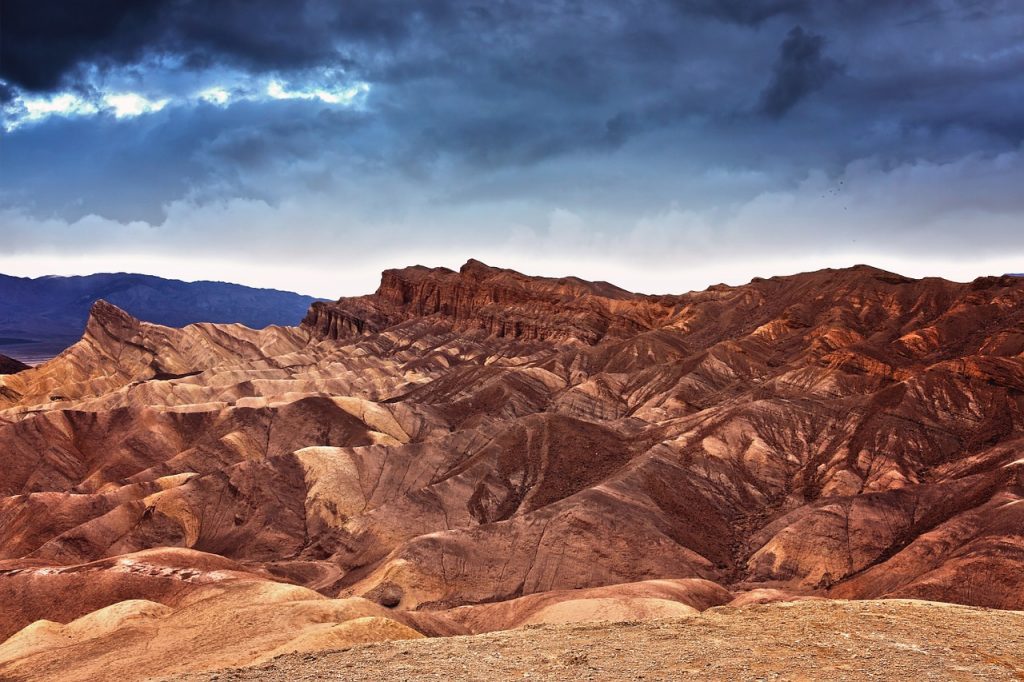
Stargazing in Death Valley
Death Valley National Park lies in one of the few Dark Sky Territories left in the US. This means that there is no light polution to obstruct your nightime view.
One of the most amazing parts of any multi-day Death Valley itinerary is stargazing. A few of the most incredible spots to see the stars is:
- Dante’s View
- Harmony Borax Works
- Badwater Basin
- Mesquite Flat Sand Dunes
More Options for One Day in Death Valley
If you’re quick to see the sights, you can scope out these additional nearby attractions in this section of Death Valley National Park:
- Twenty Mule Team Canyon : Short scenic drive with short hiking opportunities. Near Zabriskie Point.
- Golden Canyon: 4.4-mile scenic loop hike (Gower Gulch) great for sunset. Near Artist’s Drive. Could do instead of Natural Bridge.
- Furnace Creek Visitor Center: Learn about the unique history and geology of this magical location. Closed in 2020.
Where to Stay in Death Valley
There are not too many options when it comes to where to stay in Death Valley. In fact, there are only a couple of (expensive) lodging options inside the park.
- Stovepipe Wells Hotel
- The Inn at Furnace Creek
- The Ranch at Furnace Creek
- Panamint Springs Resort
For lodging outside the park, check out the towns of Beatty, Nevada in the north or Pahrump towards the south end of the park. Both towns offer mid-range lodging that’s cheaper than staying inside Death Valley.
Death Valley Camping
If you’re keen to camp in the desert, then reserve a spot (or use a first-come-first-served campground) inside Death Valley National Park. Camping is closed during the summer months. You’ll find 9 campgrounds in the park:
- Furnace Creek: Reservations. Open year-round (summer not recommended).
- Sunset at Furnace Creek : first-come-first-served
- Texas Spring at Furnace Creek : first-come-first-served
- Stovepipe Wells : first-come-first-served
- Mesquite Spring : first-come-first-served
- Emigrant: first-come-first-served. Tent only.
- Wildrose : first-come-first-served
- Thorndike : first-come-first-served. 4WD required.
- Mahogany Flat : first-come-first-served. 4WD required.
Death Valley Road Trip Day 2
Risse and shine! It’s time for day 2 of this Death Valley itinerary. Today you’ll be exploring the northern end of the park. With plenty of beautiful sites and mining history, there’s a lot to see.
Wonder About the Stones at the Racetrack Playa
Start your day early and head toward one of Death Valley’s more remote attractions, Racetrack Playa. It’s a bumpy ride, but worth it to check out this unique place.
The first thing you’ll notice are the rocks that seem to 1) come from nowhere and 2) move. Yup. That’s right. These rocks travel (you can tell from the depression of mud behind them).
Scientists are still stumped by this phenomena. Please don’t move the rocks, or step on their unique trails across the badlands.
Pro Tip: This place is far out of the way. You’ll need a 4×4 vehicle to make this bumpy journey.
Distance from Furnace Creek: 83 miles, 3 hours
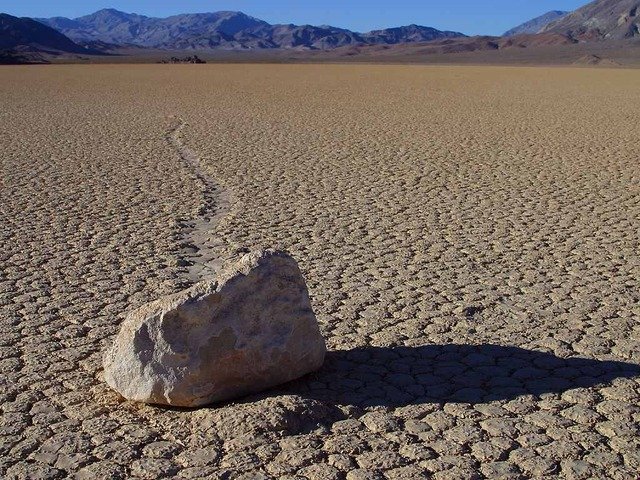
Hike the Ubehebe Crater
After you’ve solved the mystery of the traveling rocks, head to the Ubehebe Crater. The drive through the badlands is quite pleseant and there’s plenty to see at this massive crater.
Opt to walk down and back out of the crater (remember you’ll be going uphill in the heat on the way back). Alternatively you can circumnavigate the crater and check out the views nearby. Option 2 is my favorite, since you’ll have the best views.
Pro Tip: This is a great lunch spot too!
Distance from Racetrack Playa: 27 miles, 1 hour and 50 minutes.
Scour the Mesquite Sand Dunes
After a filling lunch, it’s time to see the most beautiful sand dunes in Death Valley. The Mesquite Sand Dunes are one of four dunes in the park, and the easiest to access.
Climb the dunes and sled down (a popular activity) or relax and soak in the views. The Mesquite Sand Dunes deliver some of the most incredible views in the park.
It’s easy to spend a few hours here, so take your time to explore or come back later in the evening.
Distance from Ubehebe Crater: 45 miles, 1 hour.
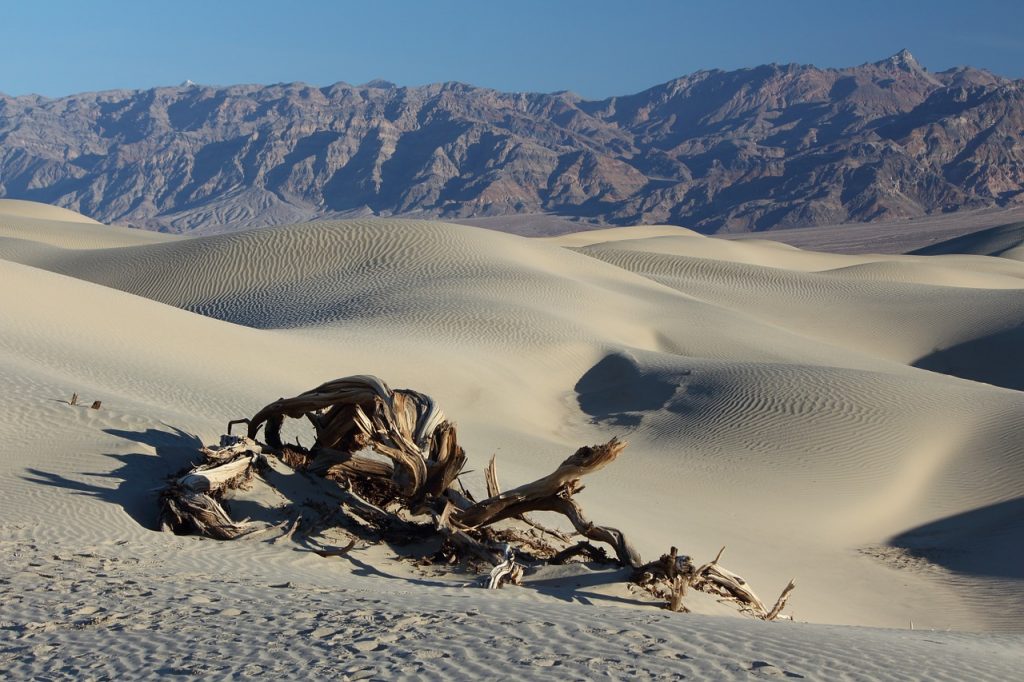
Additional Activities for Day 2 of this Death Valley Itinerary
If you’re a fast visitor or you’ve got extra days in your Death Valley Itinerary, these northern attracations are woth a look:
- Stovepipe Wells : Old town and mining community
- Harmony Borax Works: Mining operation.
- Grotto Canyon Hike : A technical, scrambly, 2-mile hike that offers a little shade and a lot of challenges
- Telescope Peak Trail: A challenging 14-mile hike that lets you see both the highest (Mt Whitney, 14,505 feet) and lowest (Badwater Basin (-282 feet) in the contiguous US.
- Aguereberry Point : A stunning viewpoint that requires a 4×4 vehicle. The views are better than Dante’s.
Tips for Visiting Death Valley
Before you head out on a Death Valley road trip, keep these tips in mind:
- The park is HUGE! Driving distances are vast and gas is hard to come by. Fuel up before you come in and take your time – the drives are wonderful.
- Bring plenty of water, shade, and salty snacks. There really aren’t any fascilities in the park (unless you want to grossly over-pay) so come prepared.
- Start early and head out in the evenings. If you’re hear during the hot months, definitely avoid the heat of the day, it’s oppressive.
- Cell service is mostly non-existant. Download offline maps with Google Maps before you head out, or pick up a National Geographic map of the area.
Come see one of the most unique places in America with this Death Valley itinerary. You’ll hit the highlights and feel like you’ve really gotten a flavor for the park.
Honestly, this place truly wowed me, and I’ve seen some amazing places. It’s worth it to at least spend one day in Death Valley to see what all the excitement is about.
Additional Death Valley Road Trip Resources
Planning a trip to Death Valley? Here are a few handy resources for nearby attractions:
- What to See in Red Rock Canyon
- The Most Challenging Hikes in California

Meg Atteberry
Meg is a long-time Colorado local and outdoor industry professional. She's spent the last 15 years hiking, climbing, mountaineering, and canyoneering all over Colorado, Utah, Arizona, and Nevada in search of the best views. She's written for Outside Magazine, REI, Backpacker Magazine, and appeared on the Weather Channel.
Let’s connect!

Meg aka Fox is a 30-something who's born to explore. Toddler mom, queer, and neuro-spicy her favorite things to do are climb in the alpine and camp in the desert. Her mission is to get you out on your greatest adventure.
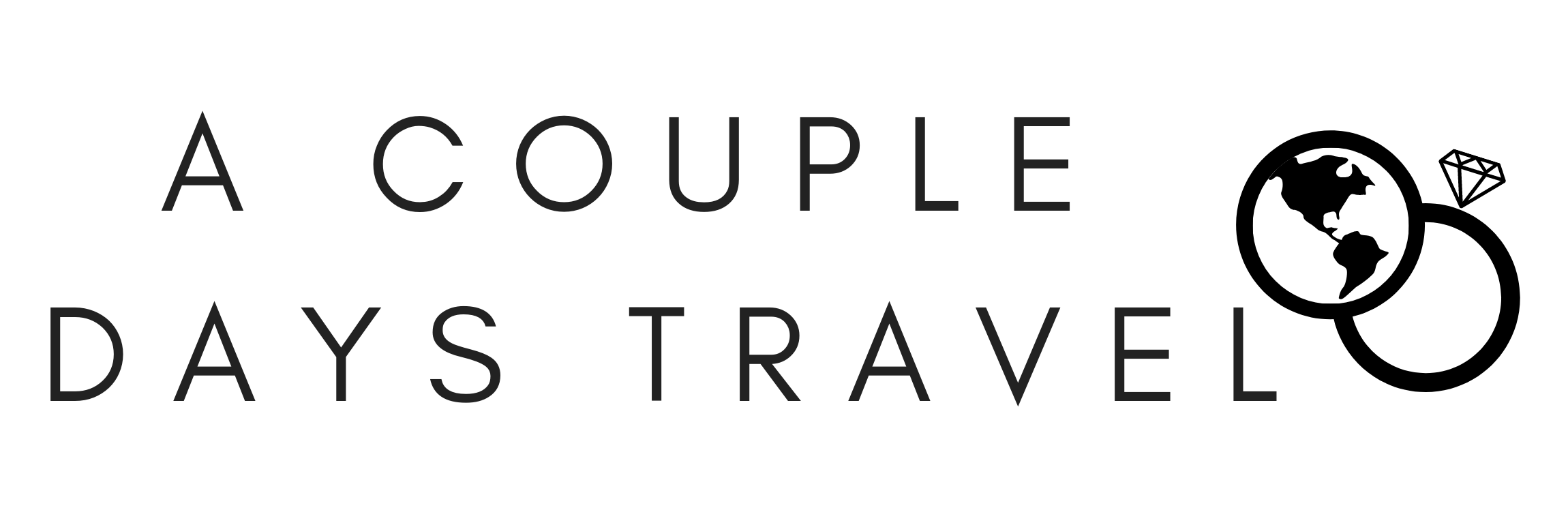
Best Stops For the Perfect 2-Day Death Valley Itinerary
- Post last modified: January 22, 2022
- Post category: California / Itineraries / North America / Overnighters
Death Valley National Park is one of the most unique places in the United States. Death Valley proudly boasts that it is the hottest, driest and lowest place in North America. It has the hottest temperature on record. It is the driest National Park in the U.S. and within its borders lies the lowest elevation in North America. Within the borders of this expansive park, you’ll find sand dunes, canyons, mountains, and even an old volcano. All of this combined with the massive size of the park makes it hard to see everything this park has to offer. However, with two days and a plan, this Death Valley itinerary will help you to see the best that this park has to offer.
The Death Valley landscape is like something from another planet, or at least another region. This flat desert landscape is desolate, yet this area is between two of the United States’ major cities: Las Vegas and Los Angeles. So Death Valley makes a great trip from either of these two cities. We’ve put together a great Death Valley itinerary for the weekend to get you out of the city or add on to your Vegas or LA vacation or as just a weekend get away.
#ezw_tco-REPLACE_TO_ID .ez-toc-title{ font-size: 120%; font-weight: 500; color: #000; } #ezw_tco-REPLACE_TO_ID .ez-toc-widget-container ul.ez-toc-list li.active{ background-color: #ededed; } 2-Day Death Valley Itinerary Toggle Table of Content Toggle
When to visit.
Mid-October through Mid-April is considered the peak times for visiting Death Valley. This is because the temperatures during this time are reasonable and will allow you to explore the park to its fullest. Spring is considered the best time to visit Death Valley as you may be lucky enough to catch the wildflower bloom. This is one of the best National Parks to visit in the winter. So if you’re specifically looking for a winter destination, this is a strong contender. However, visiting during holidays that fall in the high season, will result in huge crowds and full reservation systems.
You can visit during the off-season. We did. However, temperatures are extremely unbearable. This means you will be unable to fully utilize your days in the park and need to take frequent AC breaks. We visited the week before the “season” started (early October) and we were able to do everything on this itinerary and keep moving throughout the day. However, we did have to adjust things so that we were doing all of the longer walks in the early morning.
Getting There and Around
Death Valley is a short drive from either Los Angeles or Las Vegas. It’s 2 hours from Las Vegas and 4 hours from Los Angeles. If you’re flying to Death Valley, either of these international airports will work out well.
Once you arrive, you will need a car to explore Death Valley National Park. The park is the largest National Park in the lower 48, so you will need to do a lot of driving to explore it all.
4 Wheel Drive Vehicles
If you would like to go on the 4WD roads in the park to see some of the less visited areas or to just do some extreme driving, make sure to rent a 4WD vehicle. However, this Death Valley itinerary is designed to be accomplished without a 4WD vehicle. So everything on this itinerary can be done in a super-compact car, which is what we had when exploring.
However, we very much wanted to go to Racetrack Valley and this does require a 4WD high clearance vehicle. We didn’t do it but it sounded fun. If you would like to do this, you do not need a 4WD for your whole trip; you instead can rent one in the park during peak season.
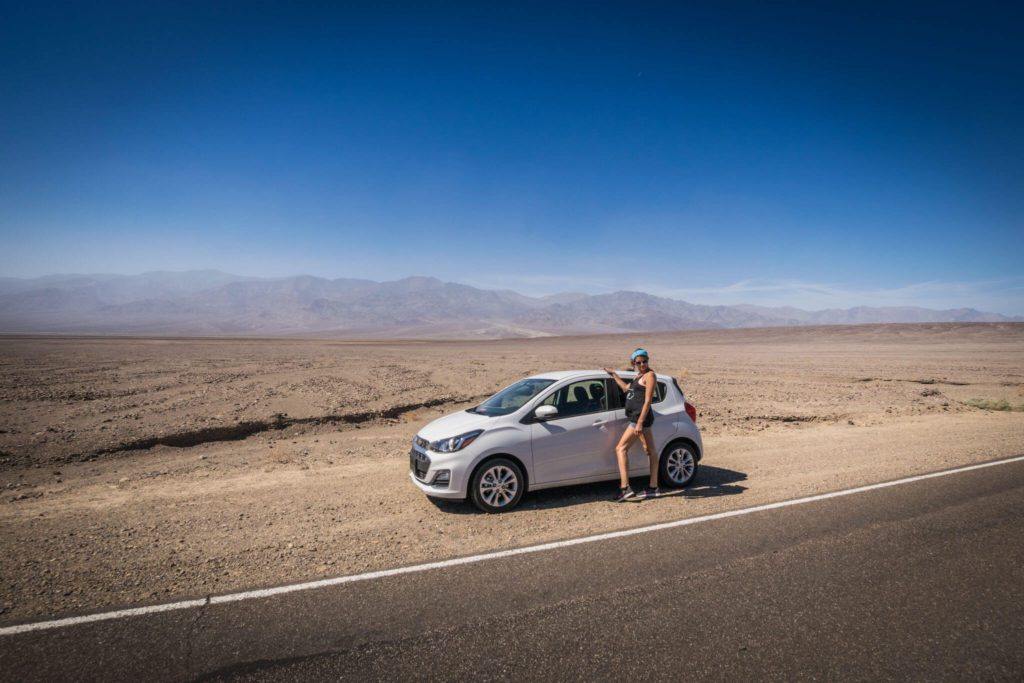
Where to Stay
Because of the size of Death Valley and the remote area that it is in, it is one of the few National Parks that we highly recommend staying overnight in. The driving distance from nearby towns is just so much that it will really eat into your stay in the park commuting back and forth from other accommodations.
Where you choose to stay in the park really depends on when you visit. We visited in the summer. As we’ve done desert summer camping before, we ruled out the campsites. Instead we decided to stay in one of the park resorts. There are four resorts located within the park . With the exception of the Panamint Springs Resort, the other three are all in very central locations. They would all be a good choice and they all seemed well maintained with nice resort style grounds. We stayed in Furnace Creek at the Ranch at Death Valley and liked it. All of the hotels in the park are pricy. We stayed in the off-season and our hotel room was over $200/night.
If you’re visiting during cooler months, you may want to camp. This park is an International Dark Sky Park so sleeping under the stars could be fun! The campsites in the park were really well spaced and they looked like they would be good sites. Sites range from FREE-$16. However, the sites have very little shade which is one of the reasons several campsites close in the summer. Most of the major campsites within the park do have fire pits for cooking and campfires. Electric hookups for $36 are only found in Furnace Creek and are often booked up more than six months in advance. Tent camping sites are primarily first-come-first-served so make sure to snag your site when you arrive in the park. Furnace Creek is the most centrally located campground and takes reservations.
Backcountry camping is also allowed with a permit. Permits can be obtained for free at the Furnace Creek Visitors Center or the Stovepipe Wells Ranger Station.
About This Death Valley Itinerary
This Death Valley itinerary assumes that you will be coming from the Las Vegas (East) side of the park. It assumes this because Las Vegas is slightly closer than LA and because that is where we came from. Write about what you know, right 🙂
However, if you’re coming from LA, you can still complete this Death Valley itinerary. Simply complete Day 2 (orange) on Day 1, but do it in reverse. Then complete Day 1 (blue), as is, on Day 2.
This Death Valley itinerary assumes that you’ll be arriving the night before and staying overnight in or near the park. However, if you are driving into the park in the morning, you’ll probably have to skip the Golden Canyon Hike or save it for Day 2.
If you do arrive the night before, think about stopping at one of the amazing sunset spots on your way into the park. Zabriskie Point is best if you’re coming from Las Vegas and Mesquite Flat Sand Dunes is good for those coming from LA.
Day 1 – Badwater Basin to Furnace Creek
Morning – hiking, badwater basin and artist’s drive.
Start your morning hiking the Golden Canyon Trail. This was a beautiful golden canyon where you can walk among the badlands. From here you could walk all the way to Zabriskie Point. However, we didn’t do that. We hiked about a mile in. The trail didn’t have any markers and we kept getting nervous that we would get lost in the canyon. However, it was fun to walk through and we even had fun walking up the different slots.
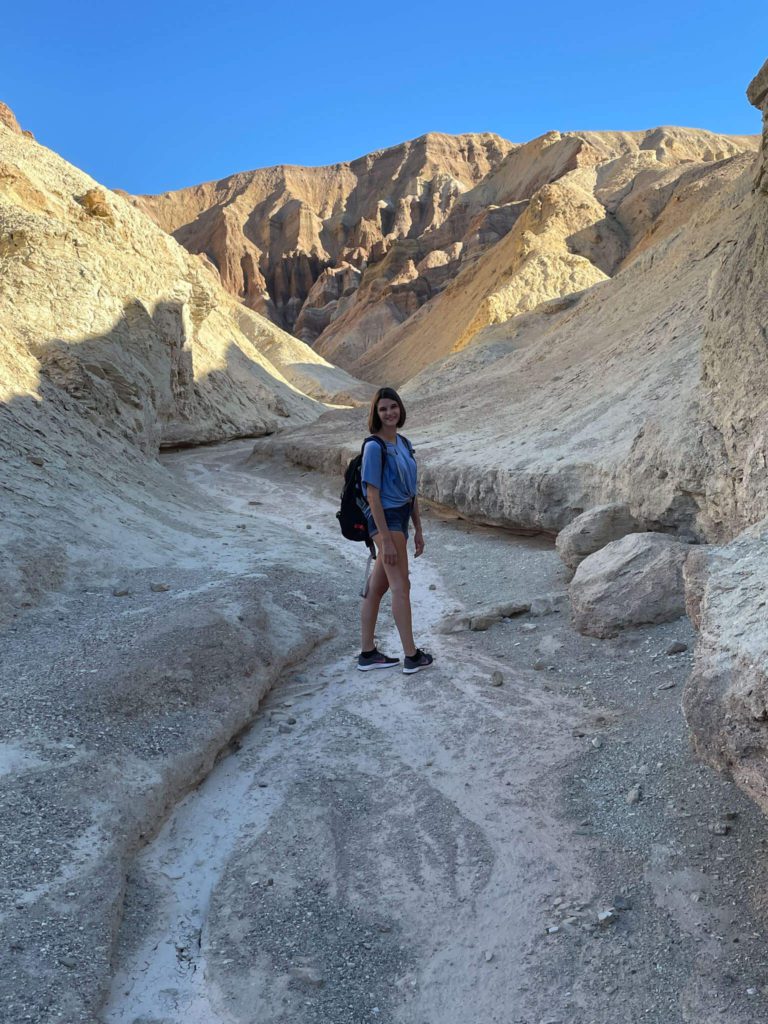
Next, go to Badwater Basin. Badwater Basin is the lowest point in North America and therefore the hottest section in Death Valley. Badwater Basin is covered with beautiful geometric salt flats. You can walk out onto them. We walked out until we found sections that had not been ruined by people trampling the salt. We enjoyed the views here. It is quintessentially Death Valley.

If the heat hasn’t gotten too bad, you can hike to Natural Bridge next. This short 2-mile hike will lead you to a natural rock bridge between two sides of the canyon. It’s nothing compared to the arches of Arches National Park but it’s a fun short hike.

Next, visit the Devils Golf Course. This was Scott’s favorite stop along our Death Valley itinerary. Devils Golf Course is a salt flat that is not at all flat. The salt here settled into wild stalagmites that then got covered in dirt. The heat then causes the salt to expand leading to these cool PING noises. You’ll also find the salt almost bubbling up from the ground creating these golf ball sized round salt deposits.
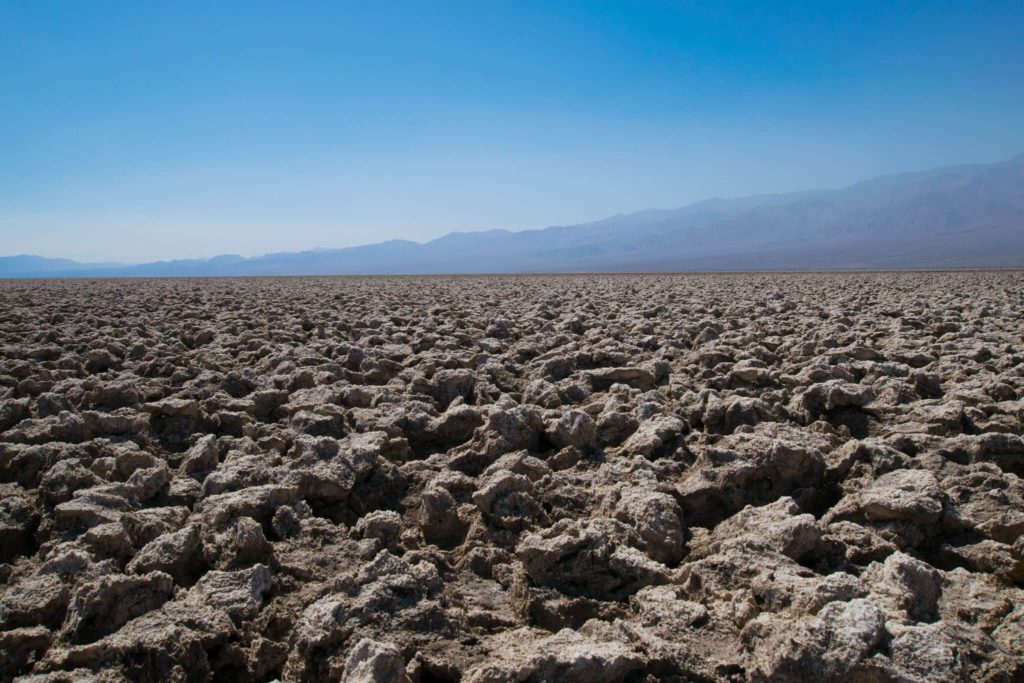
Next, complete the Artists Drive. This one way drive takes you through the colorful badlands. Along the drive, you’ll want to stop at Artists Palette. Here, you’ll see all the colors of the rainbow shinning out of the badlands. You can stop at the viewpoint and walk around in the badlands here to see exactly how many colors you can spot.
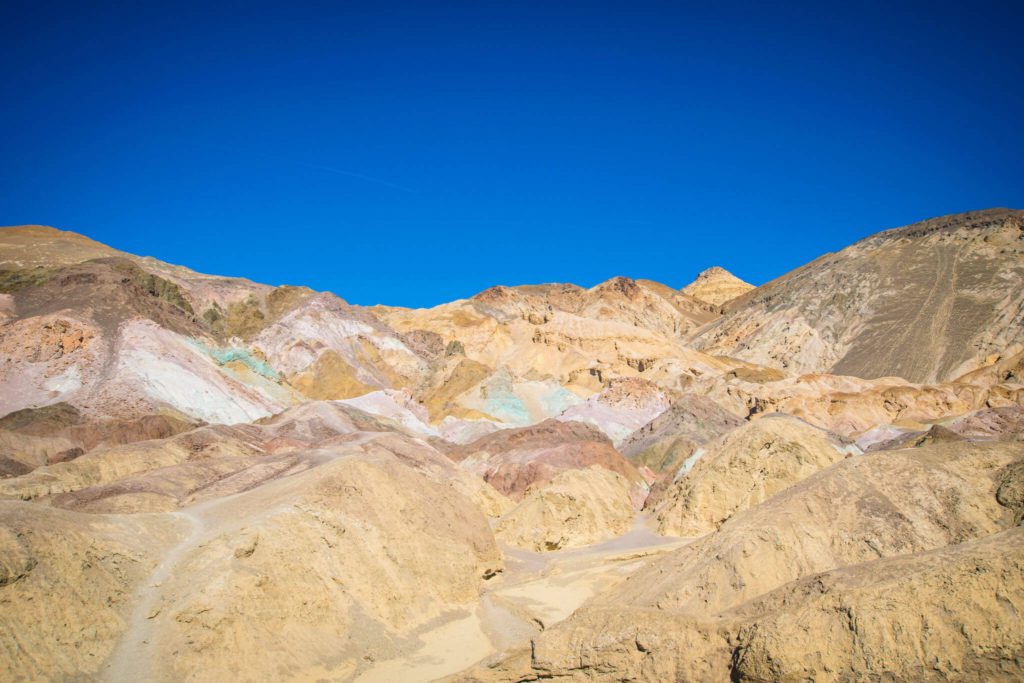
Grab a picnic lunch or stop to eat in Furnace Creek.
Afternoon – Zabriskie Point and Dante’s View
After lunch, head to Zabriskie Point. Take in the views of the beautiful badlands. If it isn’t too hot, take a short walk into the badlands to get an up-close view of them.
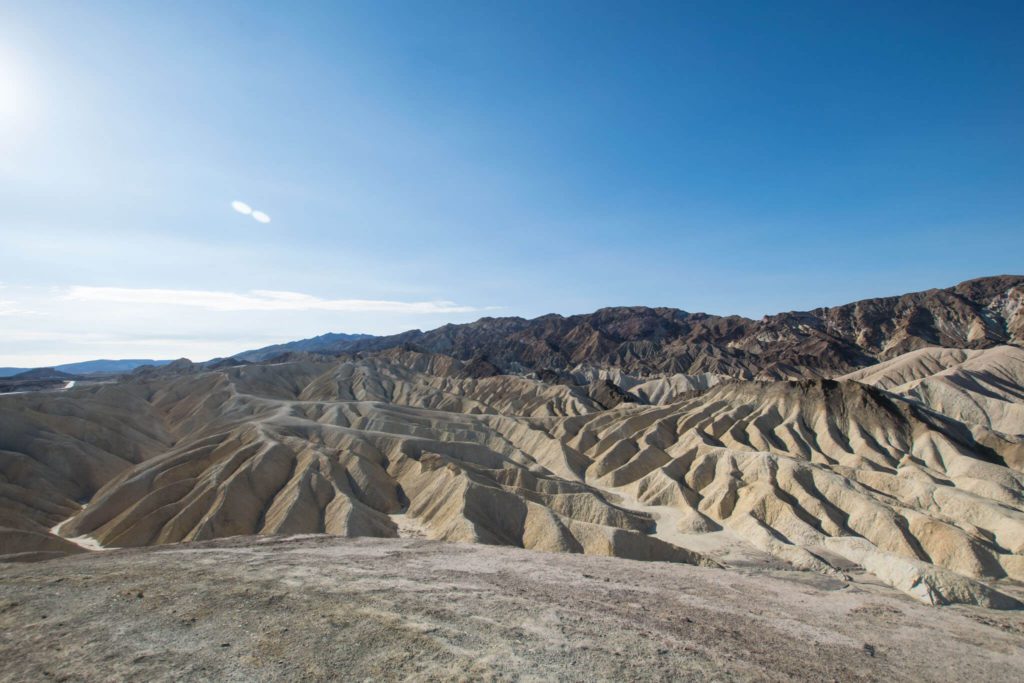
Next, drive through the one way Twenty Mule Team Canyon. This is a dirt road but is accessible with a car as the road is in good shape. We enjoyed this drive more than Zabriskie Point. You get the experience of being in the badlands without all that pesky walking in the desert heat.
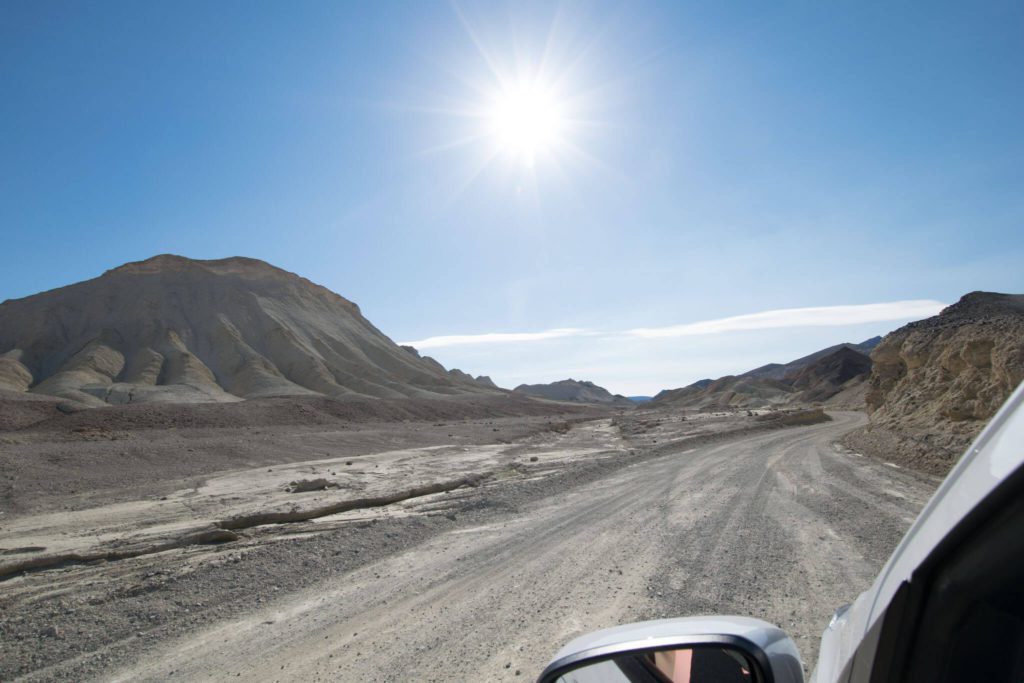
Next, make the drive to the top of Dantes View. This viewpoint is at 5503 feet above sea level and this will be the highest point on this Death Valley itinerary. From this peak, you’ll get great views of the southern portion of Death Valley, including the white salt covered Badwater Basin. As this is the highest point in the park, it will also be the coldest stop. Make sure you pack layers for the cooler weather.
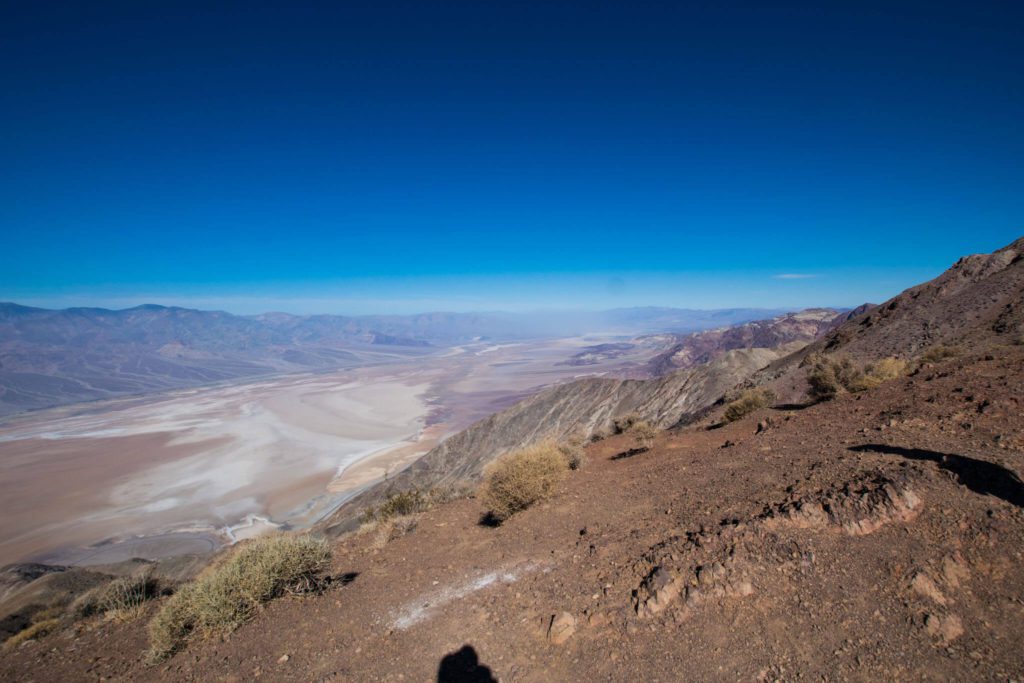
Eat diner in the park close to your accommodations. We’d recommend the Badwater Saloon in Stovepipe Wells.
Afterwards, find a nice quiet spot in the park for some night sky viewing. We went to the Mesquite Flat Sand Dunes at dusk as we were super excited to see it. We stayed here until dark to watch the sky. The Milky Way was so bright.
Day 2 – Everywhere Else
For Day 2 of this Death Valley itinerary, you’ll be doing lots of driving. For your first day, all of the attractions are close together. On Day 2, the attractions are much more spread out.
Morning – Mesquite Flat Sand Dunes and Father Crowley Vista
First, start your morning at Mesquite Flat Sand Dunes. If you get here early, you’ll be able to walk around the dunes before the heat gets unbearable and before the footprints mark up every dune. Walk around on the dunes here and enjoy the surreal views. However, make sure you don’t walk too far out without enough water. The distance in the dunes is very deceiving.
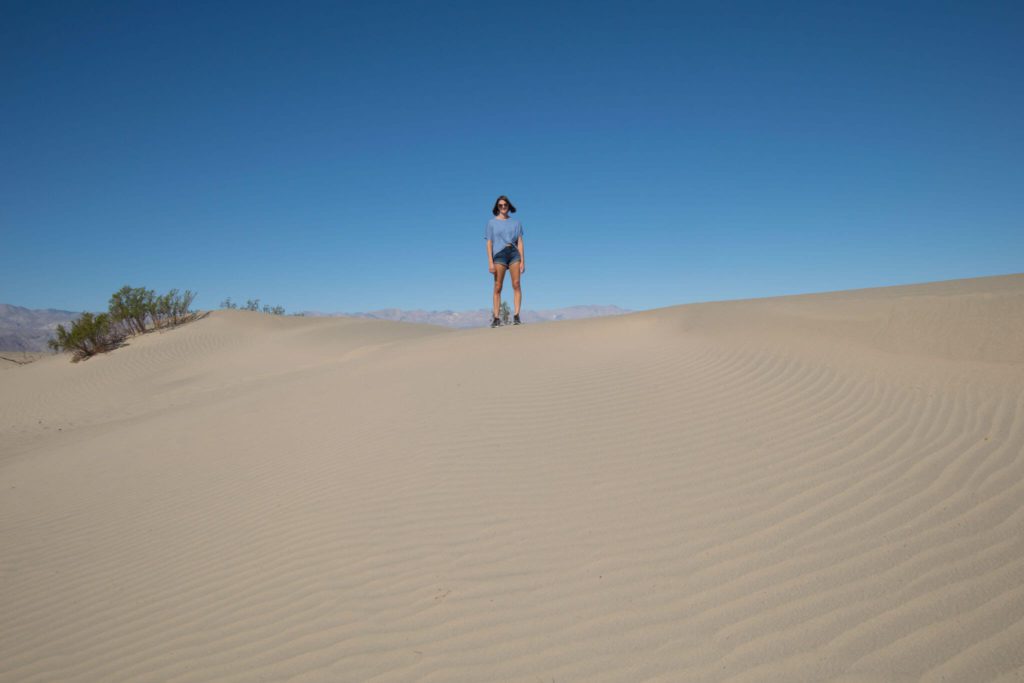
Next, make the drive through the Panamint Valley to Father Crowley Vista Point. The actual vista point isn’t the best view in the park. However, what’s really special here is the possibility of seeing the military run their low altitude training flights. These flights aren’t advertised – probably because they’re top secret 😉 – or at least weather dependent. However, you may get lucky and spot a flight here. Plan on eating a picnic lunch here as it will mean you have something to do while waiting for a possible flight.
Afternoon – Northern Death Valley
On your return drive from Father Crowley Vista, make the short drive to Mosaic Canyon. This drive is along a dirt road. There is a short walk into the canyon that you can take. However, walk in as far as you choose and then drive on.
Next, make the long (1 hour) drive to Ubehebe Crater. The views along the drive were great! Take in the view from the top of this inactive volcano. If you have energy left and it’s not too hot, consider walking to the bottom of the crater or around the outer rim. The walk around the crater is about 2 miles and pretty level. The walk into the crater is only a half mile but at a steep incline.
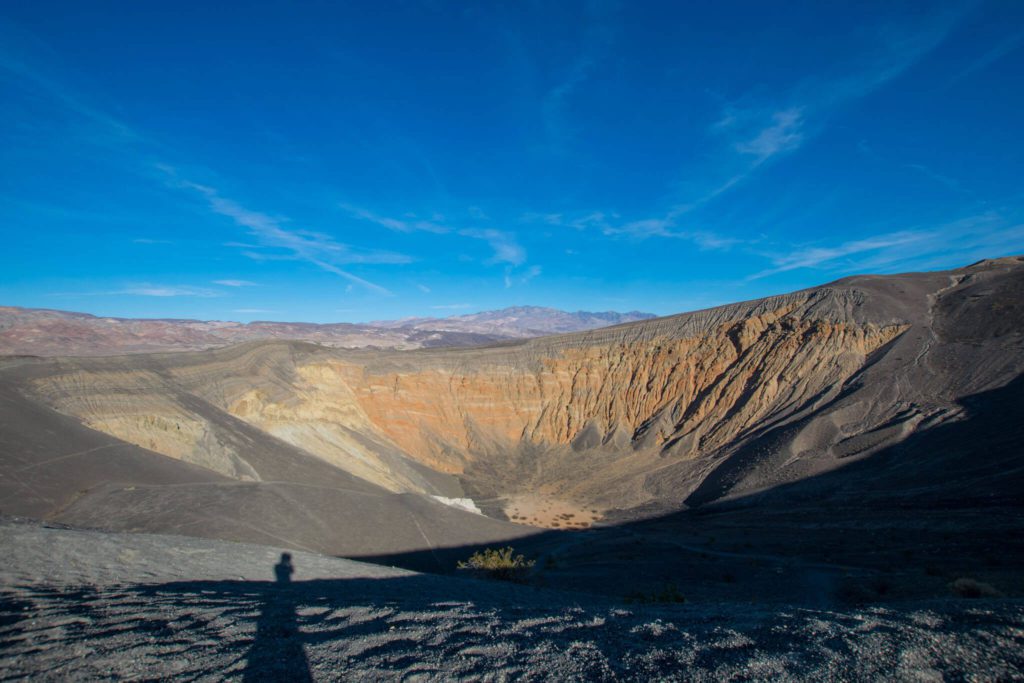
If you still have time left in your day, head to Scotty’s Castle. This mansion is built within the boundaries of the park and is a pretty cool building that you can tour. However, a flood caused significant damage and the park estimates that the attraction will be closed until at least 2022.
Head back to your accommodations or leave the park for your next stop. You should have plenty of time left to get back to Las Vegas or arrive late in Los Angeles.
Want to Adjust the Death Valley Itinerary
If you only have one day in Death Valley, you’ll definitely want to stick to the Day 1 itinerary and add the Mesquite Flat Sand Dunes to the end of your day. Day 1 of this Death Valley itinerary contains all of the most impressive things to see in the park. You can even do this as a day trip from Las Vegas as long as you wake up early in the morning and plan to drive back late at night. However, if you don’t stay overnight in Death Valley, you will miss out on the stargazing in this International Dark Sky Park.
If you want to spend more time in Death Valley, you really will need a 4WD vehicle. We covered every inch of the park that is available to the 2WD vehicles and have included all of the things worth doing in this Death Valley itinerary. However, there are more things to do in the park that require a 4WD vehicle. So consider renting one of those in the park and exploring some of those vehicles.
Check out our list of things to do in Death Valley, which includes a list of things to do with 4WD vehicles.
What to budget.
Your entrance fee into the park will cost $30/vehicle. Or, if you’re planning on visiting the nearby Grand Canyon or Joshua Tree, consider purchasing the American the Beautiful Parks Pass for $80. The American the Beautiful Parks Pass will get you into all National Parks and national lands for a full year. It’s a great deal! You can purchase either of these passes at the Furnace Creek Visitor Center or you can buy a Death Valley pass at the kiosks at the park entrances. This park mainly operates on the honor system – don’t be a bad person – buy a pass.
Food in the park is quite pricy. You’ll find restaurants in Furnace Creek, Stovepipe Wells and Panamint Springs. They are all overpriced. Furnace Creek has probably the widest selection of different types of restaurants. Food ranges from $15 hamburgers to $50 steak dinners. If you visit in the off-season (April-October), several of the restaurants are closed.
Normally, we think food within parks is pricy for what you get. However, we LOVED the Badwater Saloon in Stovepipe Wells. We actually went to a different restaurant our second night, read the menu and then returned to the Badwater Saloon for a second time. The quality of the food here really did match the price and we were happy to return. Highly recommend!
However, if you’re looking to save money on your trip and avoid the inconvenience of stopping for lunch, consider packing your lunches each day. We packed a picnic style lunch each day which saved us driving time and money. Another cost saving option is eating breakfast in your room. We had cereal each morning and made tea/coffee with our in-room coffee maker.
Transportation
We filled up our gas tanks twice on our two day visit to Death Valley. So budget accordingly. However, note that gas in the park is INSANELY expensive. Whatever you do, avoid getting gas at the Furnace Creek gas station. It was $1.50/gal more expensive than other gas stations in the park. The cheapest gas we found was at Stovepipe Wells.
Accommodations
Scroll up for more on where to stay. But budget $200/night for hotels and $16/night for tent camp sites.
Our two days in Death Valley costs us $609 for two people. This includes everything we needed, except our flight to Las Vegas.

By buying from the links below, we'll earn a small commission at no extra cost to you. Read the full Terms and Conditions here.
What to Pack
I don’t want to bore you with a complete packing list. You are a grown-up and can pack a bag. However, there are some things that are specific to Death Valley that you should have.
First, you will need sun-block. The sun here is intense and there is NO shade. You’ll also probably want a hat and sunglasses.
Next, you’ll want some serious water carrying capacity for this trip. Water is only available in the “towns” within the park. This means that you’ll need to stock up on water each morning and you may not be able to refill throughout the day. We had three liters of water storage for each person and did use it up on day one of our Death Valley itinerary.
And lastly, bring food with you into the park. Even if you plan on eating out for meals, plan to bring snacks with you. The park has limited options and the options are expensive.
Okay, so maybe those were really obvious items for your packing list but I said them 😉
One thing that may be less obvious is you will experience a variety of temperatures in Death Valley. Wait you thought it was always hot? Well yes, parts of it are. However, if you follow this Death Valley itinerary, you may experience a 50 F range of temperatures, we did. So make sure you plan on cold temperatures at high elevations as well as the blistering hot temperatures in the valleys.
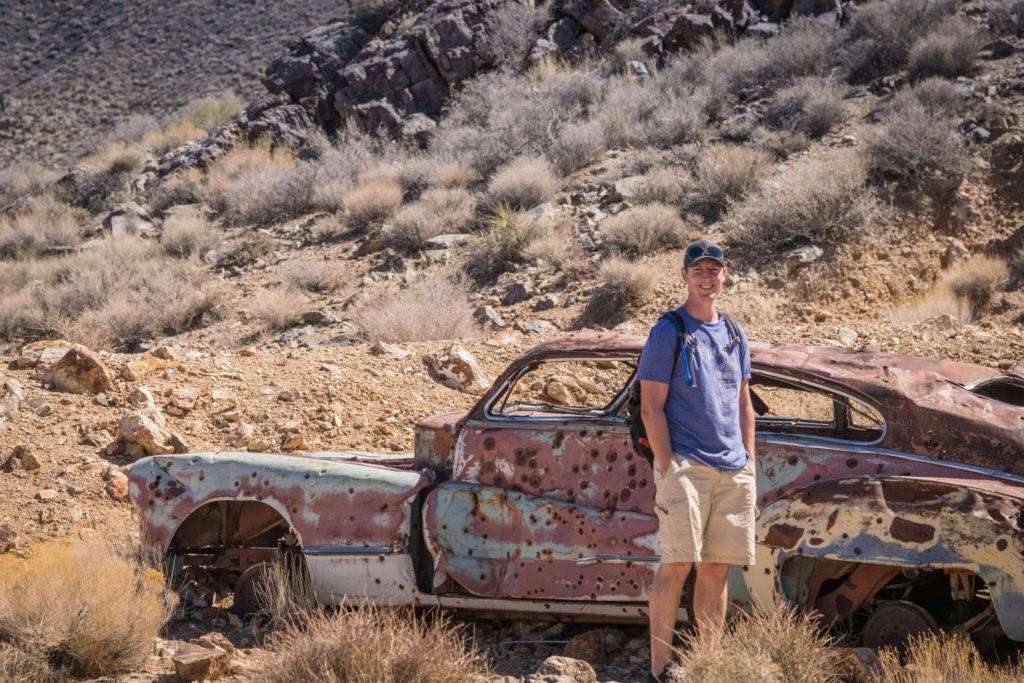
Cell service in Death Valley National Park is spotty, especially in Death Valley, which lies between the Panamint and Amargosa Mountain ranges. Because of this, you’ll want to pick up a paper map of the park at the Furnace Creek Visitor Center. This paper map will also have all of the top spots on it for you to map out your Death Valley itinerary.
Also, heat exhaustion and dehydration are risks when exploring Death Valley. So make sure that you limit your sun exposure and pack enough water. Water stations in the park are not as frequent as other National Parks – they really live up to the “driest” label in all aspects. So make sure to fill up your water bottles anytime you are at a water fill station.
Lastly, because of the dry conditions of the park, rain is dangerous. Flash flooding can be a problem when it does rain, so make sure to check the weather before heading out for the day and avoid hiking in canyons if rain is coming.
We hope you love this Death Valley itinerary as much as we did. If you have any questions or think we missed anything please leave it in the comments section below.
Leave a Reply Cancel reply
You might also like.
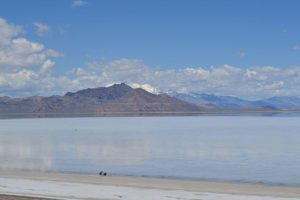
Our 16 Favorite Things To Do in Salt Lake City
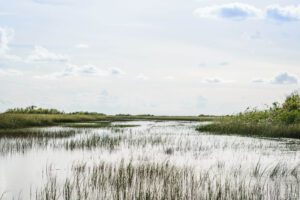
11 Exciting Things To Do In Everglades National Park
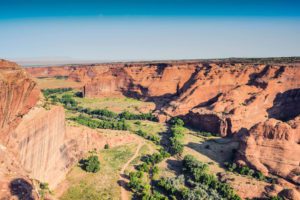
The Ultimate Guide to Canyon de Chelly National Monument
How to Plan a Weekend Getaway to Death Valley
:max_bytes(150000):strip_icc():format(webp)/betsy-hikey-1000x1500-56a386bf3df78cf7727ddc41.jpg)
TripSavvy / Vince Fergus
Death Valley is one of the starkest landscapes in California, a geological wonderland of exposed rock and scarce vegetation. Travelers and adventurers have been drawn here since 1849, when would-be miners nearly lost their lives seeking a shortcut to the gold fields, giving the valley its name.
If you've ever wanted to travel from Los Angeles to Death Valley or from anywhere in the world to this desolate land, we have just the guide for you. You can plan your Death Valley weekend getaway using the resources below.
Why You Should Go
Death Valley is popular with hikers, photographers, stargazers, and those who love the Old West. The Oasis at Death Valley (formerly The Furnace Creek Inn) is also a great place to relax, swim in the pool, and get a massage. Death Valley is a great destination for those looking to get away from the hustle and bustle of Los Angeles, San Diego, and other cities.
Best Time to Go
Death Valley weather is best in December and January. If you go during November's Leonid meteor showers, especially if they occur during a dark moon, you'll get an extra nighttime light show. During summer, the valley is blazing hot and the Inn at Death Valley is closed.
Don't Miss
If you only have time to do one thing in Death Valley, California, take the 18-mile drive south on CA Hwy 178 from Furnace Creek to Badwater . It's part of the Death Valley photo tour .
More Great Things to Do
- Sunrise is worth getting up early for, and sunset from the Death Valley Inn is just as lovely.
- With the nearest city far away and little stray light, night skies are outstanding, whether you just sit and watch or bring a telescope.
- Rhyolite Ghost Town is unique in its architecture, which included several buildings made of concrete. That means it has more standing ruins than almost any other ghost town in the southwest. It also has an interesting outdoor sculpture exhibit.
Annual Events
- Badwater Ultramarathon : Held in July, this grueling race goes from Badwater (282 feet below sea level) to the flanks of Mt. Whitney at 8,360 feet, taking the winner more than a full day to finish.
- Not wanting to be left out, bicyclists test their mettle against the desert in the Silver State 508 (which is also called the Furnace Creek 508), a 508-mile bicycle race held in September.
- The Death Valley 49ers Encampment happens here in early November, and accommodations fill up fast.
- Las Vegas Astronomical Society holds an annual Star Party in late January or early February at the Furnace Creek airport.
- With dark skies, this is a good place to watch a meteor shower. The most impressive are the Perseids , which happen in August and the Leonids in November, but there are more. Stardate has a full calendar of them.
Tips for Visiting
- Get an early start if you want to go hiking here, even in mid-winter.
- Bring plenty of water. You'll drink more than you can imagine.
- Bring your binoculars to see wildlife and get a closer look at some of the geology. At night, a good pair may also be helpful for stargazing.
- To cope with the dry climate, buy the right gear before you go to the desert or mountains.
The Oasis Resort at Death Valley offers a casual cafe, an old-fashioned steakhouse and there's an upscale restaurant at the Inn at Death Valley. Down at Stovepipe Wells, the atmosphere (and the food) is more casual but good.
Where to Stay
There are plenty of Death Valley hotels and Death Valley camping sites to choose from. The Oasis at Death Valley is a popular place to stay.
Getting There
Death Valley is 290 miles from Los Angeles, 350 miles from San Diego, 445 miles from Sacramento, 488 miles from San Jose, and 141 miles from Las Vegas. Research your travel route carefully before you go in order to avoid common pitfalls .
The nearest airport is in Las Vegas.
Death Valley National Park: The Complete Guide
Summer in California: Weather, What to Pack, and What to See
Death Valley Hotels: Find Your Perfect Lodging
November in California: Weather, What to Pack, and What to See
Weekend Getaways in California: 34 Trips You Can Take
Scenic California Drives: 7 Routes That Will Make You Swoon
August in California: Weather, What to Pack, and What to See
How to Plan an Awesome San Diego Weekend Trip
The Best Spring Getaways in California
The Best National Parks Near Las Vegas
15 Los Angeles-Area Road Trips and Getaways
January in California: Weather, What to Pack, and What to See
The Top Golf Courses in Southern California
December in California: Weather, What to Pack, and What to See
Catalina Island Weekend Getaway
April in California: Weather, What to Pack, and What to See
- The Inn at Death Valley
- The Ranch At Death Valley
- New Inn Casitas
- New Ranch Cottages
- Fiddlers’ Campground
- Reservation Policies
- The Inn Dining Room
The Last Kind Words Saloon
- Ice Cream Parlor
- The Ranch 1849 Buffet
- The Inn Pool Cafe
- Wild Rose Tavern
- Death Valley National Park
- Tours & Activities
- Frequently Asked Questions
- Meetings & Event Spaces
- Sustainability
- Press & Media
- Photos & Videos
- Join Our Newsletter
- Shop Online
- Lost & Found
- Search for:
How to Spend A Weekend In Death Valley, CA
- Facebook Share
- Twitter Share
- Google Plus Share
- post_title) . '&url=https://www.oasisatdeathvalley.com/connect/stories/how-to-spend-a-weekend-in-death-valley-ca/" target="_blank"> Twitter Share
Death Valley is often thought of as one of the most rugged locations on Earth, but the truth is quite the opposite. From October through April, the valley offers surprisingly pleasant temperatures for people wishing to escape the winter cold. And visitors will discover an amazing amount of biodiversity made possible by over 600 ponds and streams. What’s more, there are more things you can do for fun in Death Valley than you can possibly do in one weekend.
The Furnace Creek Golf Course at Death Valley
Play a memorable round of golf
Not only is there a championship golf course in Death Valley, but it is also recognized by Golf Digest as one of “America’s 50 Toughest Courses.” So, pack your golf travel case and head down to hit the links at Furnace Creek Golf Course at Death Valley.
This 18-hole, par-70 course was designed by the renowned golf course architect, Perry Dye. Four sets of tees enable players of all skill levels to participate. But with water features on 9 holes, even the most experienced players will find something to challenge them on this course. Use a golf push cart to move your clubs around so you can focus on the spectacular scenery.
Since the bottom of Death Valley boasts the lowest elevation in North America, The Furnace Creek Golf Course at Death Valley also has the distinction of being the lowest golf course in the US. It sits 214 feet below sea level. It’s also one of those clubs where you can boast you played the game and bought the T-shirt…in the well-stocked Pro Shop.
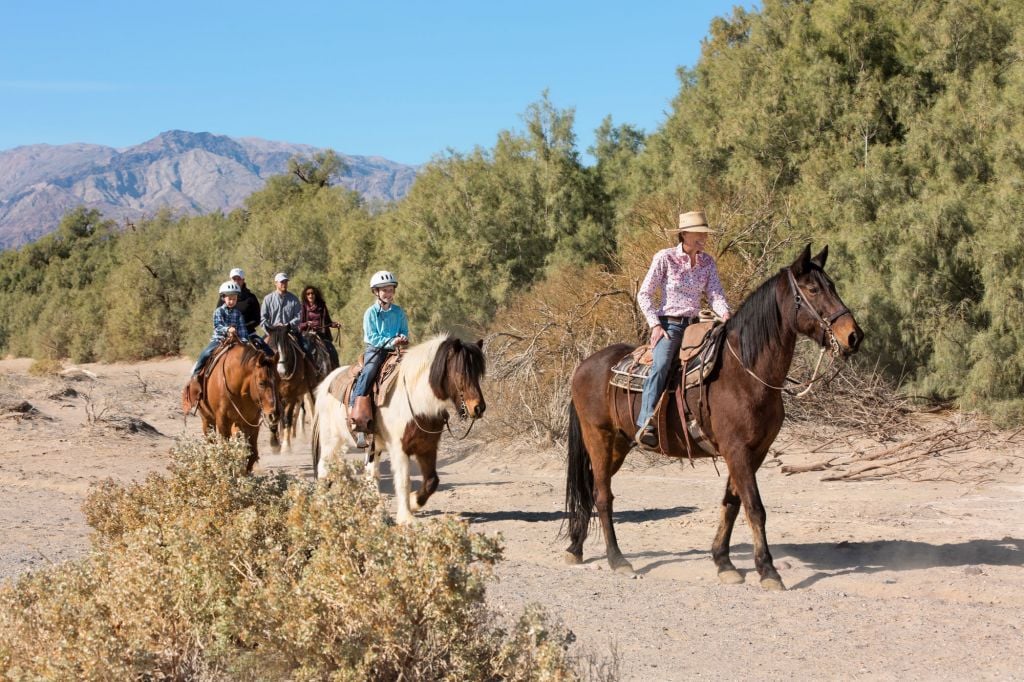
Enjoy trail riding through spectacular desert scape
The Ranch at Death Valley hosts Furnace Creek Stables , where you can join their fantastic 1 or 2-hours guided horseback trail rides through Death Valley National Park. Choose from a ride into the desert at the base of the valley or a longer ride into the foothills of the ominously named Funeral Mountains.
On a clear day, you can see over 100 miles from the foothills. This is a perfect way to reenact the journey through Death Valley followed by pioneers and gold and silver prospectors. And if you prefer to be driven rather than ride, Furnace Creek Stables also offers evening hay wagon and carriage rides through the valley.
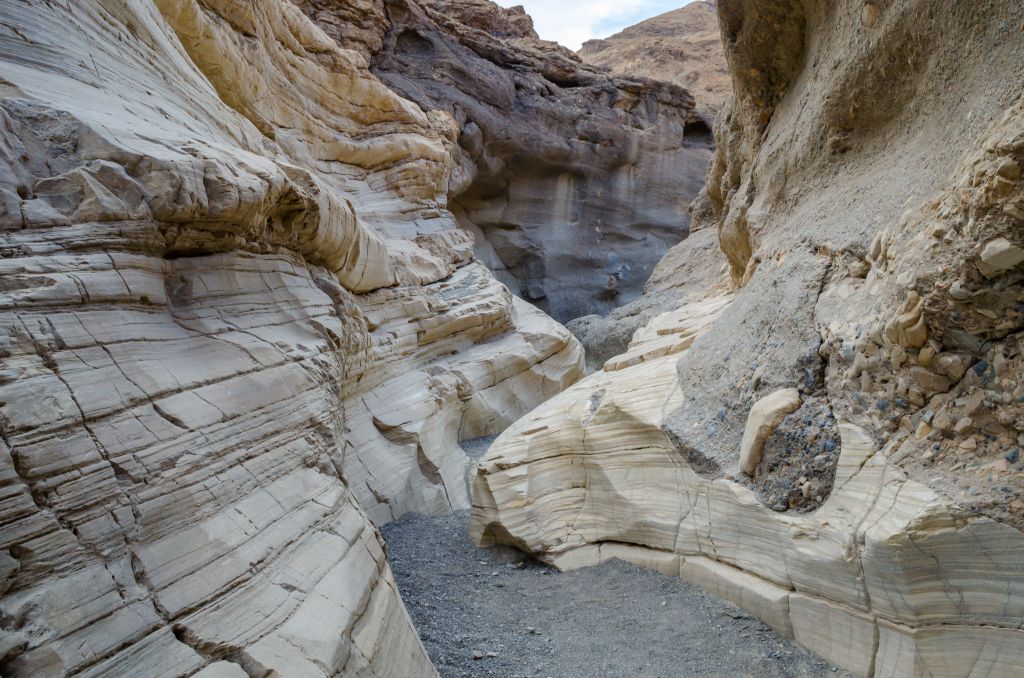
Hike through breathtaking scenery
There are few mapped trails through Death Valley National Park , but well-trodden paths thread through the valley. Recreational walkers can follow such informal trails into Mosaic Canyon (4 miles), Golden Canyon (3 miles) or visit the Harmony Borax Works historic site (0.4 miles).
For hiking April through October, you need to take care when you’re out under the sun. Take plenty of bottled water and apply sunscreen. Wear wide-brimmed hats, too. Even in winter, the dry air in Death Valley means you need to stay hydrated.
If you want more of a challenge, the steep 14-mile path up to Telescope Peak in the Panamint Range makes for a challenging all-day hike. At 11,043 feet above sea level, the peak is the highest point in Death Valley. However, be warned. Despite the pleasant temperatures below, these mountains get their fair share of snow in winter. So, for a hike into the mountains, you’ll need to carry layers in your backpack you can add as you ascend.
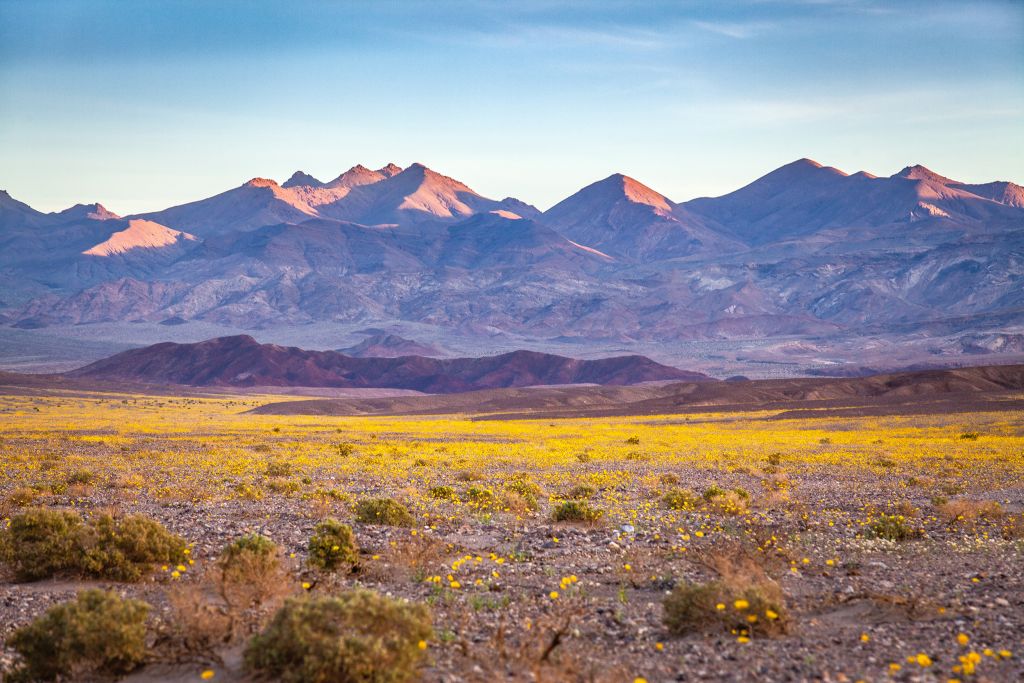
A rare “super bloom” event covering large expanse of the desert valley floor with wild flowers, dominated by the golden yellow of desert gold flowers (also known as desert sunflowers or Geraea canescens) in Death Valley National Park in California. The Amargosa mountains rise over the valley in the background.
Smell the flowers
You might be shocked to discover that Death Valley is a great place to admire wildflowers. Between mid-February and mid-May, spring showers often paint the valley floor in a blaze of colors.
If you’re visiting Death Valley in spring, head for Jubilee Pass near The Inn at Death Valley. There you might find blazing star, desert gold, Encelia, evening primrose, mimulus, phacelia, poppies, verbena, and, of course, flowering cacti.
In late spring and early summer, you’ll see plenty of wildflowers at higher elevations as you hike into the Panamints. However, you’ll find different flower species at higher elevations when compared to the valley floor, such as the endemic Panamint daisies, paintbrush, lupine, Mojave wild rose, rabbitbrush, and mariposa lilies.
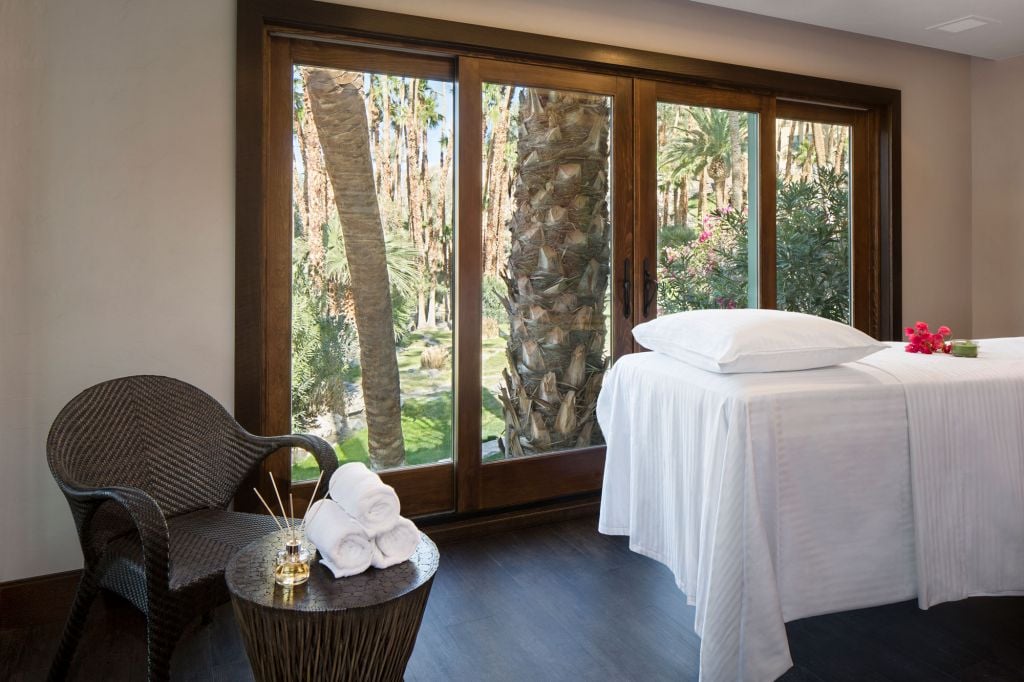
Relax at the Tranquility Spa
Learn how to relax
In all the classic B-Westerns, the heroes check into the hotel above a saloon to soak in a hot tin bath and wash off the trail dust. Although The Inn at Death Valley is a historic inn, you’ll find that things have changed a little over the years. Today, The Inn features a spa with a trained masseuse exclusively for the use of guests.
So, if you want to pamper yourself with a relaxing spa day, check into The Inn at Death Valley. Rather than an antique tin bath, expect to find brand new spa rooms with services such as aromatherapy, salt scrubs, hot stone massages, and reflexology. And if you want a swim to wake you up, The Inn at Death Valley boasts a spectacular spring-fed pool.
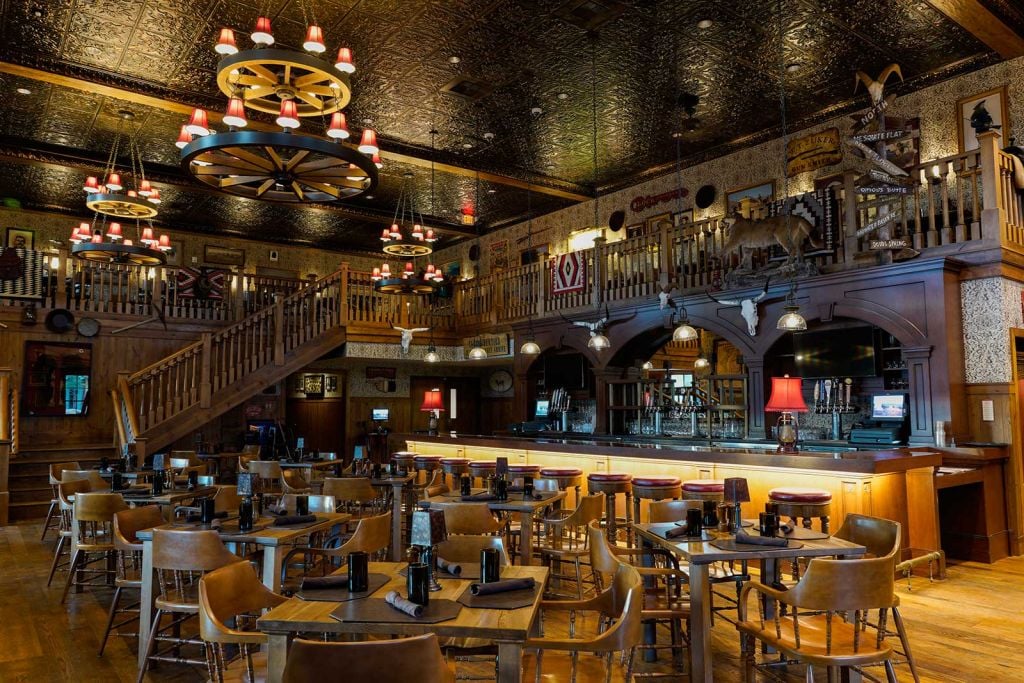
Drink in a saloon from the Wild West
If you dream of treading your cowboy boots into a saloon from the old west, check out the recently added Last Kind Words Saloon , located at The Ranch at Death Valley. This Western-themed restaurant and bar is an aesthetically pleasing tribute to one-horse-town saloons of a bygone age.
The menu follows the theme. You can look forward to a spicy chuckwagon chili, Dante’s chicken wings, Tomahawk bone-in ribeye, game of the day, tasty steaks, and wild Alaskan salmon. Vegetarians aren’t neglected, with delicious grilled flatbread, 1849 penne, and poblano macaroni and cheese. And, of course, the classic selection of whiskeys and beers you’d expect in any Wild West saloon…as well as some fine wines you might not!
And if the delicious food tempts you to overeat on vacation, you can burn off some calories by swimming in the refreshing spring-fed swimming pool.
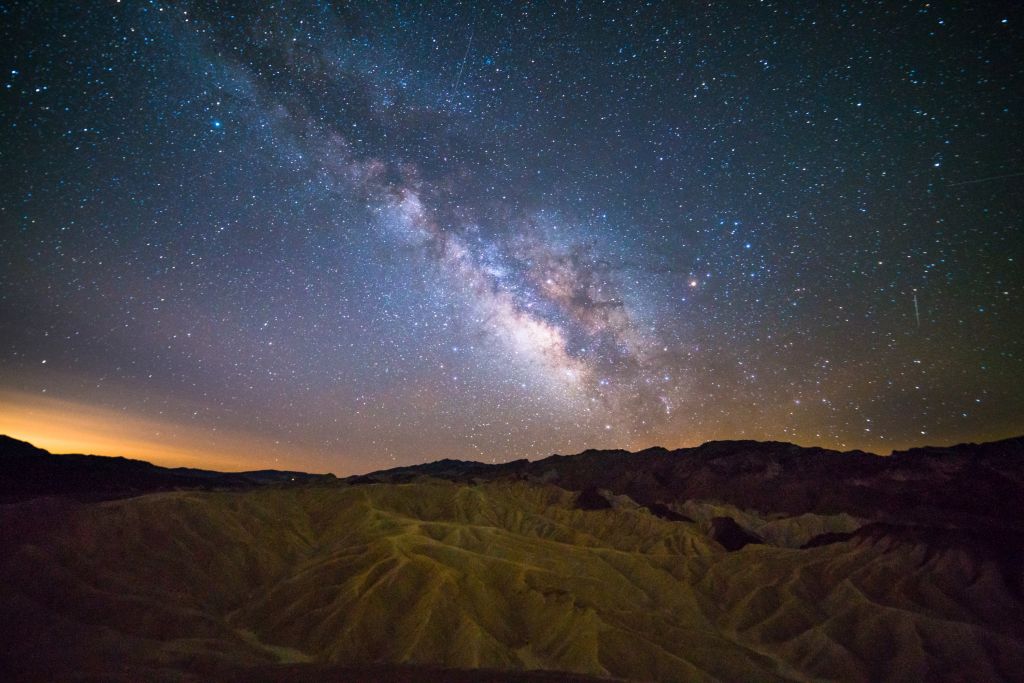
Gaze at the stars
Because Death Valley National Park is so far away from “civilization” (read smog, smoke pollution, light pollution), the park is designated a “Gold Tier” Dark Sky Park. From Furnace Creek, you can enjoy unobstructed views of the night sky that make Death Valley an excellent, year-round destination for keen astronomy enthusiasts.
In fact, The Ranch at Death Valley hosts regular Star Parties in conjunction with the Las Vegas Astronomical Society. Death Valley is close enough to LA and Vegas for city dwellers to come for a getaway weekend of stargazing but far enough away that the city light pollution does not interfere with the local night sky.
Too much for only one weekend!
As you can see, there’s more to do in Death Valley than you can squeeze into one short weekend. However, if you stay in Fiddlers Campground, the Historic Four-Diamond Inn at Death Valley, the family-friendly Ranch at Death Valley, or in one of the 22 new Inn Casitas, you’ll be staying within The Oasis at Death Valley, right at the heart of Death Valley National Park. That makes it super convenient for you to do any of the great activities mentioned above.
By continuing to use our site, you consent to our use of cookies as described in our cookie policy .
- Skip to global NPS navigation
- Skip to this park navigation
- Skip to the main content
- Skip to this park information section
- Skip to the footer section

Exiting nps.gov
Alerts in effect.
Last updated: March 20, 2023
Park footer
Contact info, mailing address:.
P.O. Box 579 Death Valley, CA 92328
760 786-3200
Stay Connected

How to Do Death Valley from Las Vegas: Route Map & 9 Stops
Doing a day trip to Death Valley from Las Vegas is tricky, You start with the long drive from Vegas to Death Valley, and then there’s vast geography of the park itself along with the long list of cool things to see and do there. Don’t worry, we are nothing if not helpful here at California Crossings. This Vegas to Death Valley guide will help you make the most of your day with an efficient route to the top sights in the park.
This itinerary is also useful if you are driving from Las Vegas to San Francisco (or vice versa). You can spend some extra time in the park before carrying on to your final destination. Regardless of how you do it, get an early start, because there is a ton to do in Death Valley and you’ll want to have as much time as possible for it.

About Death Valley
Death Valley is named for the doomed efforts of pioneers who were desperately seeking passage through the southern Sierra Nevada mountains. This hot dry landscape is an unforgiving place for a lost wagon train. But the pioneers persevered and after the establishment of California, Death Valley became a borax mining boom-town in the 1880’s. In the 1920’s the Pacific Borax Company engaged in a generous act of corporate philanthropy when they lobbied to to turn their cash cow into a protected space. They succeeded and the area was designated a National Monument in 1933, and a National Park in 1994.
Death Valley is beautiful for its contrasting landscapes. Death Valley National Park has the lowest spot in United States, which is then dwarfed by the nearby 11,000 foot Telegraph Peak. There are eroding sandstone cliffs, canyons, volcanic craters, surprising springs and “painted” rocks.
It’s no wonder that you want to visit Death Valley on your Las Vegas trip. Get the full guide for how to do that by reading the full article or or use this handy table of contents to find what you are looking for:
Death Valley from Las Vegas: routing and map Death Valley day trip FAQ 9 top stops 2 things to add if you have more time 2 things to skip in the interest of time Guided tours from Las Vegas to Death Valley National Park Other things to do in the region
Get our Death Valley vacation guide : It’s got the full scoop for planning your Death Valley Trip .
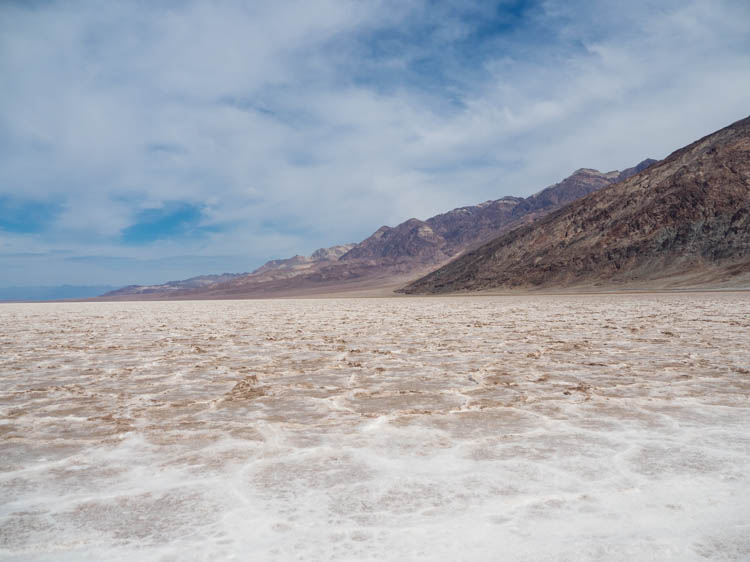
Distance from Las Vegas to Death Valley + Routing
The distance is from Vegas to Death Valley is 111-142 miles (2.5 hours), depending upon which of three routes you use. Las Vegas is actually the nearest airport to Death Valley , so this is a smart pick.
We recommend looping in one way and out another to maximize your coverage of the park. Use the map below to see what we mean.
IF, you can get up pre-dawn, then we recommend doing the loop clock-wise, so that you can get to Zabriskie point before dawn (because it’s really worth it). If you plan to get a later start, then go counter clock-wise, visiting Rhyolite first. Then try to hit Dante’s peak at sunset on your way out of the park.
- 142 mile s: Interstate 95 to Amargosa and then 373 to Death Valley Junction. This is the longest route, but it works best if you prefer four lane freeway and will be prioritizing the popular mid-section of the park.
- 111 miles : Highway 160 via Pahrump to Death Valley Junction.
- 125 miles : Interstate 95 toward Beatty, then Highway 374 into the park. This is the routing I recommend below. It allows you to see the Rhyolite Ghost town and is an efficient way to get to the Mesquite Dunes.
Death Valley Itinerary Map
Because mobile signals are bad in the park, I recommend that you open this map and cache it into your “my maps” so that it’s available when you need it.
FAQ: Day Trip to Death Valley From Las Vegas
How much total driving and time to i need.
We recommend a full 12 hour day with 356 miles of drive time to explore all of the suggested stops below.
Is One Day Enough for Death Valley?
Not really. It’s the largest National Park in the continental US and there is a LOT to do and see. That said, some of the most popular sights are centrally situated. With the help of this guide, you can see them in one day with a pretty packed agenda. You can also consider overnighting in the park, using this this 2-day Death Valley itinerary and our camping guide .
Is it Safe to Drive in Death Valley?
Yes. I’ve driven Death Valley in a rattle trap rental RV, a van with low clearance and a normal passenger car.
If you are worried about road conditions, all of the top sights listed here are accessible from paved roads.
Should I Rent a Car or Take a Tour?
We think that renting a car (or driving your own car) is the best way to see DV. This gives you the ultimate flexibility. But there are tours that go from Las Vegas to Death Valley. Scroll down to the bottom to get a few ideas.
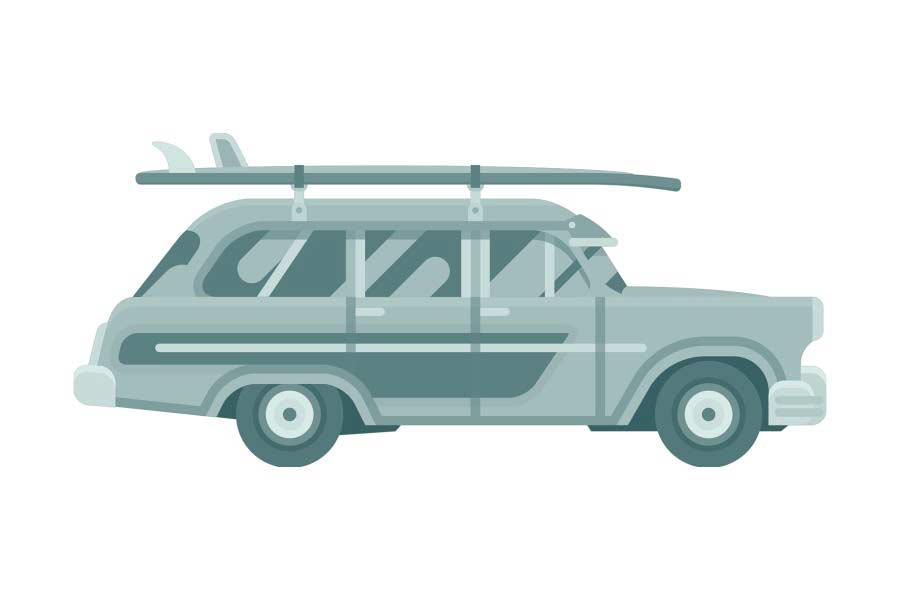
SCORE A RENTAL CAR DEAL
Make sure you get the best possible deal when renting a car. Compare across brands at Rentalcars.com . Or look for special member deals at Avis , Hertz , Budget or Enterprise .
Is There Gas Available?
Yes…but. There are fuel pumps in both Stovepipe Wells and Furnace Creek. However, I have been there when they have run out of gas. So, you should definitely fuel up before you go.
Is There Food Available?
Yes…but. There is a casual restaurant and small store in both Stovepipe Wells and Furnace Creek. And the Oasis hotel has a fancy restaurant. That said, you could plan to carry lunch or snacks. That way if you get hungry in one of the more remote spots, you don’t have to double back for food.
We also recommend carrying far more water than you might normally. Even spring and fall can be hot and the various parking lots and pull-outs DO NOT have water.
What is the Best Month to Visit Death Valley
The short answer is February/March for pleasant temps and (maybe) wildflowers. Mid-October through December is also very pleasant. The long answer can be found in our when to visit Death Valley article . It includes a temp and precip chart, advice on how to visit in the hotter months and more detail about less busy months.
Whatever you do, try not to go during the summer. It’s often 115′ during July and August. That sort of heat will prevent you from being able to do much of the hiking and sightseeing on this Death Valley itinerary.
These fun facts about Death Valley will help you learn things like whether the park is hotter than actual hell, who swindled who and where to find The Force.
Top Stops for Your Death Valley Day Trip
Since you only have one day to do Death Valley from Las Vegas, you’ve got no time to waste. We are recommending things to do that are among the most popular in the park. This is an action-packed day, so get a good night sleep and set out early.
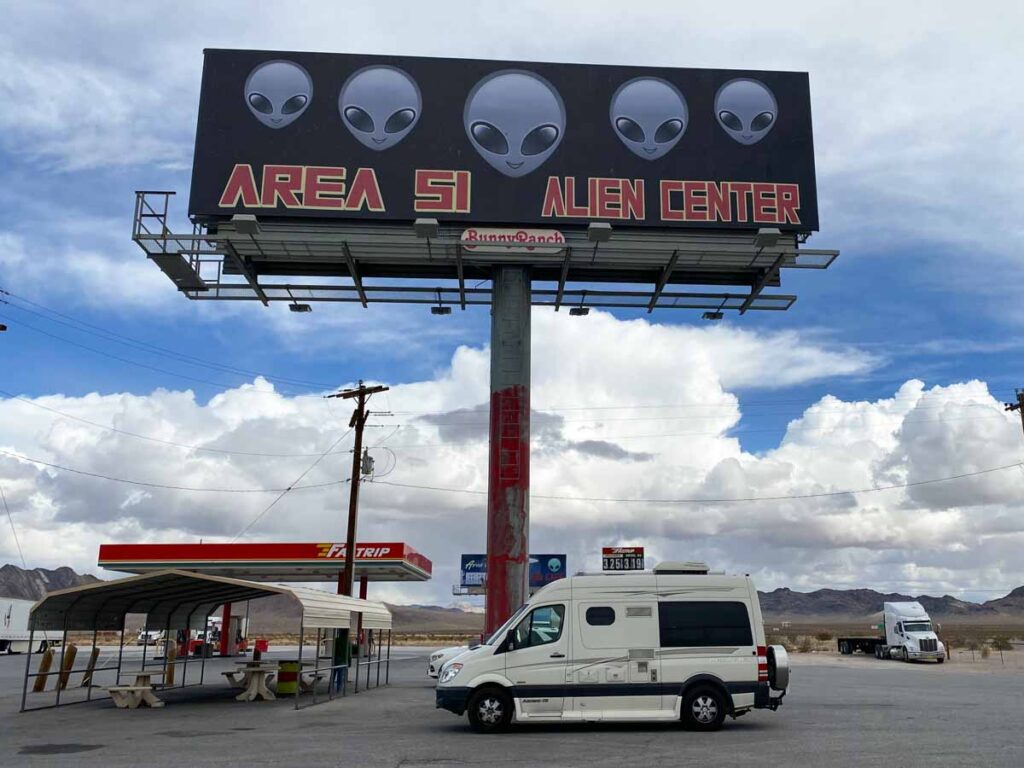
Las Vegas to Alien 51 Travel Center
88 miles | 1:14 drive time | :20 on site
Since you got up at o’dark thirty to start this adventure, you may want to take a pitstop in to hand with the aliens. Top up the gas, get some coffee and load up on some alien kitsch.
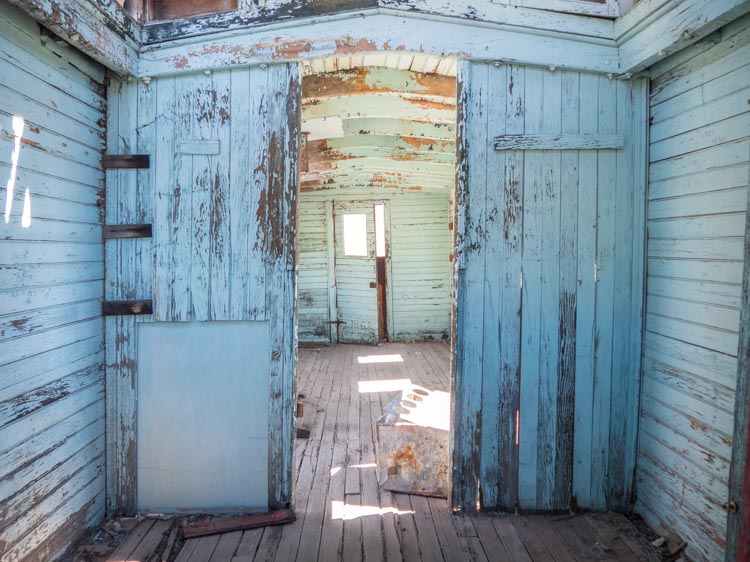
Rhyolite Ghost Town
36 miles | :40 drive time | 1:00 on site
Rhyolite is a bit out of the way, but worth it if you interested in learning about Death Valley’s mining history, and also if you like funky art projects. Rhyolite boomed and busted in short order between 1907-1910 and you can creep around the site peeking into old miner huts, schoolhouse ruins and rail cars. Be sure to save time for the nearby Tom Kelley bottle house and the Goldwell Open Air museum and sculpture park. Here’s our Rhyolite guide .
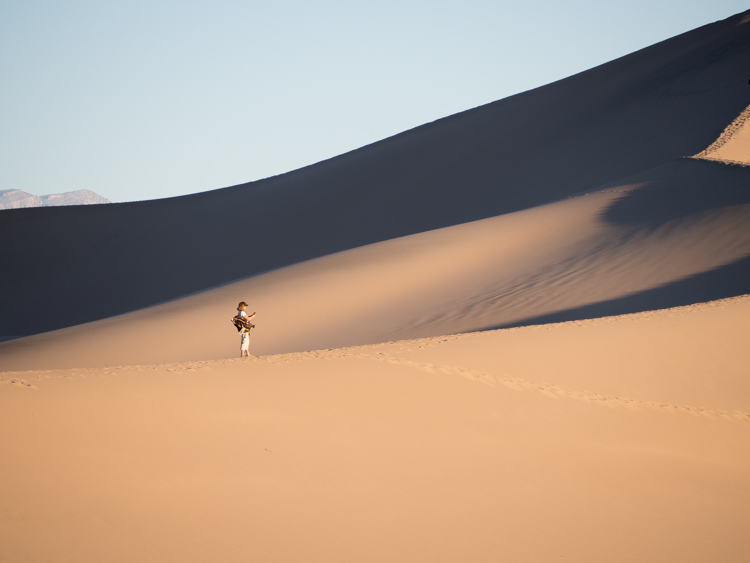
Mesquite Dunes
27 miles | :35 drive time | :45 on site
Death Valley National Park has several sets of sand dunes, but the Mesquite Dunes are the largest and most accessible. Simply park and then wander out into the dunes, exploring the short mesquite trees and the play of light and shadow. Also- this is the place where C3PO got so much sand into his joints at the beginning of the first Star Wars movie.
Furnace Creek Visitor’s Center
23 miles | :25 drive time | :20 on site
Death Valley is not a gated National Park. They have an honor system for getting park passes, using self-serve kiosks. If you haven’t already gotten a pass (which you can do in advance here ), stop into the Furnace Creek to purchase one. You can then see the exhibits, get maps and take a break for lunch.
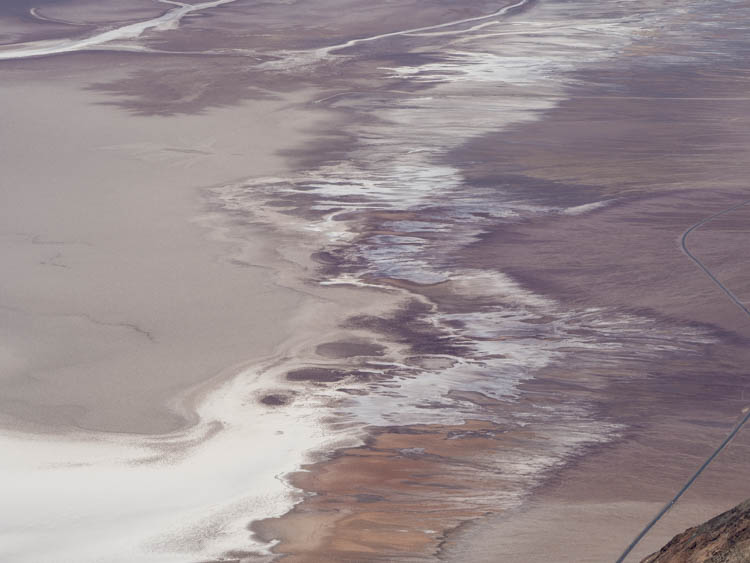
Badwater Basin
15 miles | :20 drive time | :30 on site
At -282 feet below sea level, the Badwater Basin is the lowest spot in the United States. It’s a vast salty sea bed where you can spot cool crystalline geology and marvel at the mountains that loom over it.
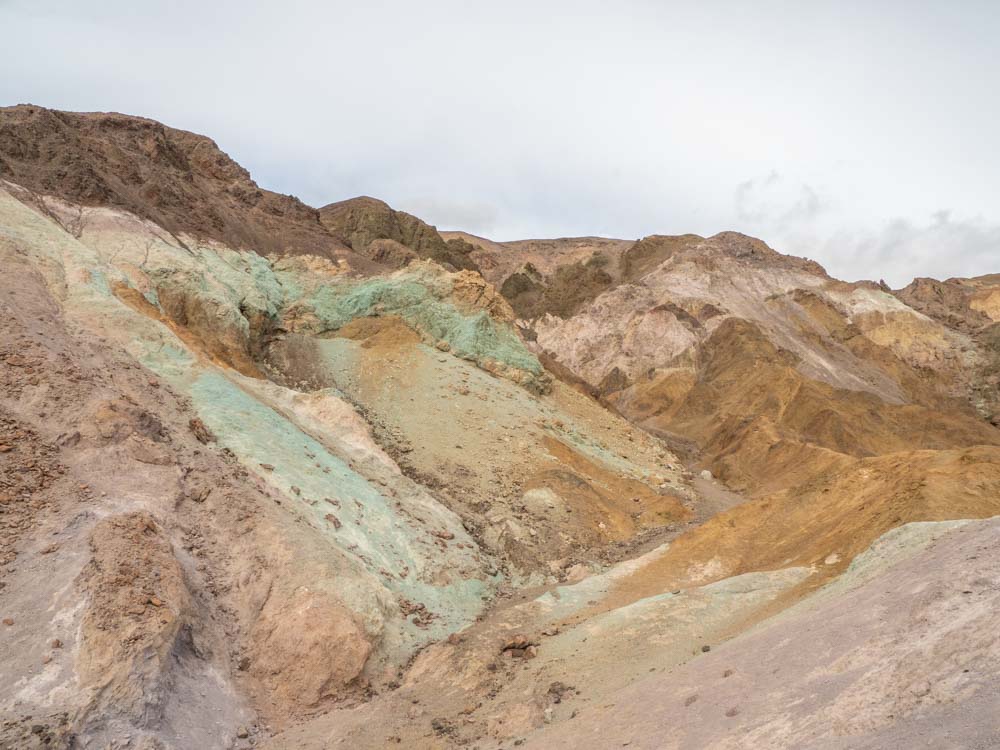
Artist Palette Drive
13 miles | :25 drive time | :45 on site
This scenic drive accesses is a collection of colorful pink and green minerals which flow out of the otherwise beige landscape. You can simply do the 10 mile drive, or you can stop at some of the pull-outs and walk closer to the colored cliffs.

Zabriskie Point
10 miles | :15 drive time | :30 on site
Zabriskie Point is a cool spot for overlooking the Badwater Basin and the Panamint range beyond. The nearby canyon has folded crags that are quite lovely when the sunlight fires up the rocks. There is an overlook and if you have time, you can also hike down into the canyon below on the Badlands Loop.
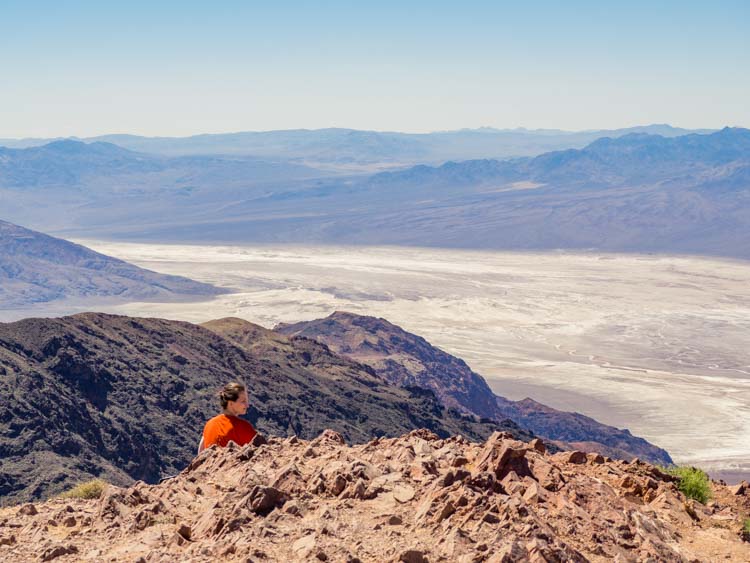
Dante’s View
20 miles | :30 drive time | :45 on site
Dante’s View is a little out of the way but very worth it if you like spectacular views. From the top of the 5,500 foot viewpoint, you get a full 180′ view of Badwater Basin and the Panamint range beyond. I’ve very deliberately put Dante’s view at the end of the itinerary hoping that you’ll time it for sunset. Even better, stay after dark, because Death Valley is an international dark sky park and Dante’s View is a great spot for stargazing.
If you don’t make it to Dante’s View, the Mesquite Dunes and Badwater Basin are also cool at sunset.
From Death Valley back to Las Vegas (via Pahrump)
125 miles | 2:30 drive time
If you are starving by now, you can stop in Pahrump for dinner– get Mexican at Johnny’s or Italian at Carmelo’s. If you don’t get back too late, you could hit up downtown Las Vegas for some food and kitschy fun.
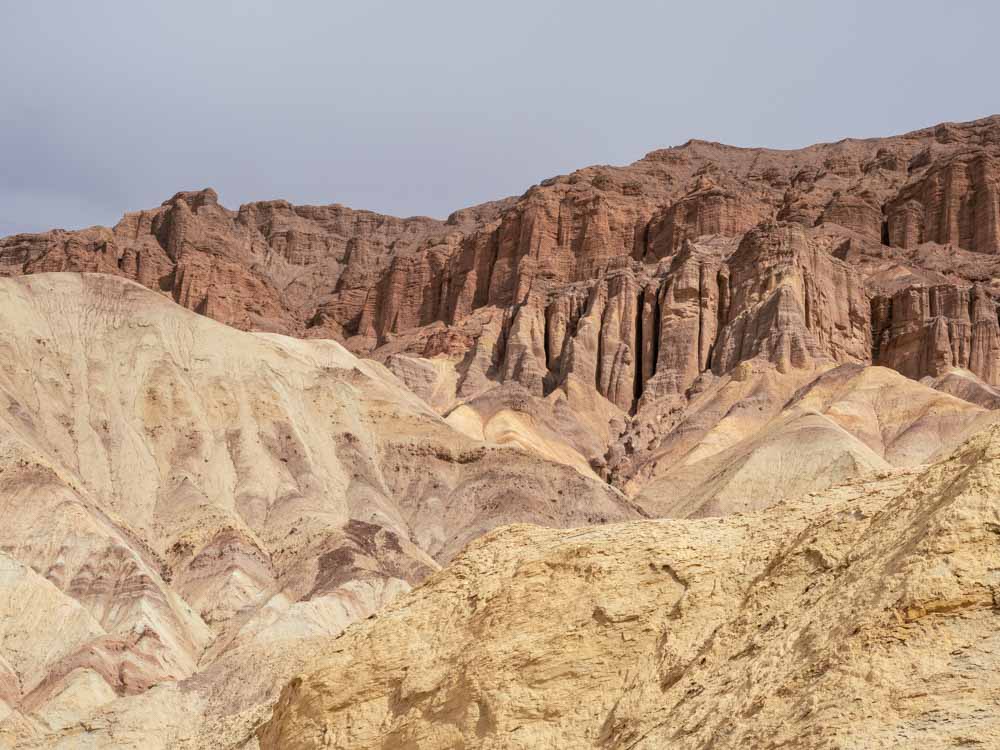
Two Additional Stops (If You Have More Time)
Golden canyon or sidewinder canyon hikes.
No additional drive time | 2.5 hours on site
This narrow Golden Canyon trail is one of the most popular in the park. It’s right off of the Badwater Basin road. The hike is a 3 mile out and back to the Red Cathedral overlook. But please be careful, because Jawas lurk in this canyon and you don’t want to get zapped, like R2D2 did in that first Star Wars movie.
If you prefer slot canyons, then drive down Badwater road a bit further and take the Sidewinder Canyon hike . It has three amazing slot canyons.

Ubehebe Crater
Drive time 62 miles and 1:20 from Rhyolite and then 42 miles and 1:00 to Mesquite Dunes | 1:00 on site
This unique formation is a 600 foot deep inverted volcano. It was was formed when gases and magma built up and then exploded all over the surrounding desert floor. The resulting geology has created layers of colorful and textured rock deposits. While there, you can circumnavigate the 1.5 mile rim and/or walk down to the bottom of the crater.
Two Things to Skip (Because They Aren’t Worth the Time)
The devil’s golf course.
Don’t bother with the Devil’s Golf Course. Yes, it has interesting geology, but you see that everywhere in the park. This day trip has a tight schedule, spare yourself the time.
The Racetrack
You also don’t have time for The Racetrack. Perhaps you’ve seen those cool images where it looks like large rocks are magically sliding around the desert basin? That’s The Racetrack. It’s cool, but it takes a whole day to do. Just getting there from Furnace creek takes 3 hours one way, an SUV or truck with clearance, and the intestinal fortitude to withstand 27 miles of washboard and sharp rocks.
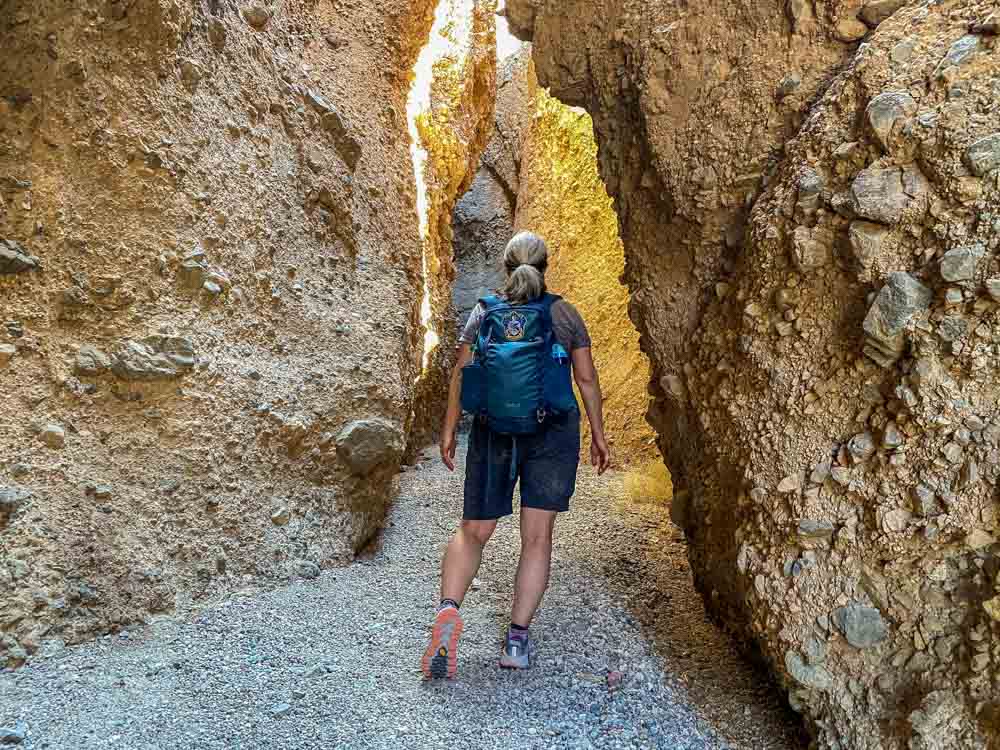
Guided Tours for the Day Trip from Las Vegas to Death Valley National Park
If you are staying in Las Vegas and don’t want to rent a car, you can always take a guided tour from Vegas to Death Valley. All of them are approximately 10 hours and will pick-up from Las Vegas hotels and Airbnbs. They are all ~$260 per person for the full day, which includes a guide, national park fee, lunch, snacks and water.
The tours differ by which stops they make and whether or not you can customize your options. Check out these four choices and click on the link or the image below to get more info, read reviews and book.
- The Death Valley Day Trip from Las Vegas : This is a basic “best-of” tour. It adds a stop for the Devil’s Golf Course and doesn’t go to Dante’s View.
- Small-Group Death Valley National Park Day Trip from Las Vegas : This tour does stop at Dante’s Peak and Pahrump, but it doesn’t go to the Mesquite Dunes.
Discover More in the Region
- Consider spending more time with this two-day Death Valley itinerary .
- Amaze your friends during trivia night with these 10 fun facts about Death Valley and also these fun facts about Joshua Tree .
- Visit California’s coolest ghost towns , many of which are near Death Valley and the Highway 395 corridor .
- Carve out some time to visit Joshua Tree National Park in one day and while there check out some of the Joshua Tree attractions in town.
- Stay in come cool Joshua tree cabins or glamping spots .
Help your friends figure out how to get from Las Vegas to Death Valley by sharing this on Pinterest:

Share with your friends
Leave a Comment Cancel reply

Best hikes in Death Valley National Park
Posted: July 19, 2023 | Last updated: July 19, 2023
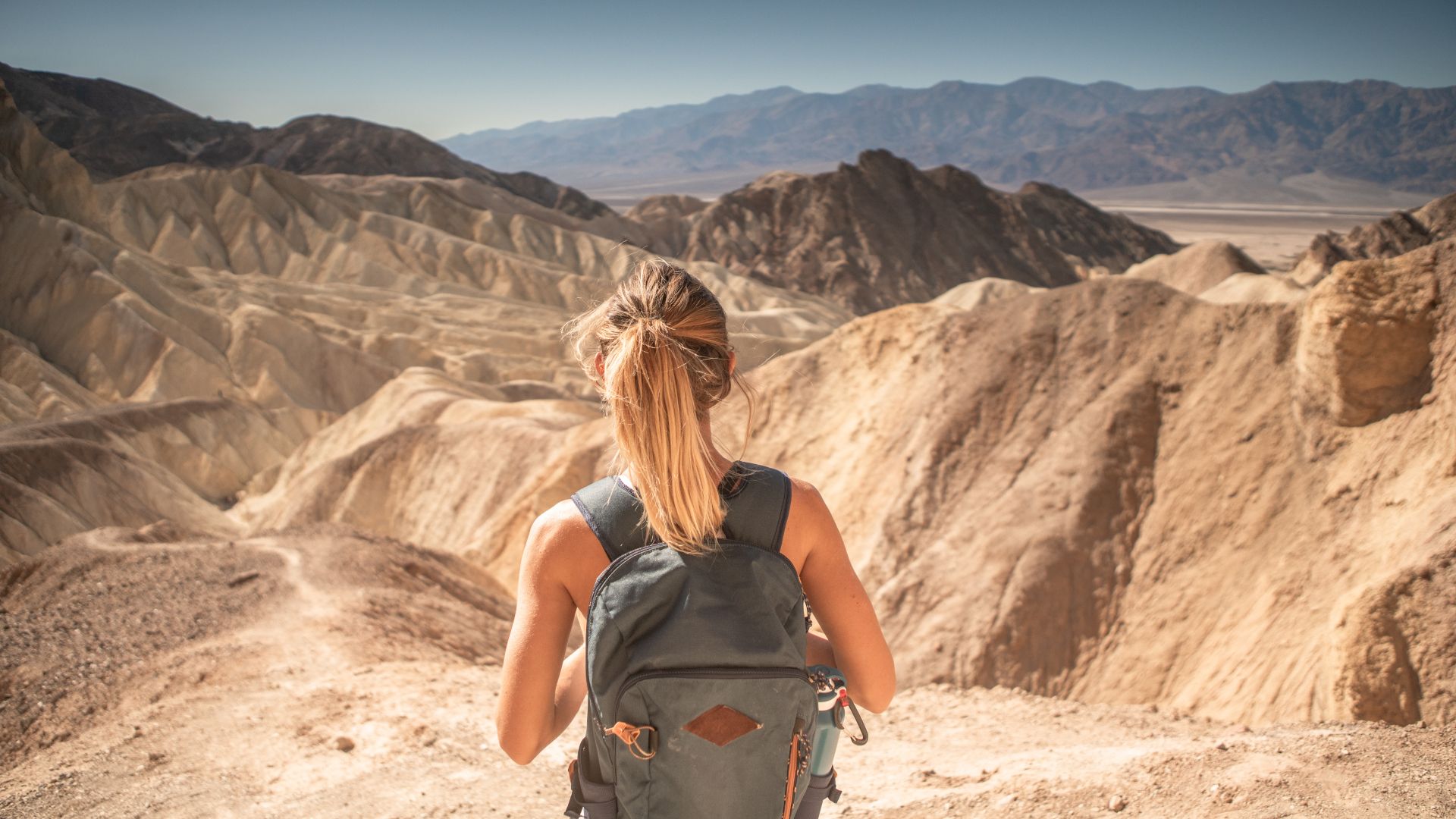
Death Valley might be one of the world’s most iconic landscapes, but it’s often overlooked as a hiking destination, probably due to the fact that for most of the year, it’s an oven and perhaps because many assume the desert scenery will be rather bleak. Well, the best hikes in Death Valley National Park are here to change your mind about all that, with volcanic fields, multi-colored rock canyons, sand dunes the size of mountains and deep, salt-covered basins.
Death Valley holds the distinction of being the hottest, driest and lowest National Park in the US, and while that may sound foreboding, its geography also means it stuns its visitors with looming sand dunes and peaks, endless salt flats and basins and – despite the name – surprising diversity of wildlife. Situated in the northern Mojave desert, the park straddles California and Nevada, and is approximately four hours from LA and just over two hours from Las Vegas.
This vast desert boasts some of the darkest night skies in the country, making it one of our top picks for National Parks for stargazing, but during the day you’ll need to make special preparations for the extreme heat. During the summer months, daytime highs often top 120°F (48°C) and night temperatures don’t get below the 90s (or 30s in Celsius). However in the colder months, Death Valley is a comfortable 70 degrees during the day making it one of the best National Parks to visit in winter.
It may be tempting to head out in your flip flops, given the temperatures and the short distance of many of the hikes on this list, but to do any serious exploring here, you’ll want to wear your best hiking boots and carry plenty of water.
By Julia Clarke

Badwater Basin Salt Flat
Distance: 1.9 miles Difficult: Easy
At 282ft below sea level, Badwater Basin is the lowest point in North America. Ascend into the salt flat via a wooden boardwalk and you’ll find yourself in a surreal landscape of a vast flat valley covered in a thick layer of salt that looks a bit like snow, surrounded by towering mountains. The flat was the bed of an inland sea in prehistoric times and in rainy years, a small temporary lake sometimes reappears here. Once you get to the end of the boardwalk, wander around as long as you like, taking in the sights and silence, then return the way you came.

Mesquite Flat Sand Dunes
Distance: 2 miles Difficult: Easy
Eroding mountains and wind patterns form many sand dunes in Death Valley, and while Mesquite Flat Sand Dunes aren’t the largest, they’re some of the most popular. The highest dune rises 100ft up from the valley floor and while there isn’t an official trail, a hike to the top requires about two miles of hiking. This terrain is home to kangaroo rats and rattlesnakes as well as mesquite trees that burst into color in the spring. Dawn and dusk are the best times to catch the dramatic shadows on the dunes.
Desolation Canyon
Distance: 3.6 miles Difficult: Moderate
Desolation Canyon is preferred by hikers seeking a bit of an escape from the crowds, and offers volcanic landscape and striped rocks colored orange and green by iron and other minerals. Go past the parking lot at the Golden Canyon trailhead and proceed to the unmarked dirt road on the left. From the parking area, head northeast to the entrance of the big canyon to pick up the unmarked trail. This high walled canyon becomes progressively narrower as you hike and about one mile in, there is an eight foot drop that requires a little scrambling, but the panoramic views from the ridge at the end are well worth it.
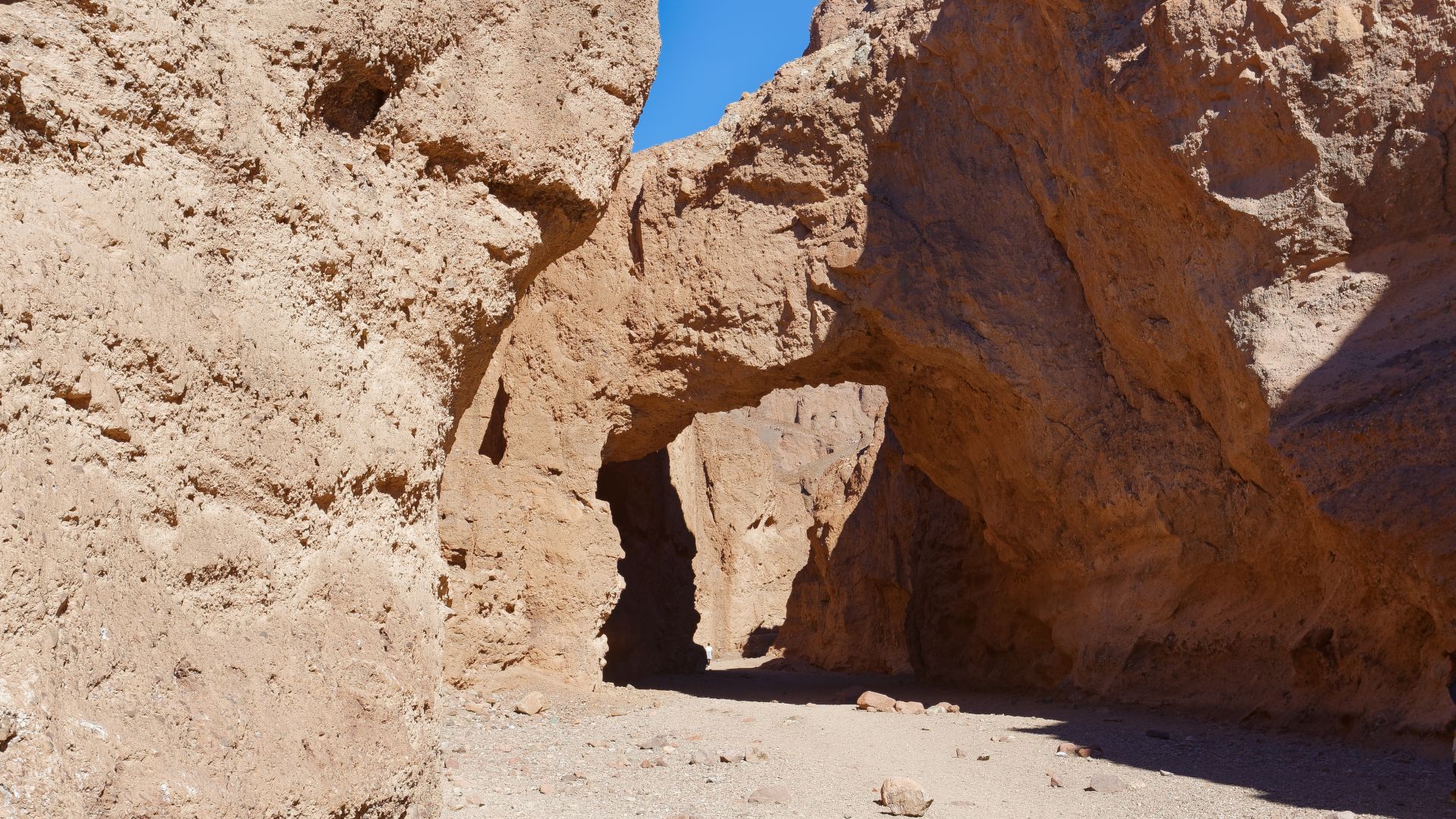
Natural Bridge Trail
Distance: 1.4 miles Difficult: Easy
Natural Bridge Trail is perfect for anyone interested in geology. This trail has a gravel surface, which makes the ascent a bit difficult, but it only takes half a mile or so of hiking before you reach the impressive 50ft natural rock bridge formed by wind erosion that spans the width of the canyon. Hike under the bridge and continue to see evidence of long dried up streams and falls that left their mark on the rocks thousands of years ago, and imagine what the area must once have looked like before today’s chronic droughts.
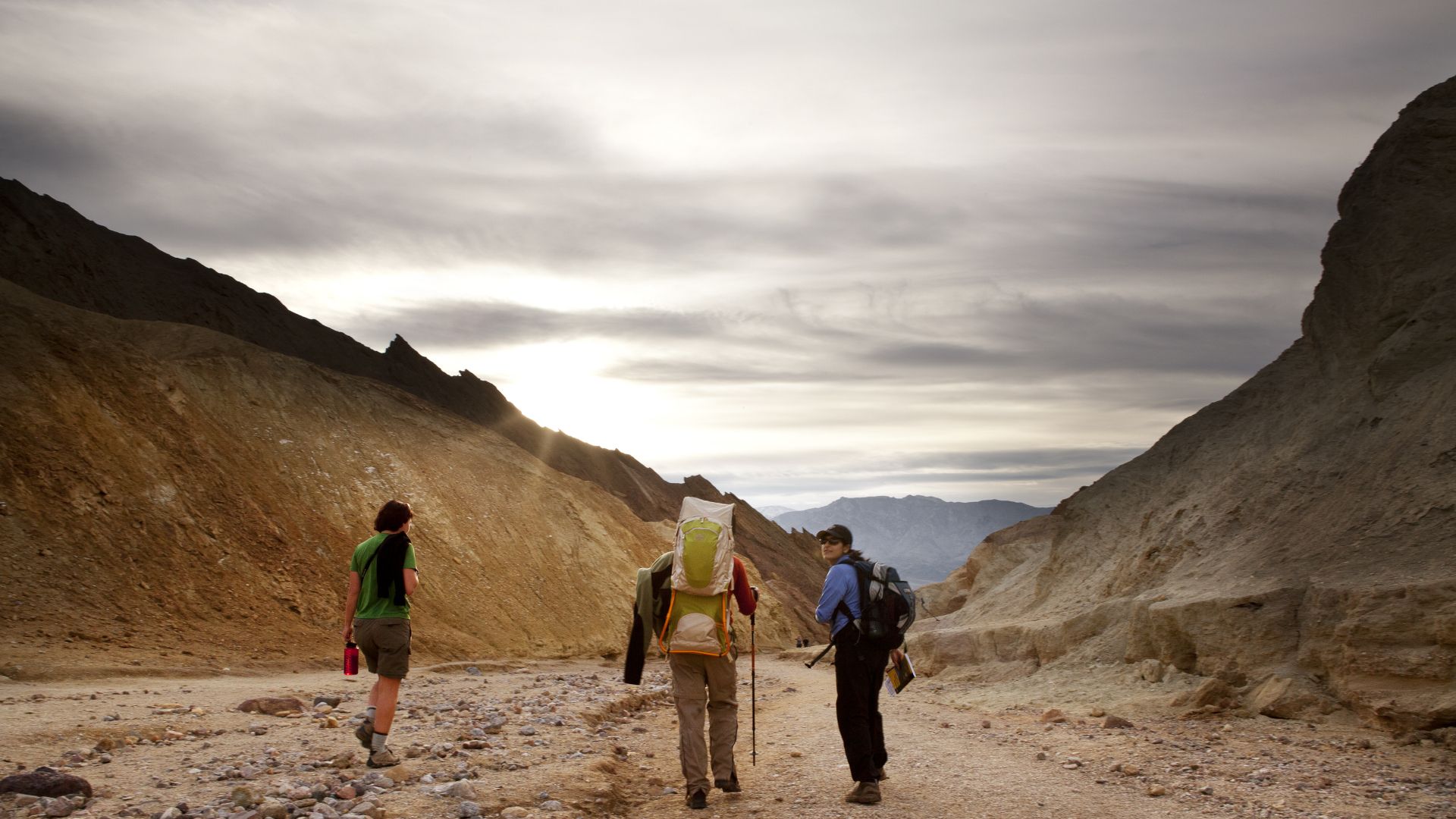
Golden Canyon and Gower Gulch loop
Distance: 4 miles Difficult: Moderate
This popular hike takes you through geological wonders and delivers some of the best views of the badlands. There are a few ways to do it, but for a full day you can begin in Golden Canyon where you’ll find colorful canyon walls and exciting offshoot canyons that you can explore as you like. Follow the signs to Manly Beacon, where you’ll enjoy panoramic views of the badlands, before descending into Gower Gulch passing old borax mines and dry falls. As an alternative, you can follow the Badlands trail to Zabriskie Point for another scenic overlook before descending.
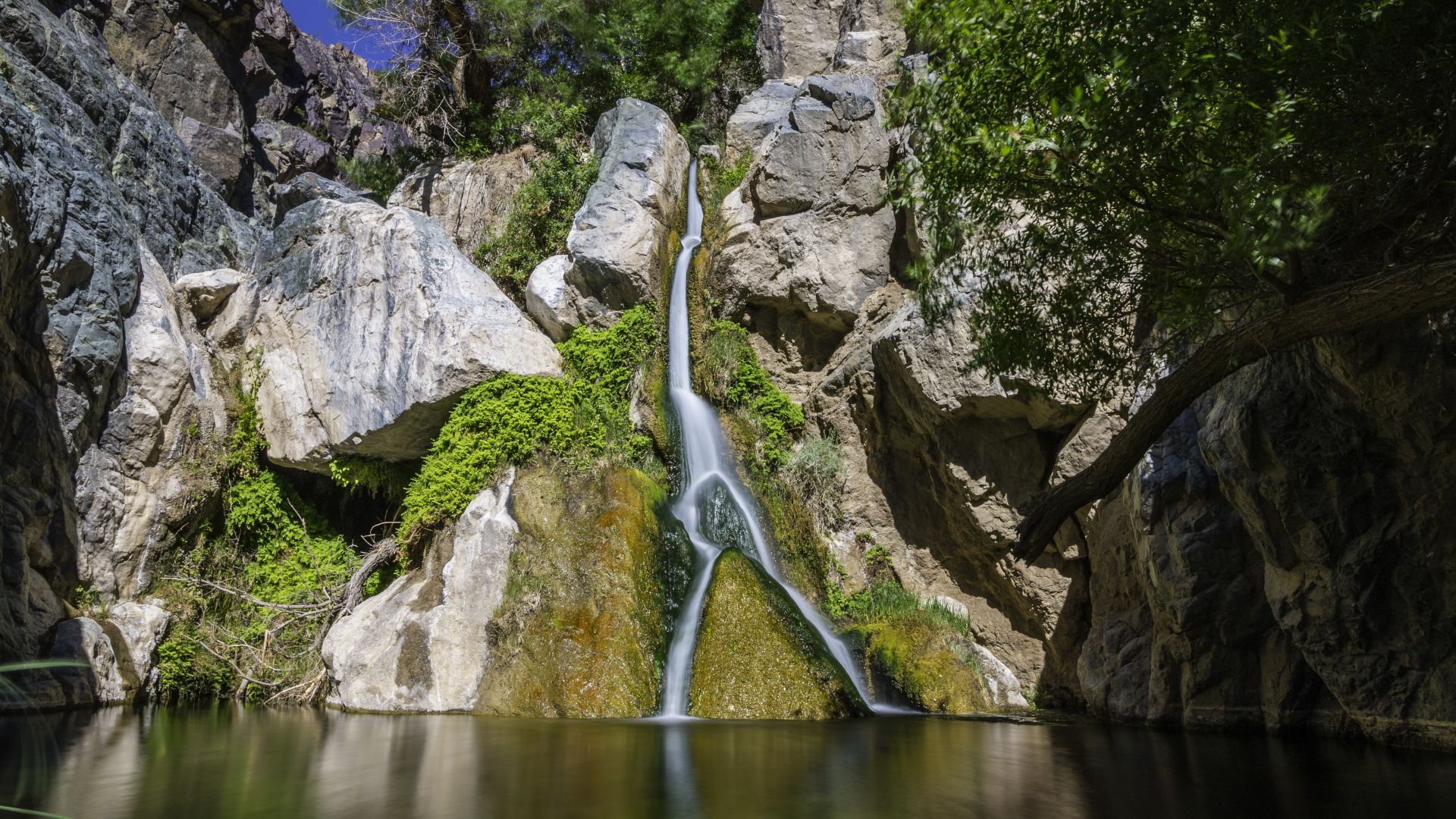
Darwin Falls
It might sound impossible, but there is water to be found in Death Valley. Darwin Falls is one of the only year-round waterfalls in the park and standing in this lush, green oasis in the middle of the desert feels positively surreal. This hike starts out as yet another gravel-lined canyon floor hike but after half a mile or so, it transforms into a paradise of willows and cottonwoods and takes you over several creek crossings before you arrive at the delightful wispy waterfall.

Mosaic Canyon
Distance: 3.5 miles Difficult: Moderate
Mosaic Canyon is a fascinating slot canyon that gives you a taste of canyoneering without requiring equipment or experience. This canyon is formed of a natural, cement-like substance that holds fragments of many types of rock giving the appearance of small, colorful tiles. The hike starts out with a wide wash but quickly leads you to the exciting, narrow winding passageway of the canyon. Upon encountering a large boulder that appears to be blocking your way, you can turn back or, with a little finesse, squeeze through and keep going. You’ll encounter another such obstacle a little further on but again, you can climb over it and keep going until you reach a small amphitheater where you can enjoy lunch before turning back.

Ubehebe Crater
Distance: 1.8 miles Difficult: Moderate
Formed by volcanic steam explosions, the cavernous Ubehebe Crater is 600ft deep and half a mile wide with colorful rock walls. You can easily descend down to the bottom of the crater, but the hike back up is not so fun. Alternatively, you can take a two-mile circuit around the rim from where you’ll enjoy all the best sights, or just take the shorter Little Hebe trail along the western rim to a smaller crater.
More for You
Nikki Haley announces new job after quitting 2024 presidential race
Flight attendant shares her punishment for passengers who refuse to swap seats with parents
Where is Jennifer Pan from ‘What Jennifer Did’ now?
Remote workers are about to get a rude awakening
Nike draws heat over skimpy U.S. women's Olympics uniforms
Loretta Lynn's granddaughter Emmy Russell stuns 'American Idol' judges: 'That is a hit record'
Iconic ice cream brand files for Chapter 11 bankruptcy
US Ally Spots Chinese Ship Armed With 'Autocannon'
Common over-the-counter medicine linked to increased dementia risk
Therapists Say These 6 Common Habits Are Fueling Your Anxiety
John Oliver Laughs at 'Cluelessness' of CNN Host Pointing Out 1860s Were Bad for Women - to a Black Man
7 CDs You Probably Owned, Threw Out and Now Are Worth Bank
Government implements first-time policy that will alter tap water for millions of Americans: 'This action will prevent thousands of deaths'
Joe Biden Now Leads Donald Trump in Ten Polls
How crews moved a 450-ton hunk of the collapsed Key Bridge
This type of supplement may increase heart disease risk, new study finds
Popular media company files for bankruptcy, plans to liquidate
The girl who can’t smile: How a rare disorder became a young woman's ‘greatest gift’
Is It Safe To Grill Frozen Hamburger Patties Straight From The Freezer?
Ketanji Brown Jackson's New Warning to Supreme Court
- Las Vegas Tourism
- Las Vegas Hotels
- Las Vegas Bed and Breakfast
- Las Vegas Vacation Rentals
- Flights to Las Vegas
- Las Vegas Restaurants
- Things to Do in Las Vegas
- Las Vegas Travel Forum
- Las Vegas Photos
- Las Vegas Map
- Everything You Need to Know About Visiting Las Vegas Right Now
- Ultimate Guide to the Las Vegas Monorail
- Las Vegas to Grand Canyon
- All Las Vegas Hotels
- Las Vegas Hotel Deals
- Last Minute Hotels in Las Vegas
- Things to Do
- Restaurants
- Vacation Rentals
- Travel Stories
- Rental Cars
- Add a Place
- Travel Forum
- Travelers' Choice
- Help Center
Death Valley & Grand Canyon excursions - Las Vegas Forum
- United States
- Nevada (NV)
- Las Vegas
Death Valley & Grand Canyon excursions
- United States Forums
- Europe Forums
- Canada Forums
- Asia Forums
- Central America Forums
- Africa Forums
- Caribbean Forums
- Mexico Forums
- South Pacific Forums
- South America Forums
- Middle East Forums
- Honeymoons and Romance
- Business Travel
- Train Travel
- Traveling With Disabilities
- Tripadvisor Support
- Solo Travel
- Bargain Travel
- Timeshares / Vacation Rentals
- Nevada forums
- Las Vegas forum

3 replies to this topic

Adventure Photo Tours should have tours to both locations...
http://www.adventurephototours.com
We used Grand Adventure Tours for West Rim trip - very good but it’s a full day (12 hours)
- Resort credit MGM Rewards 7:26 am
- Daddy/daughter birthday trip, as it happens. (well nearly) 6:30 am
- Sammy's Island at The Palms | Free Concert May 17th 3:14 am
- Death Valley & Grand Canyon excursions 2:43 am
- First time in Vegas! Suggestions? Hotels? 2:21 am
- Check those rates! 1:26 am
- Tips for solo travelers 11:11 pm
- Best place to park to visit volcano at Mirage 11:07 pm
- New MGM Rewards Challenge 10:28 pm
- Should I go to Vegas 8:59 pm
- Good, clean food... 8:43 pm
- Need help signing up for Enterprise Ready Pass 8:24 pm
- Charging to room yesterday
- Downtown card games yesterday
- Top 125 things to do with your Family in Las Vegas 160 replies
- Hotels Offering Military Discount 13 replies
- Planet Hollywood Westgate Tower - now Hilton Elara 31 replies
- 3 Bedroom suites 14 replies
- Non smoking hotels 6 replies
- US holiday dates 2012 (including spring break?) 31 replies
- Palazzo vs. Venetian? 9 replies
- Luxor Pyramid Rooms, Spa Suite Okay? 10 replies
- Parking at Paris and Bellagio 8 replies
- Best shows to see in Vegas??? 32 replies
Las Vegas Hotels and Places to Stay
- Ultimate Guide Of Free Things To Do In Las Vegas 139+ Listed
- Happy Hours Las Vegas - Updated March 2023
- Tipping Almanack
- Birthday Freebies in Las Vegas
- Disabled access; mobility information; Dialysis services; Hospitals; Scooters
- First time visitor- what should I know? Includes places to see and things to pack!
- Top 10 things to do and see...
- Solo travel suggestions
- Money saving tips! Coupons! Birthday freebies!
- SEASONAL TQs: NYE; Super Bowl; March Madness; Chinese New Year; Memorial Day Weekend
- Accommodation: savings; resort fee; budget; pre-pay/ pay later; condos; short rentals
- Driving from LA to Las Vegas
- Driving trips- day trips and planning further afield
- More day trips: 1. Hoover Dam; 2. Grand Canyon West; 3. Somewhere different!
- Dining: Best value budget dining on the Strip - 2023
- Dining (UPDATED 2017) - Las Vegas Dining 101 - all dining needs in 1 resource
- Dining: “Locals” restaurants
- Dining on a budget and "locals" dining
- Dining: Dinner & breakfast buffets? Best value? Best US breakfast? Vegetarian options
- Dining: Special occasion/ celebration/ fine dining/ great views/ Sunday Brunch
- Dining: restaurants for groups
- Dining: Steakhouse suggestions
- Dining: Where is the best burger?
- Dining: Craft Brews and Microbreweries
- Dining: Tix4Dinner: how does it work?
- Dining: what is "Open Table"? How does it work? Is it dependable?
- Downtown Dining suggestions
- Downtown and Fremont Street- worth visiting? Parking; Walking tours; Arts District
- Leisure: Pools; Pool Parties; which hotel?; budget options; Pool season? Valuables
- Leisure: Golf
- Hiking Trails in Las Vegas
- Nightlife: Bars and lounges- 1. With a view; 2. People watching; 3. Karaoke
- Nightlife: Duelling Piano Bars/ Lounges
- Shopping: where are the best places? High end to budget; Outlet Malls; Liquor stores
- Shows: When, where and how to buy tickets?; Last minute tickets- Tix4Tonight; Cirque
- Sightseeing- the "Fabulous Las Vegas" sign
- Tipping etiquette, customs and suggestions- who do I tip and how much?
- Transportation: what is the public transport? Monorail, trams, buses and shuttles
- Transportation: Uber and Lyft- including discount codes
- Transportation: Taxis-how much does it cost for a taxi from the airport to the Strip?
- Transportation: Airport- International arrivals- how long is the arrival process?
- Transportation- Car rental: Best deals? Insurance? Downtown locations; UK drivers
- Transportation: Driving in Las Vegas
- Weddings: Chapels; Wedding Wagon; Vows renewals; Formalities; Photography; Proposing
- Helpful information: availability of wi-fi in hotels and elsewhere
- Helpful information: Calendars of events, including forthcoming shows & headliners
- Websites for researching forthcoming attractions
- Helpful information: proof of age- can you prove you're at least 21 years old?
- Helpful information: Where is a low fee ATM?
- Helpful information: SIM Card and SIM Phones at LAS airport
- Helpful information: ESTA visa waiver applications
- Online USA Customs form for foreign visitors
- Helpful information: Pets
- Only in Las Vegas...
- Touring the Grand Canyon - West Rim and South Rim - a tour guide's comments - 2017
- What about touring the Grand Canyon from LV?
- How best to visit the Grand Canyon in one day?


IMAGES
VIDEO
COMMENTS
Mosaic Canyon. For the last day of your 3 days in Death Valley, after breakfast at your hotel or campground, you're off to another colorful canyon, Mosaic Canyon. You'll take a 3.4-mile, out-and-back trail through the canyon. While there, you'll see how it got its name.
Weekend in Death Valley: Your Perfect 2 Days in Death Valley Itinerary. January 13, 2022 by Laura Gray. Death Valley National Park is one of extremes. Home to two of the world's hottest temperatures ever recorded, its lowest point sits at 282 feet below sea level — just a mere 150 miles from the highest point in the Lower 48, Mt. Whitney.
Here is a complete 3-day Death Valley itinerary and tips on what you need to know for your visit so you can explore the best the park has to offer. Important Reminder: As it goes in all of the destinations we share, please practice good trail etiquette and remember to Leave No Trace. This means packing out all of your garbage (including toilet ...
Death Valley is in southern California in the Mojave Desert and not really close to any major cities. The nearest airports are Harry Reid International in Las Vegas (about 2 hours to get to the most eastern part of the park) or LAX in Los Angeles (approximately 3.5 hours to get to the western part).. You can fly into those airports and then rent a car to reach the national park.
Day two's activities involve a somewhat longer Death Valley road trip than day one. The first day covered the central locations. But now we're sending you into the more scattered reaches of the north-central part of the park. Total drive time: 4 hours. One of my favorite things to do in Death Valley are the Mesquite Dunes at dawn.
Getting to Death Valley from Los Angeles is the second most convenient way to do it, and it makes a nice weekend getaway from the hustle and bustle of LA. It's a 4.5 hour drive, depending on traffic. If you fly into LAX, plan on adding at least an hour to that number.
Finish your weekend in Death Valley National Park hiking Mosaic Canyon Trail, a unique 4 mile round-trip trail with 1,200 ft elevation gain. The first part of the hike is the best, taking you through narrow canyon marble walls. As you continue hiking the canyon walls open up and the trail becomes wider.
Death Valley National Park Weekend Trip Overview. PTO/Vacation Days Needed: 0-1; Nights: 2; Cost: $ Death Valley Itinerary. Day 1: Mesquite Sand Dunes, Devil's Golf Course, Badwater Basin, Natural Bridge
This was the highlight of our trip and no Death Valley itinerary is complete without it! Day 3 in Death Valley: Ubehebe Crater (15 mins-2 hours) The time it takes you to get here will vastly change your plans. Ubehebe is 40 minutes from Stovepipe Wells and a little less than an hour from Furnace Creek. ... Finally, end your amazing weekend ...
After listing the highlights and describing reasons to visit each - we give our suggested Death Valley 2 day itinerary. The best way to see Death Valley National Park is by breaking the part into two sections - north and south. Highway 190 crossing Panamint Valley in Death Valley. These days are interchangeable, naturally.
Death Valley (plus Rhyolite) Full-Day Tour from Las Vegas: Explore the old ghost town of Rhyolite, snag a view of the valley from Hell's Gate, visit Badwater Basin, Zabriskie's Point, the Devil's Golf Course, the Furnace Creek Museum, the Salt Lake, the Sand Dunes and Artists Pallet. Phew — what a day!
Dante's View is hands-down one of the best things to see in Death Valley. This mega-stunning viewpoint shows you just how vast (and tall) Death Valley really is. The elevation difference between the highest point - Telescope Peak - and the lowest point - Badwater Basin - is over 11,000 feet.
Day 1 - Badwater Basin to Furnace Creek. Morning - Hiking, Badwater Basin and Artist's Drive. Afternoon - Zabriskie Point and Dante's View. Day 2 - Everywhere Else. Morning - Mesquite Flat Sand Dunes and Father Crowley Vista. Afternoon - Northern Death Valley. Want to Adjust the Death Valley Itinerary. What to Budget.
You can plan your Death Valley weekend getaway using the resources below. Why You Should Go . Death Valley is popular with hikers, photographers, stargazers, and those who love the Old West. The Oasis at Death Valley (formerly The Furnace Creek Inn) is also a great place to relax, swim in the pool, and get a massage. Death Valley is a great ...
Trip Planning Guide ... Death Valley has a range of options available. Plan a Summer Visit. Tips to plan a safe and enjoyable visit to Death Valley in the summer months. Safety. Tips for staying cool, hantavirus, mines, and more.
In fact, The Ranch at Death Valley hosts regular Star Parties in conjunction with the Las Vegas Astronomical Society. Death Valley is close enough to LA and Vegas for city dwellers to come for a getaway weekend of stargazing but far enough away that the city light pollution does not interfere with the local night sky. Too much for only one weekend!
Check our website for wildflower updates. The Death Valley Dark Sky Festival weekend is also very busy. The spring break season brings crowds to Death Valley between mid-March to late April. Campgrounds and lodging are usually packed at that time, and reservations for this season are typically made months in advance. NPS/Hoerner.
Distance from Las Vegas to Death Valley + Routing. The distance is from Vegas to Death Valley is 111-142 miles (2.5 hours), depending upon which of three routes you use. Las Vegas is actually the nearest airport to Death Valley, so this is a smart pick. We recommend looping in one way and out another to maximize your coverage of the park.
The park is also known for being the hottest, driest, and lowest national park. Planning is key to an enjoyable visit to Death Valley. On a day trip from Vegas, you can take in the highlights of Death Valley National Park, from the badlands of Zabriskie Point and the vast white salt flats of Badwater Basin to the golden sands of Mesquite Flat Sand Dunes and the panoramas from Dante's View.
Hiking is a great way to stay active and enjoy the beautiful natural landscapes across the US. Experienced hikers should visit Sky Rock Hike, Mount Rose Trail, Mount Si, or Bar Trail. For a more ...
186 reviews. 51 helpful votes. 1. Re: Death Valley & Grand Canyon excursions. Apr 15, 2024, 7:41 AM. Save. Grand Adventure Tours for the Grand Canyon. Not sure about Death Valley maybe look up Pink Jeep Tours as they have been recommended by others.